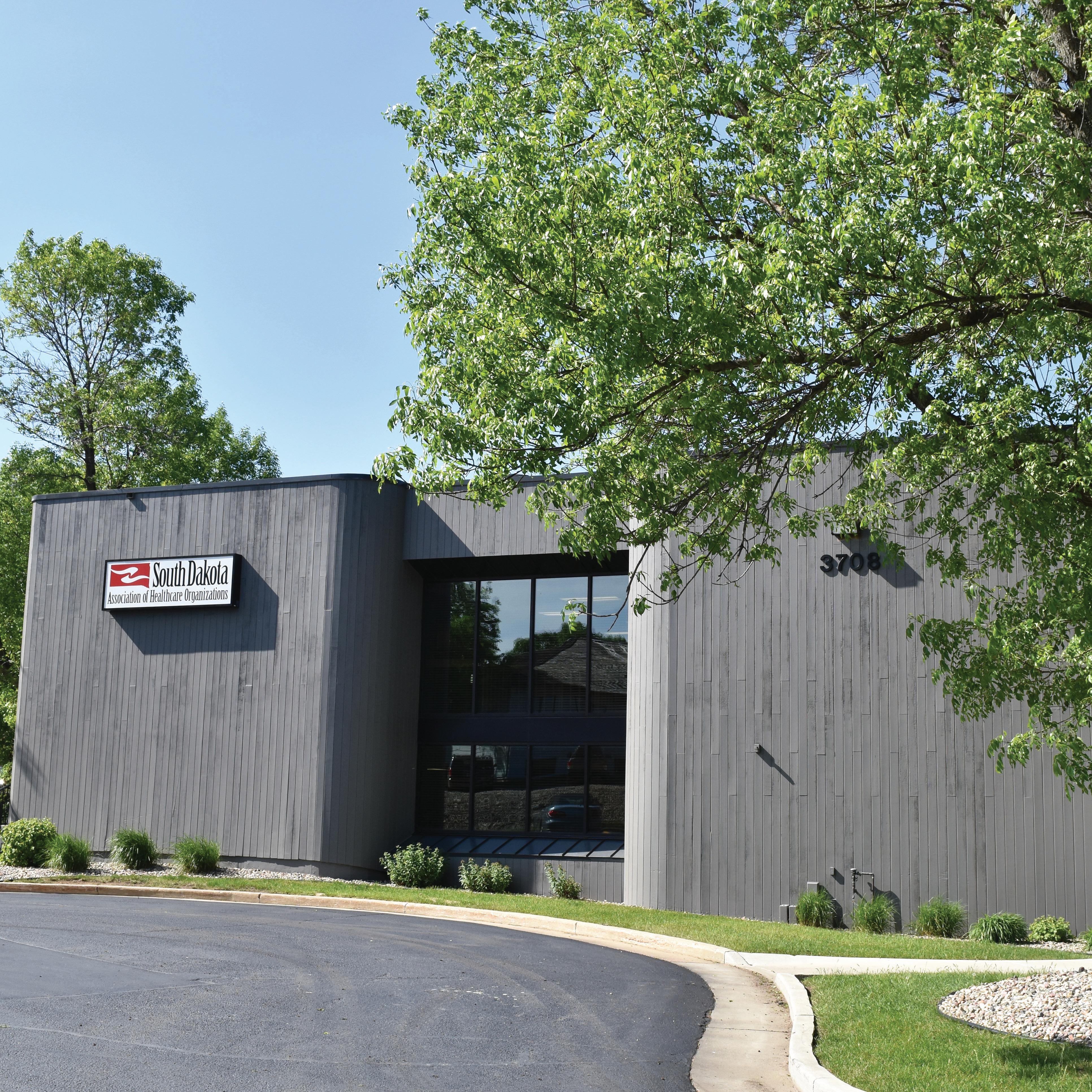
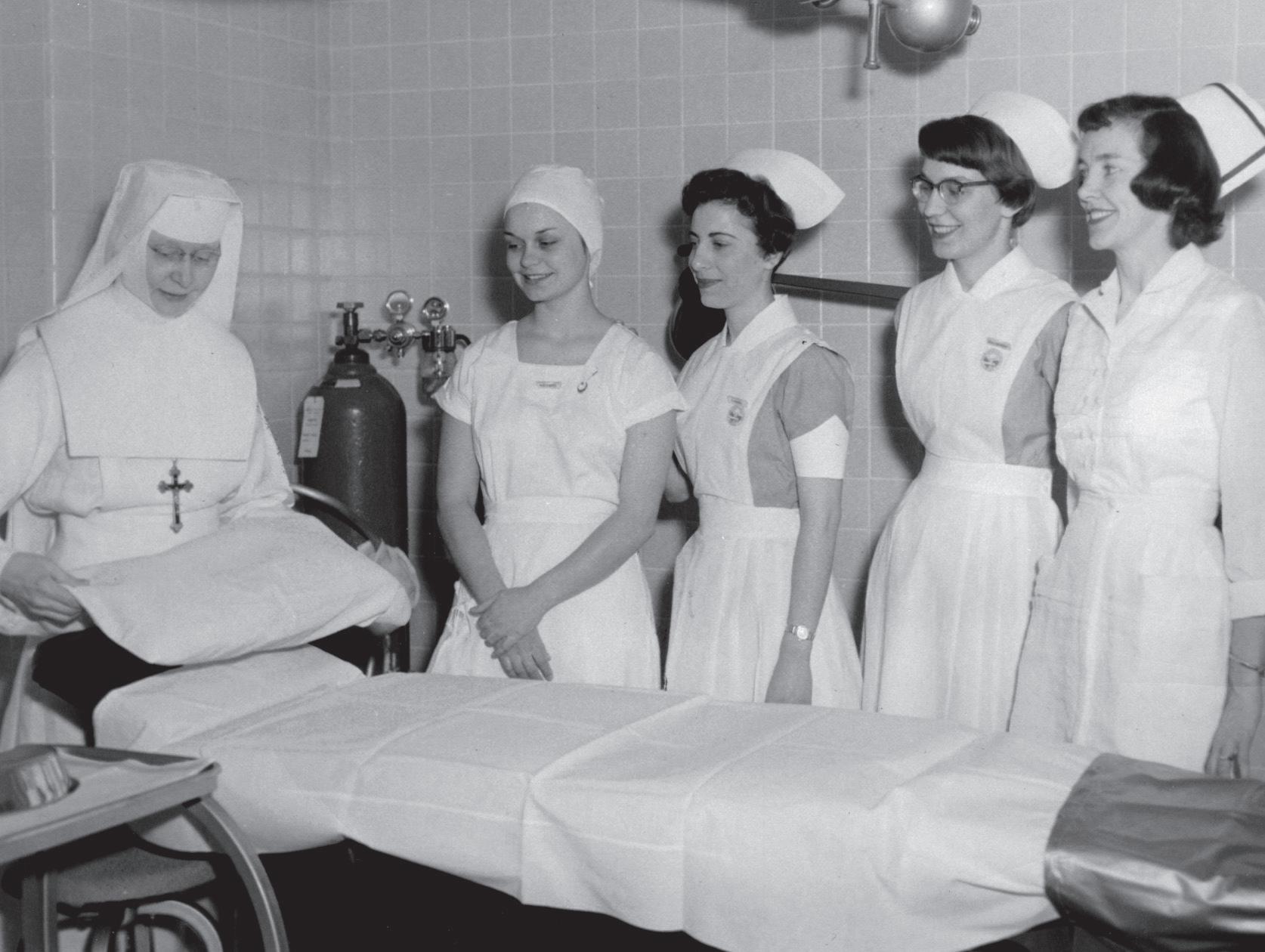
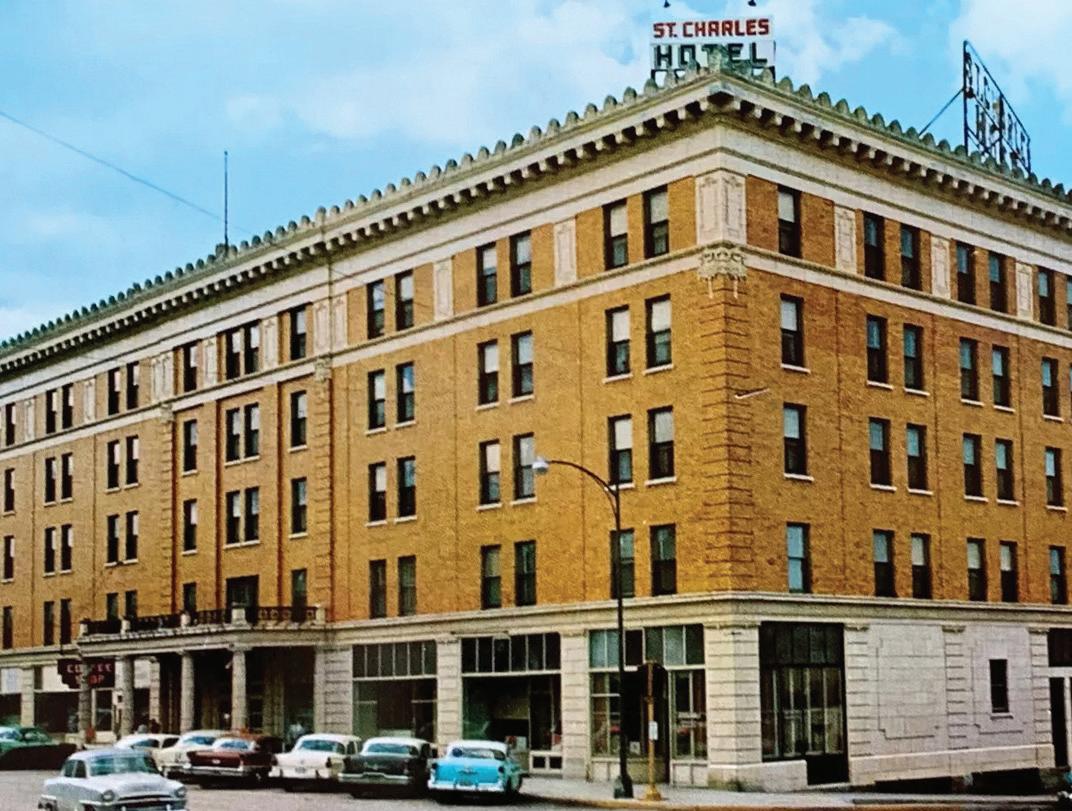
A CENTURY STRONG
HONORING OUR PAST, SHAPING OUR FUTURE

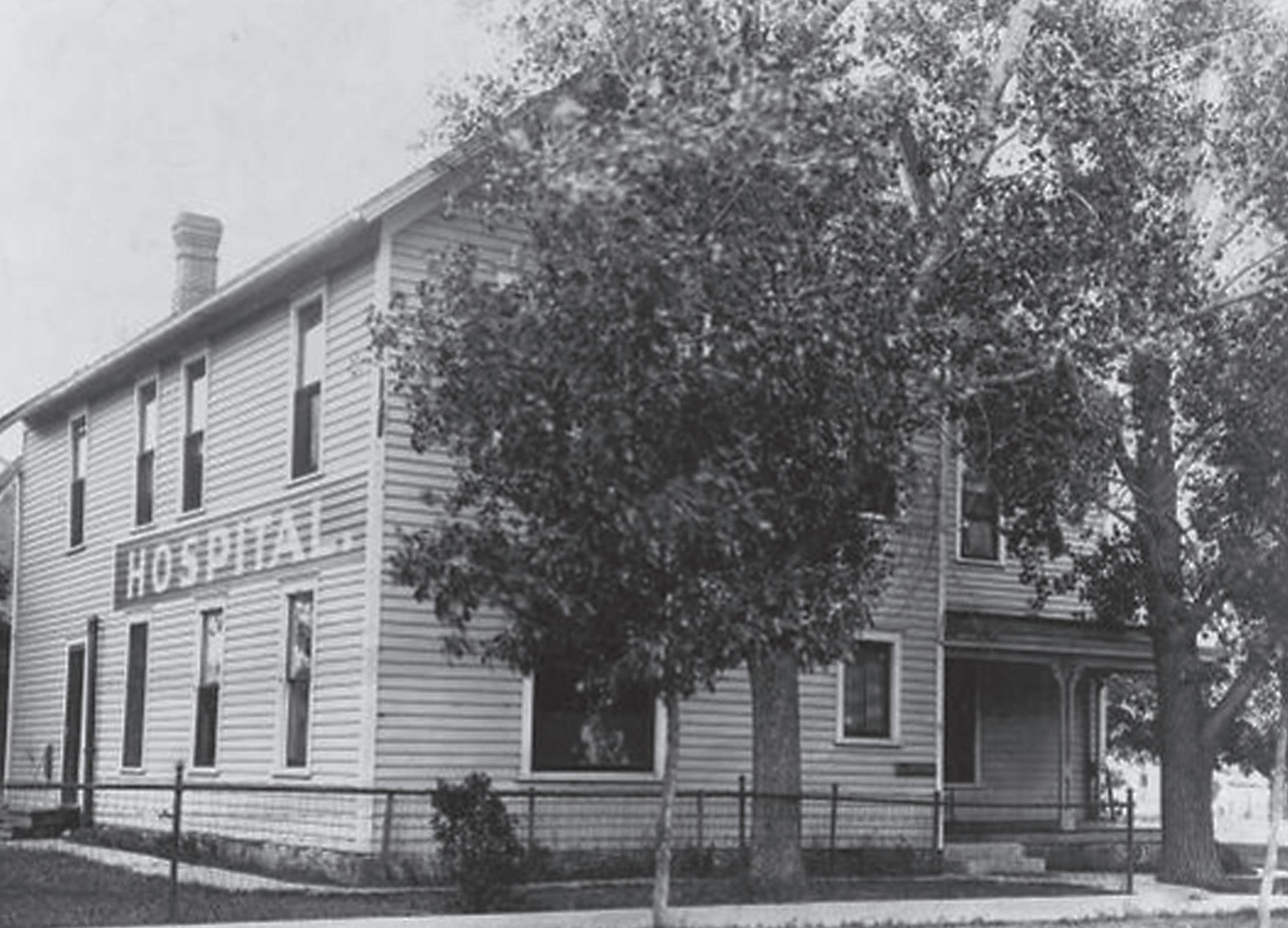
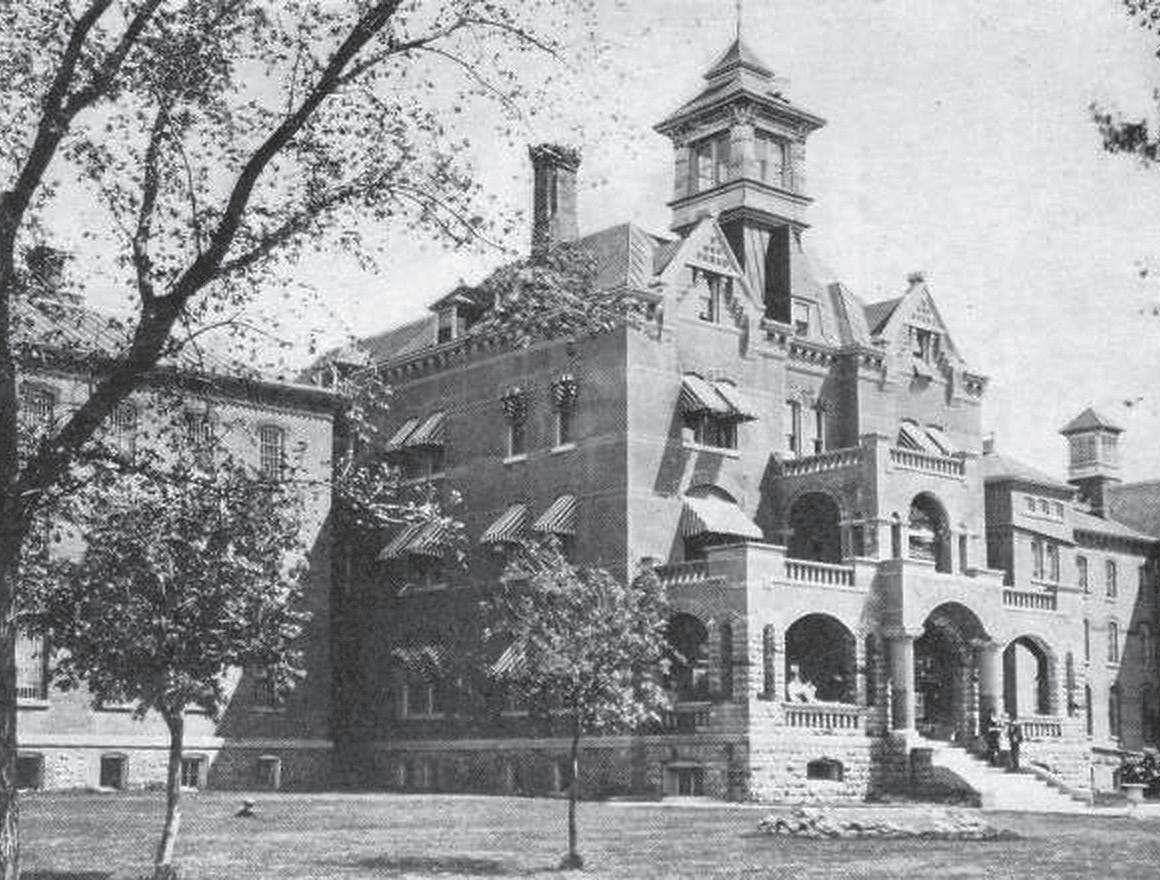


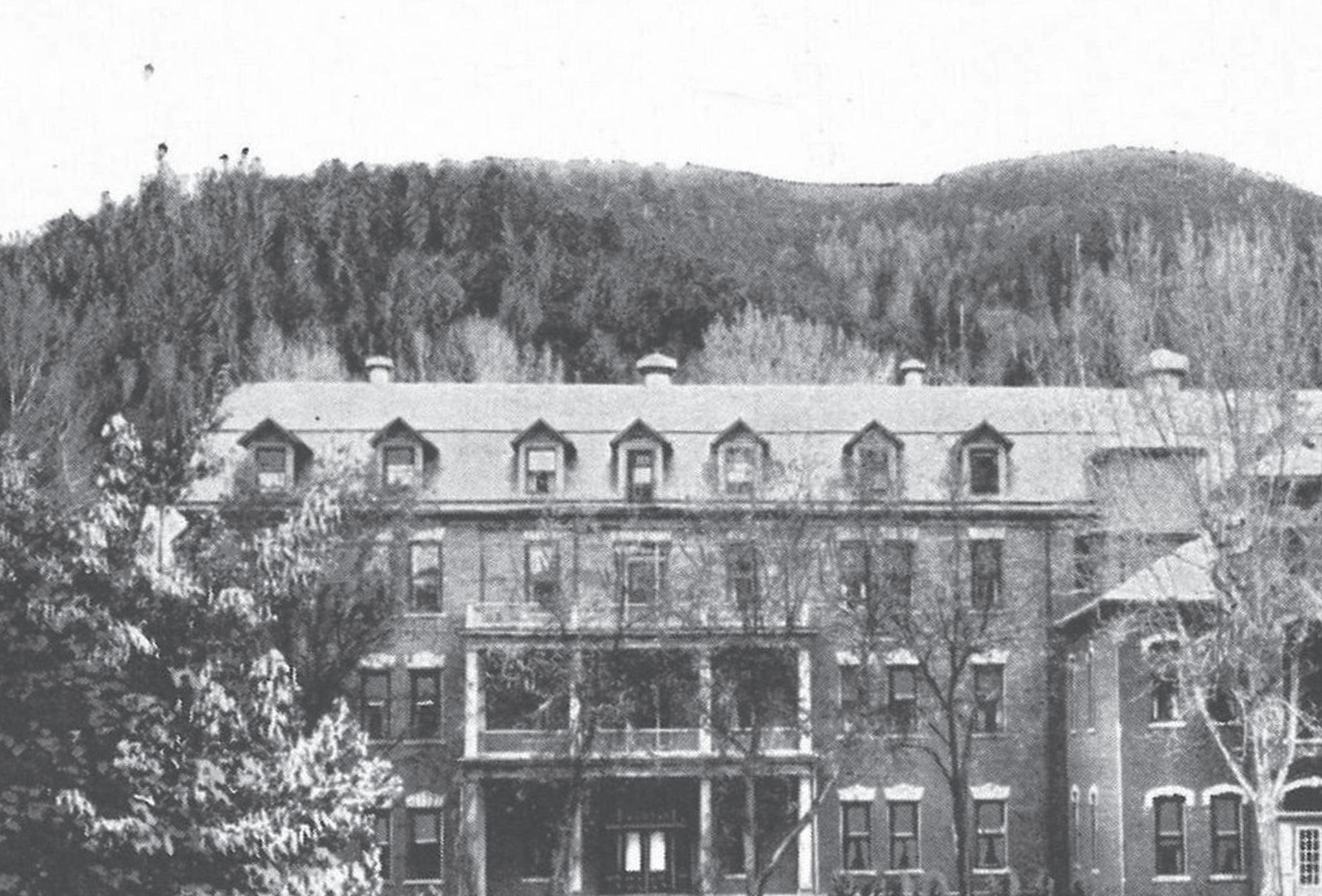




HONORING OUR PAST, SHAPING OUR FUTURE






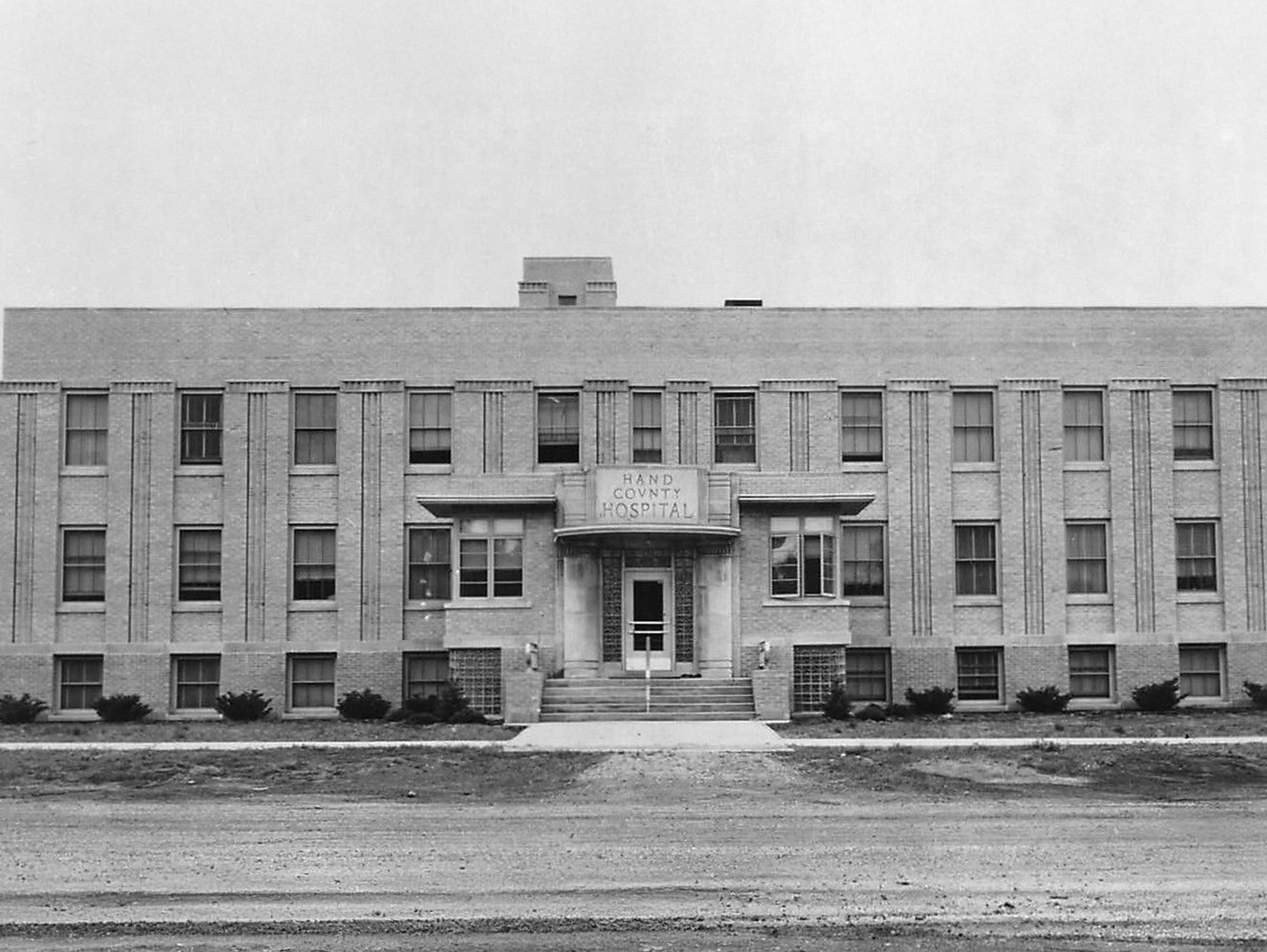
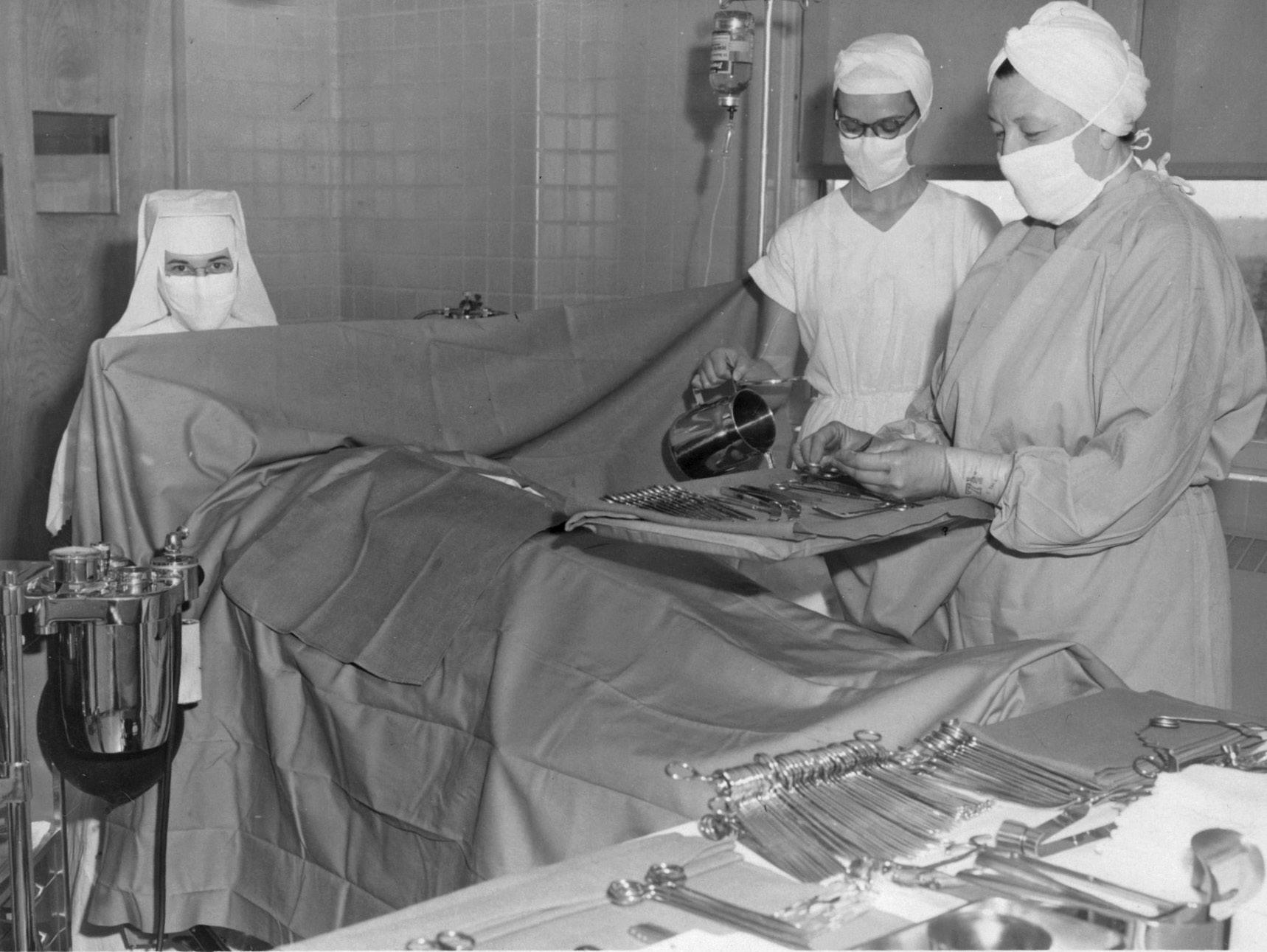
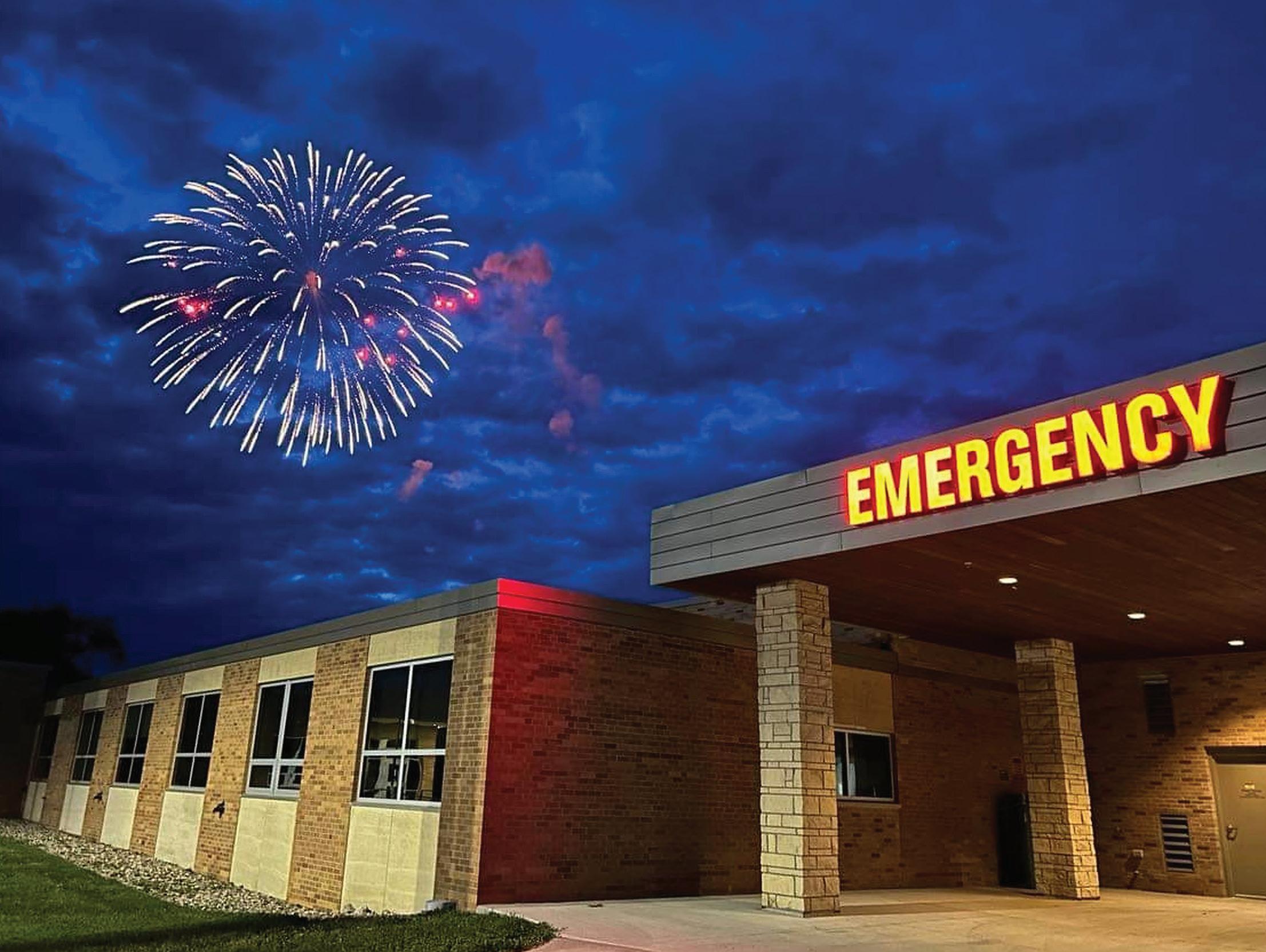
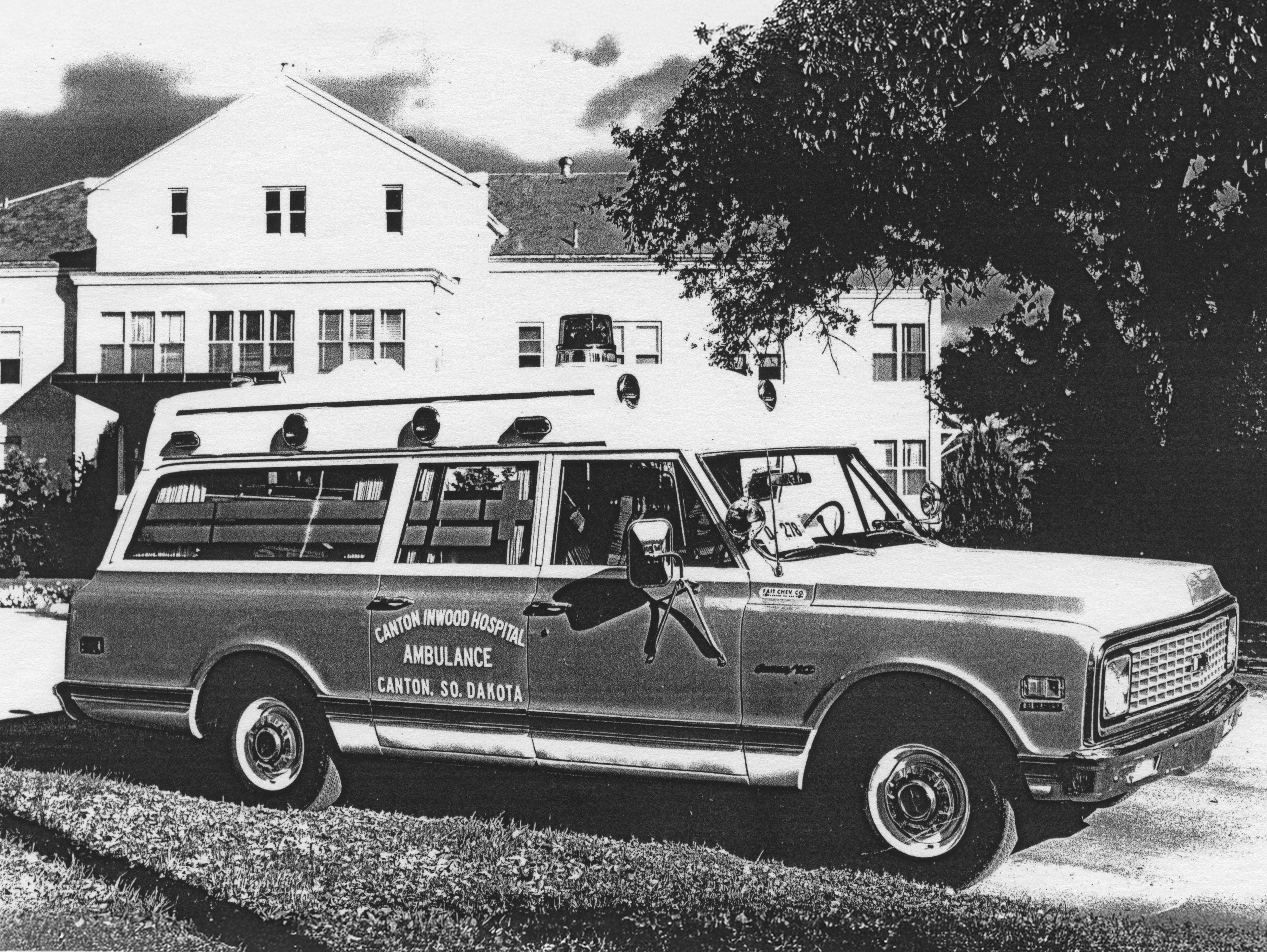
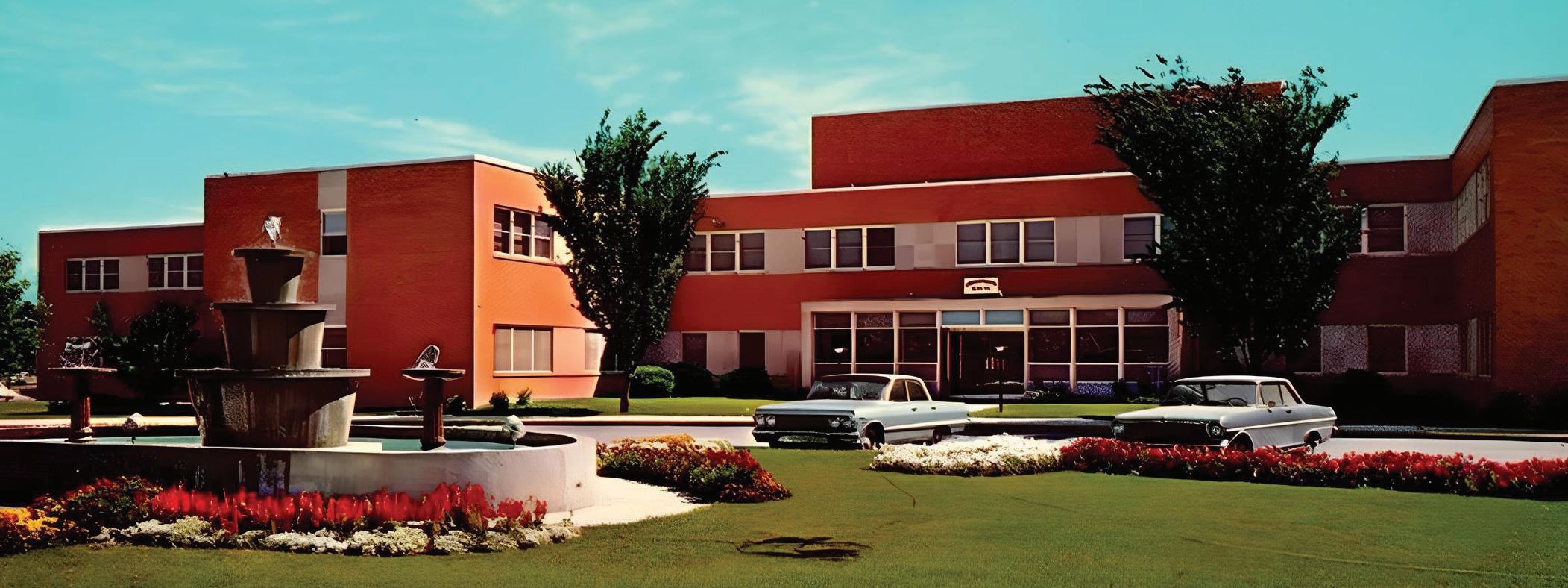
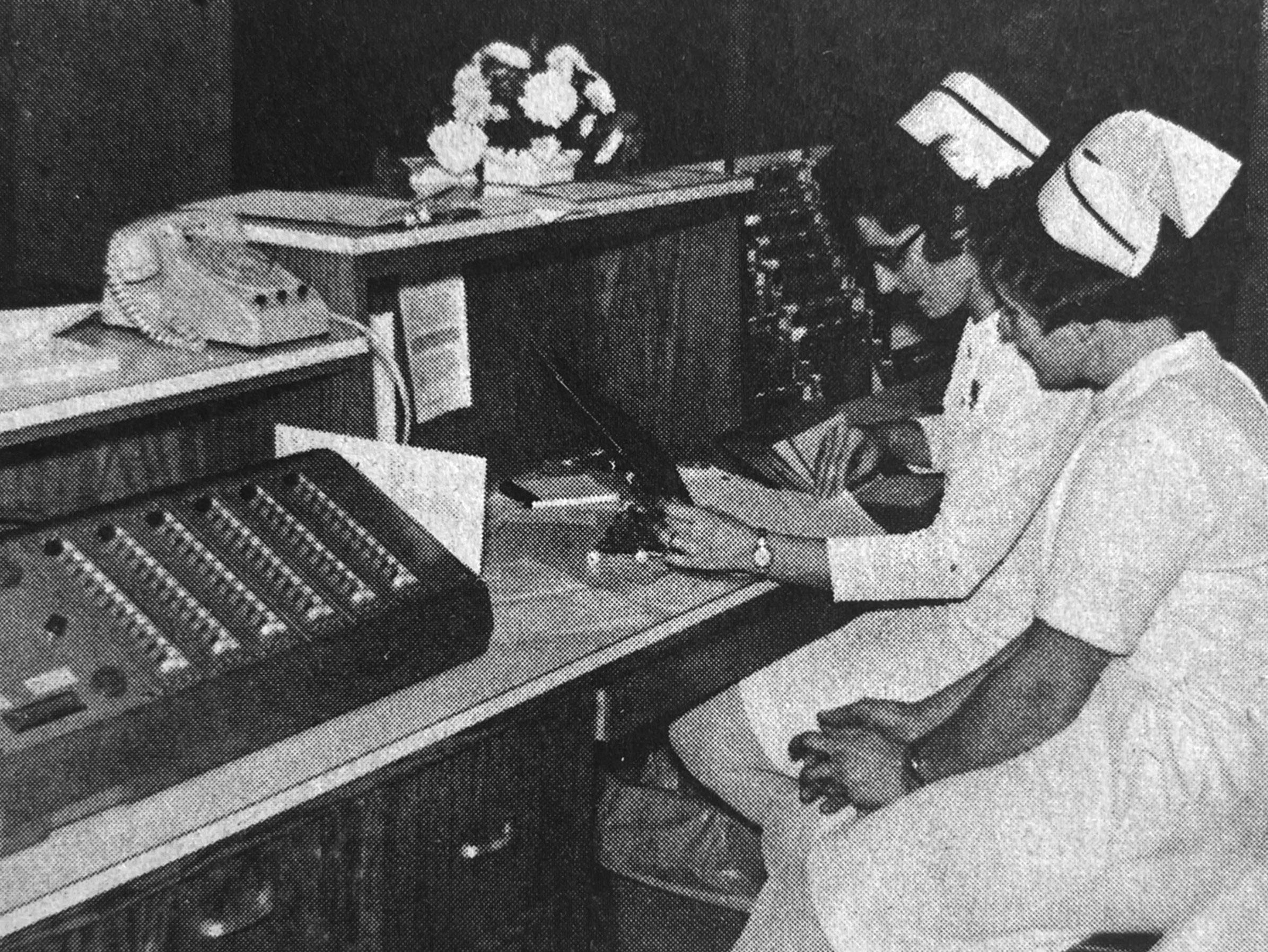
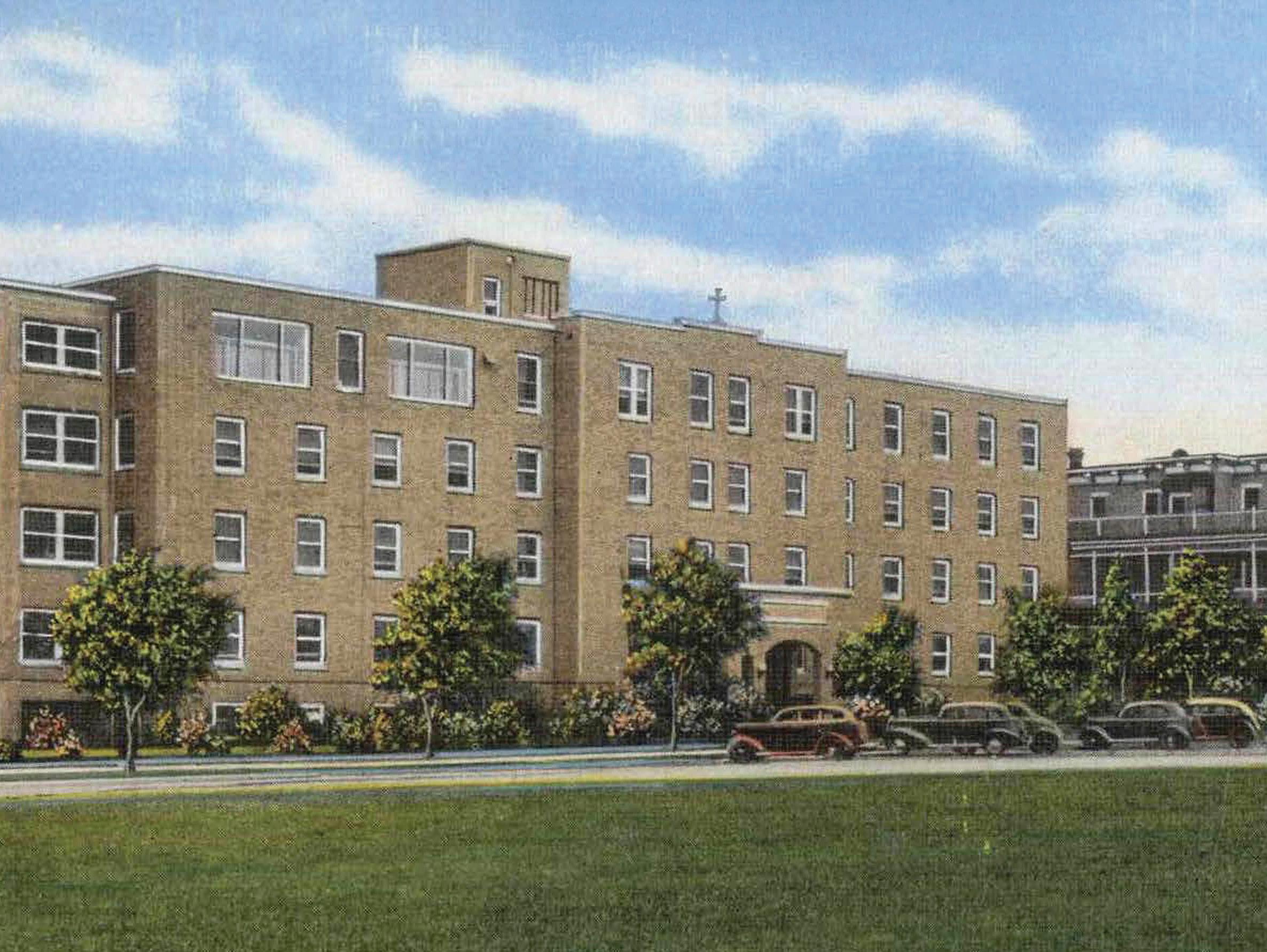
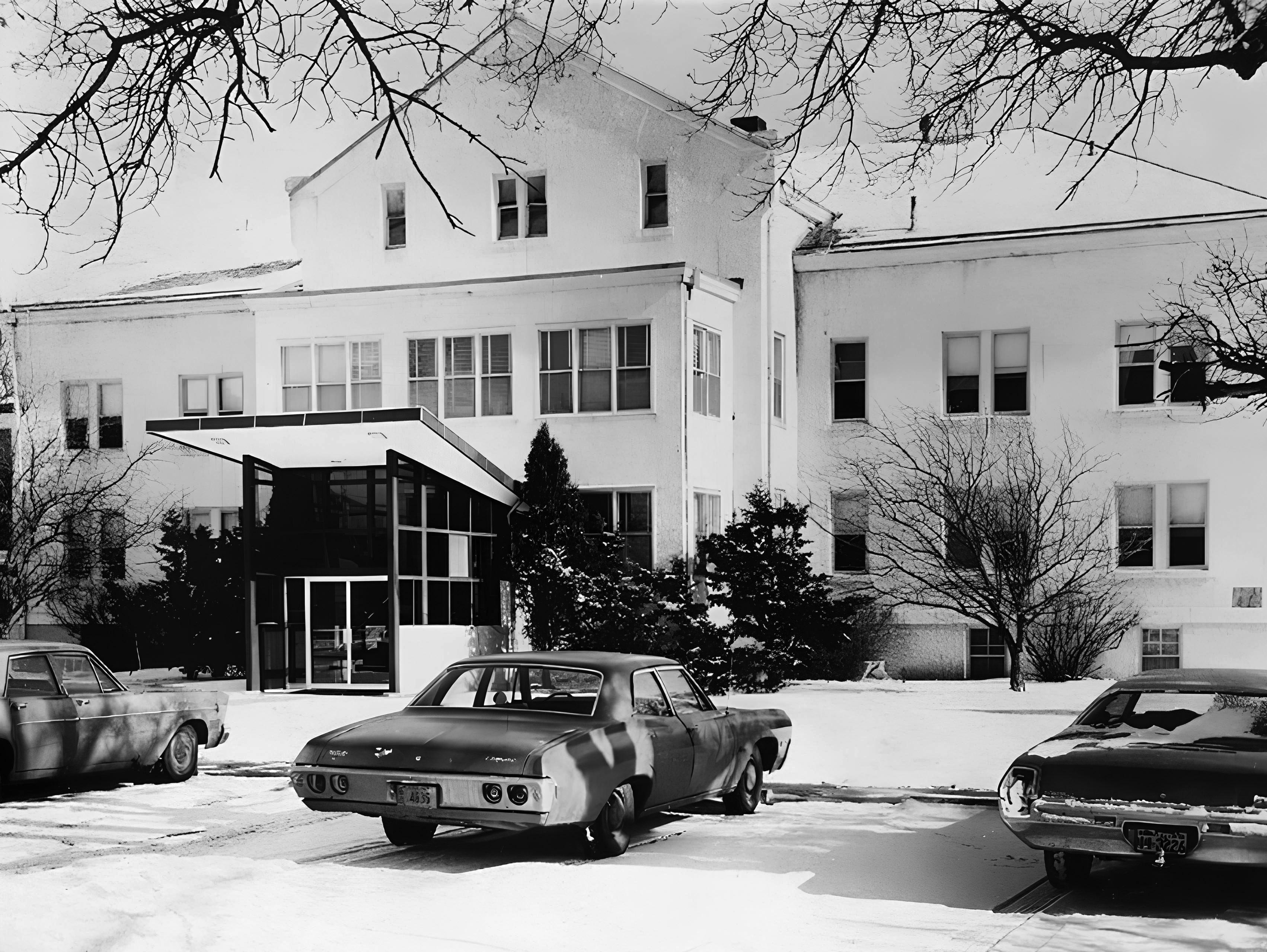
HONORING OUR PAST, SHAPING OUR FUTURE
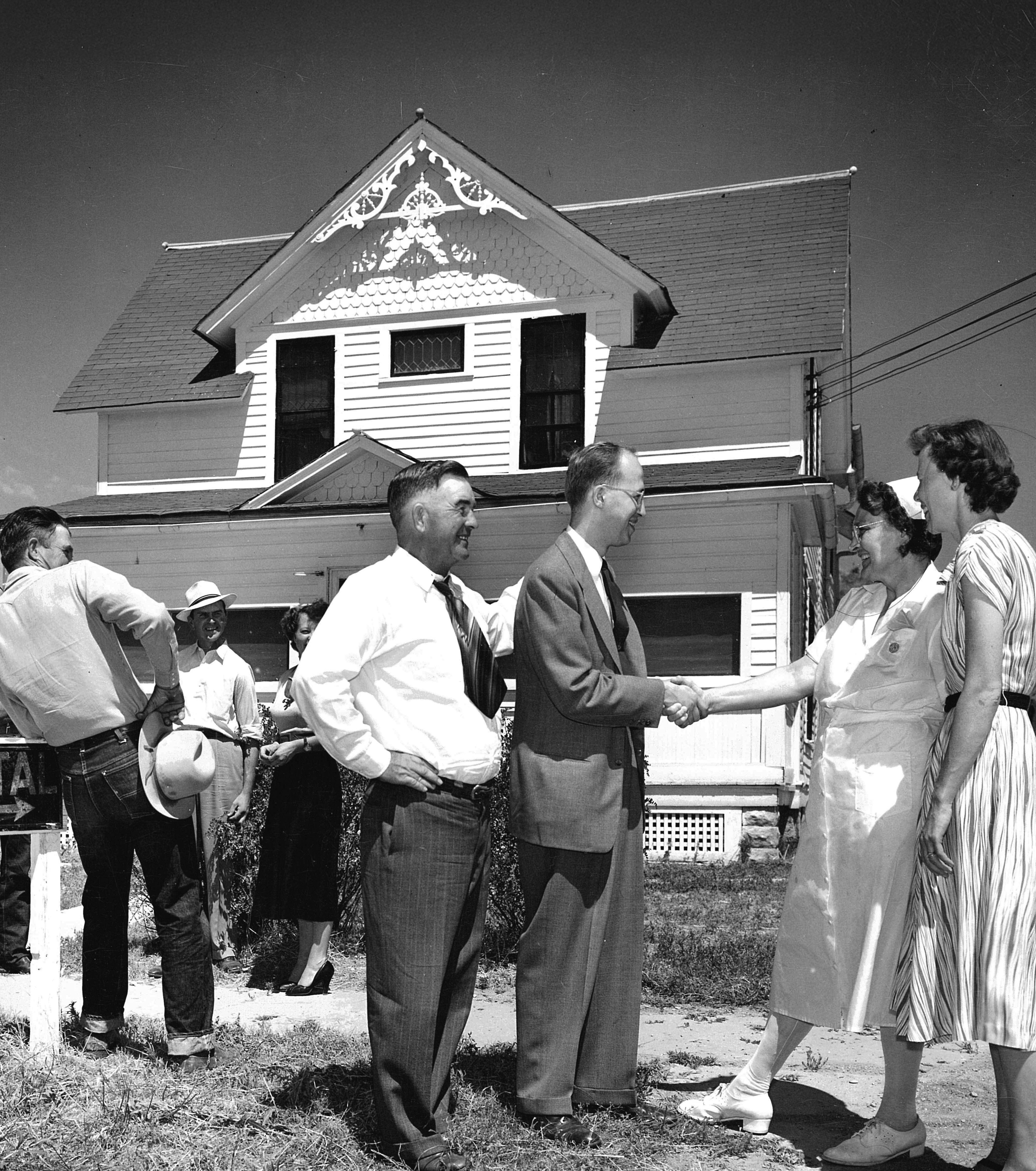
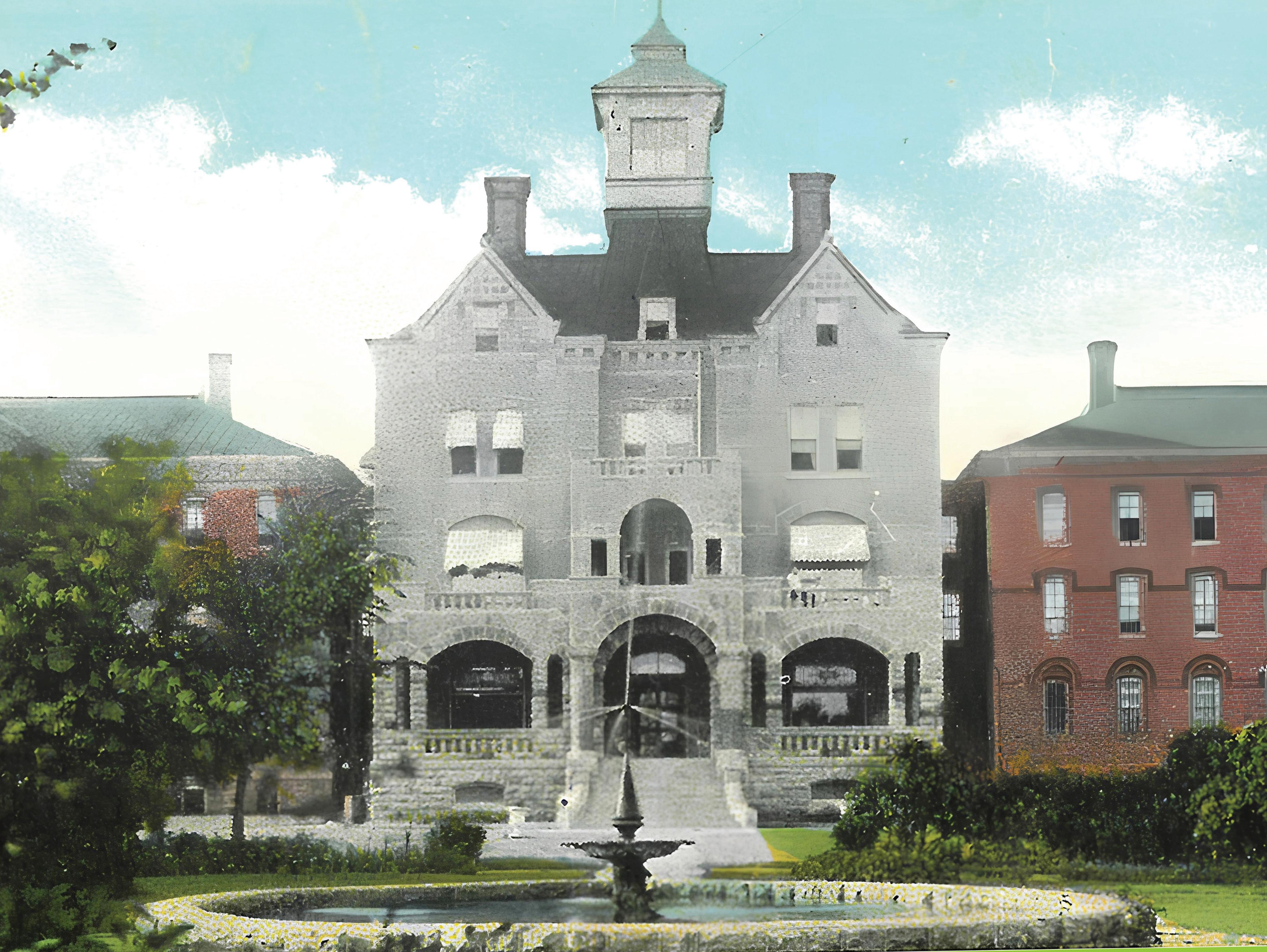
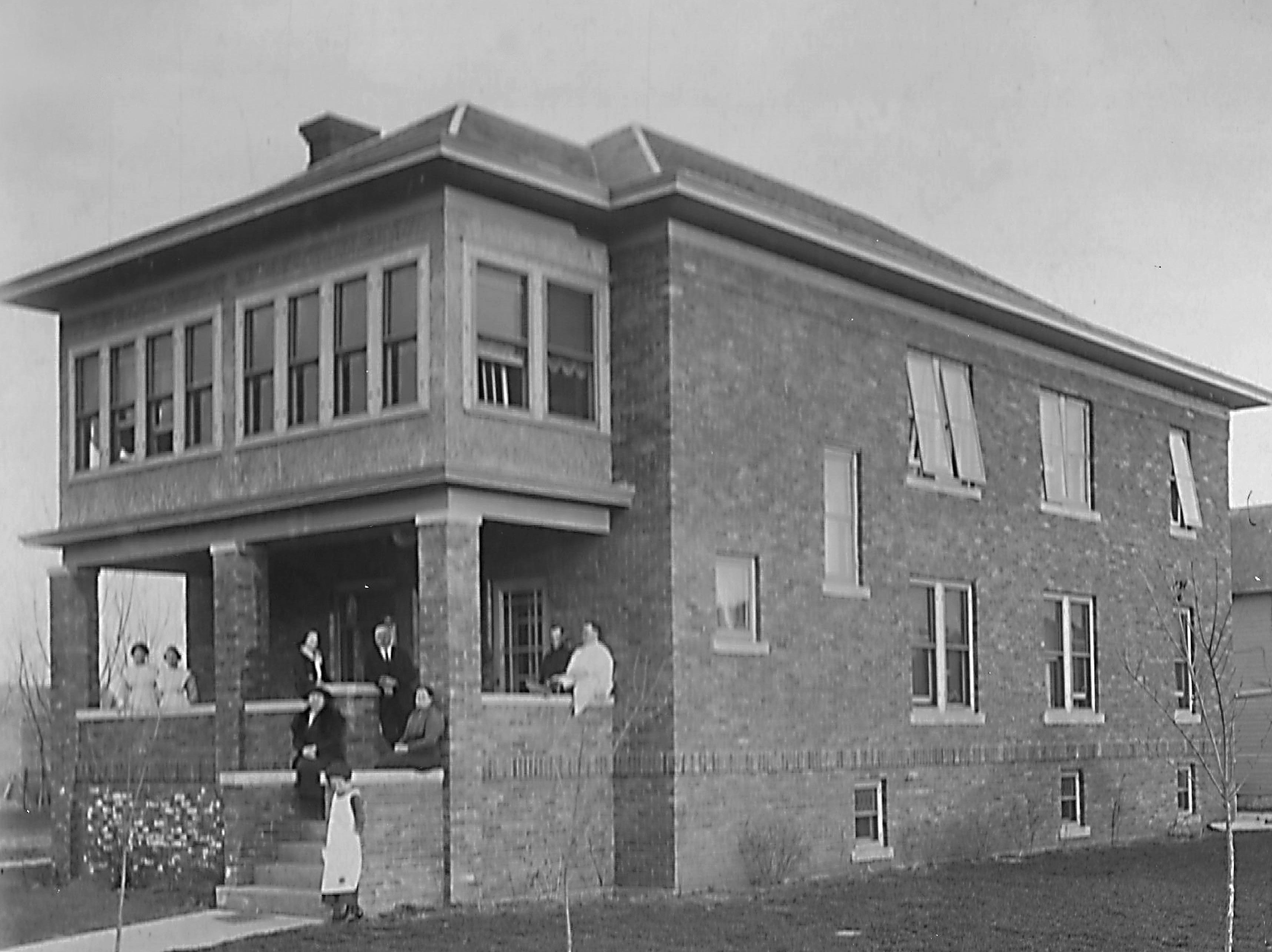
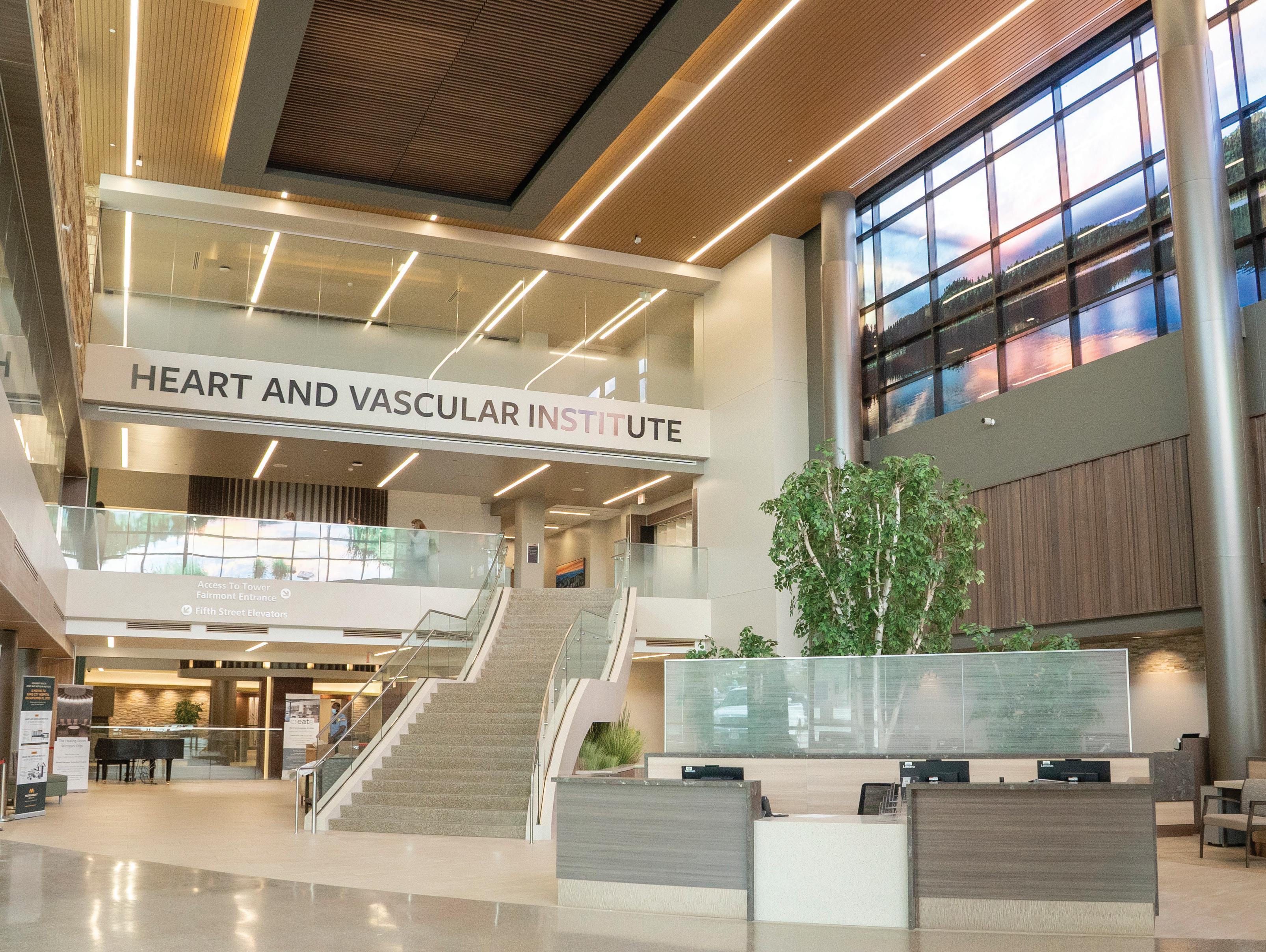
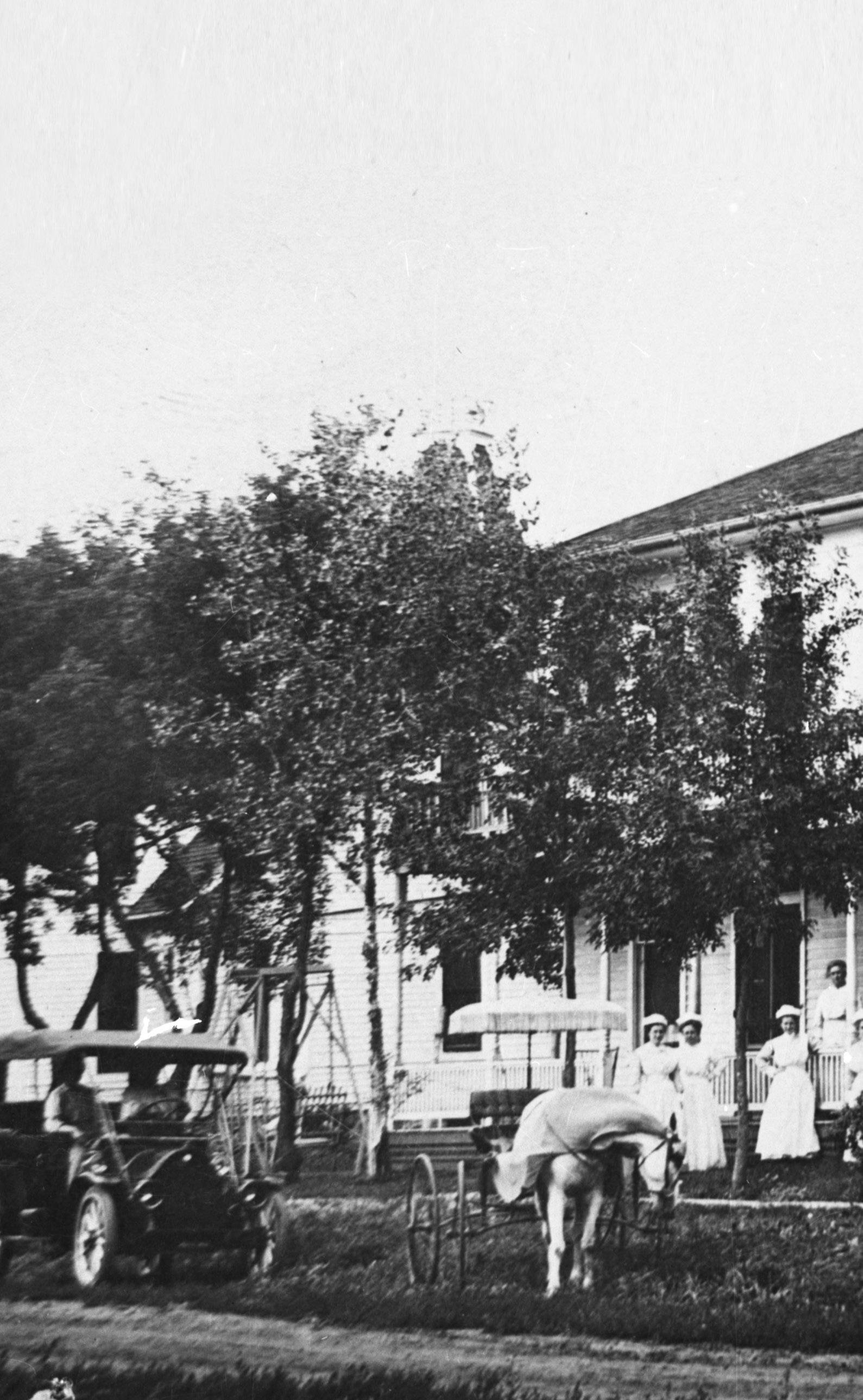
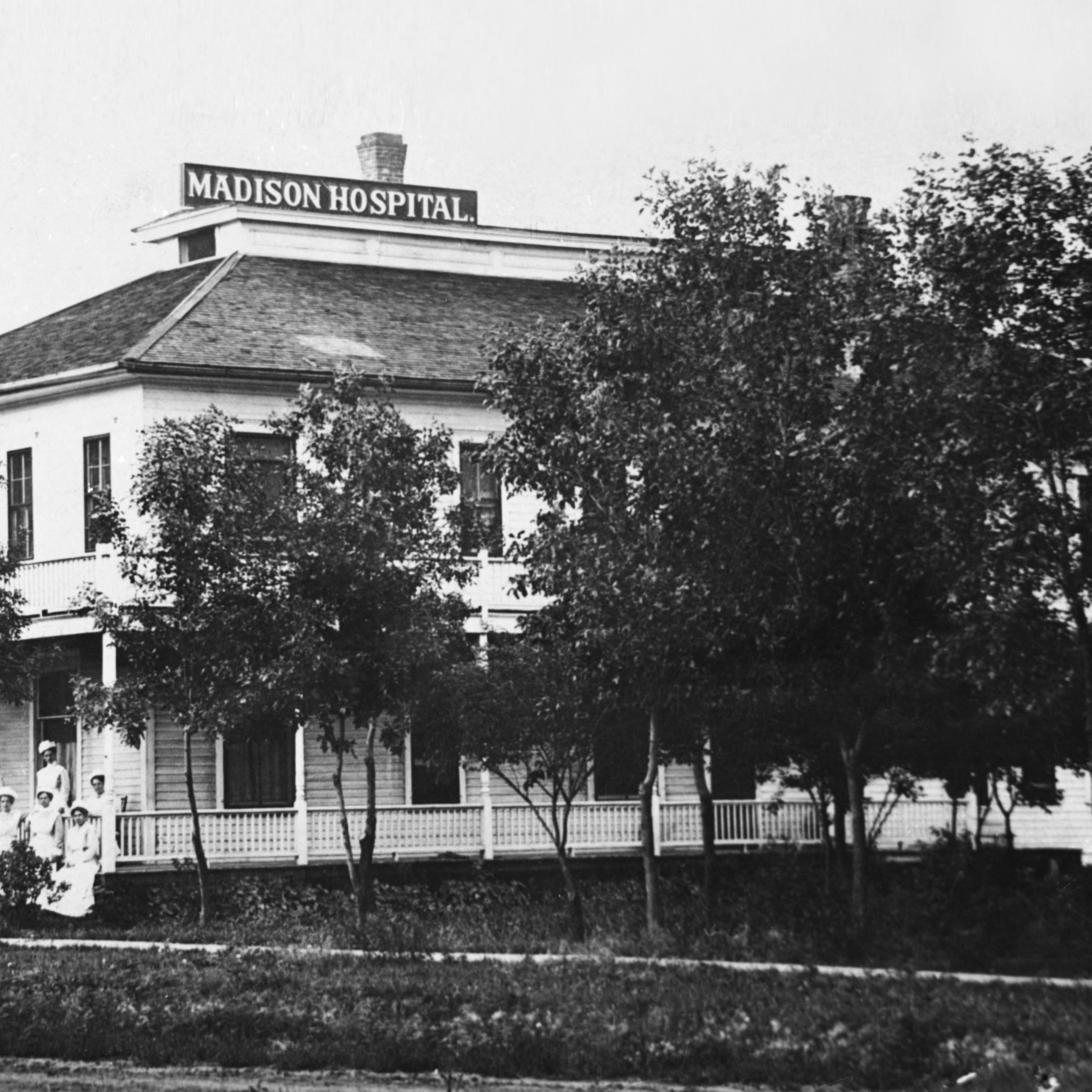
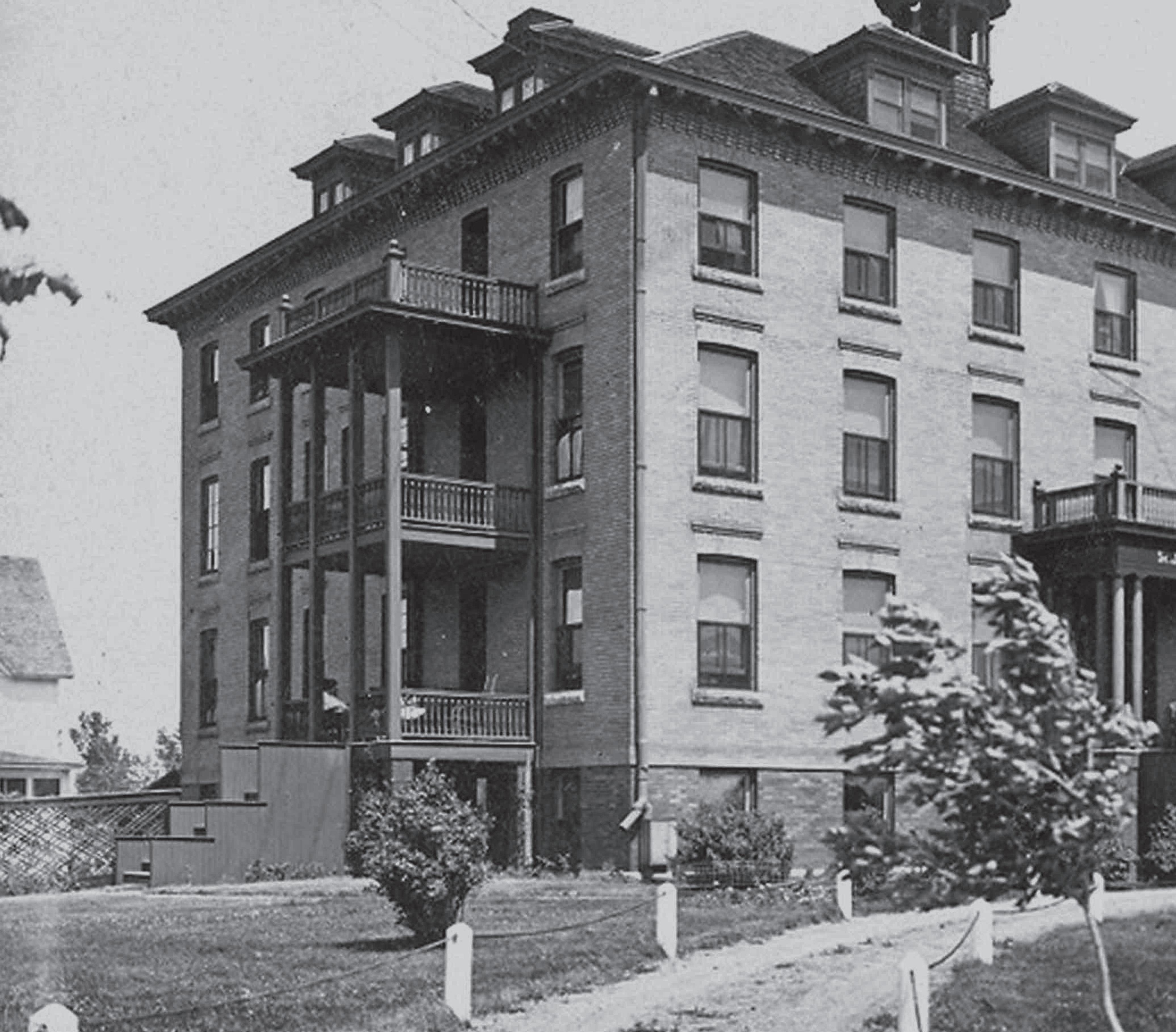
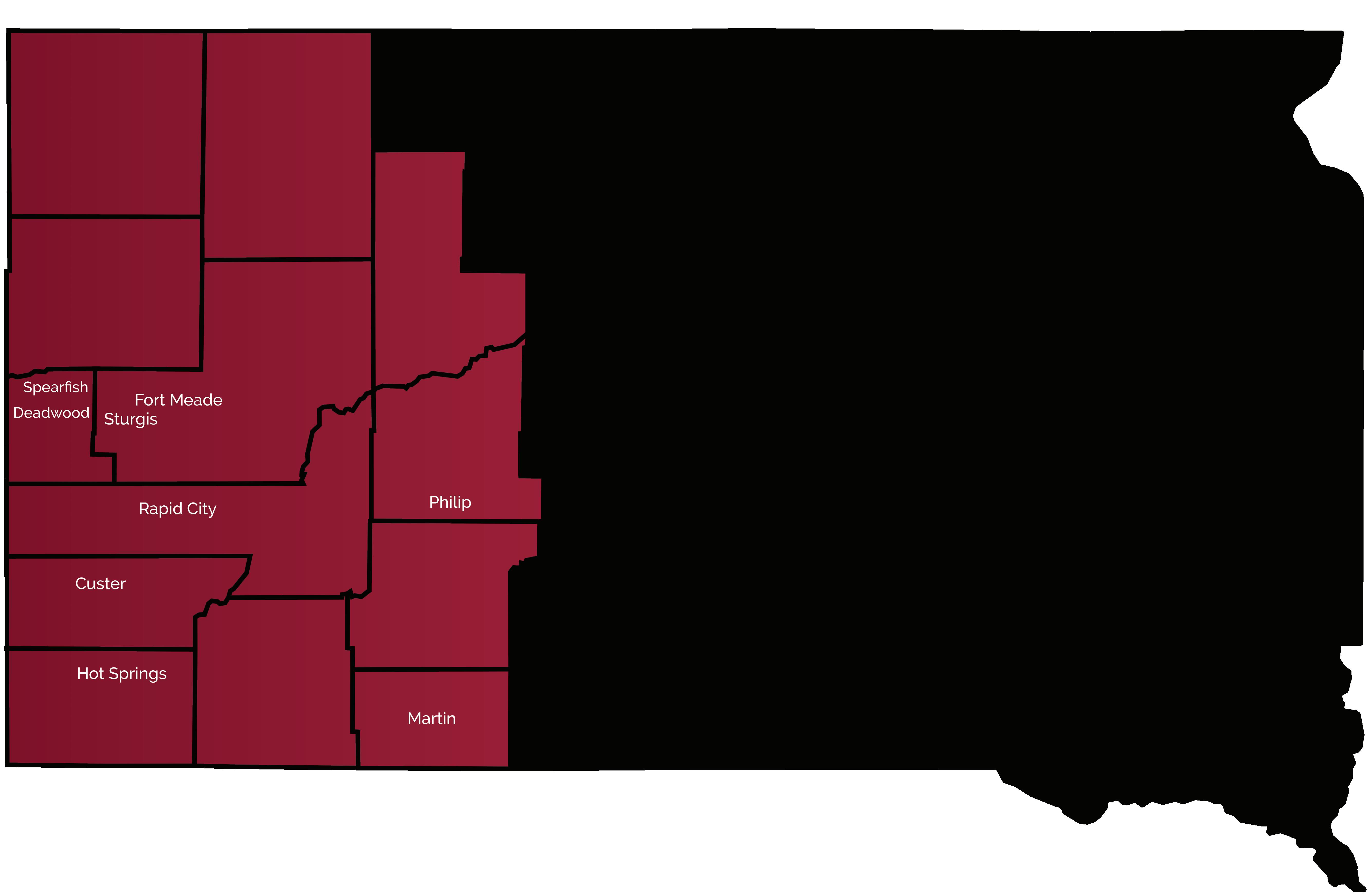
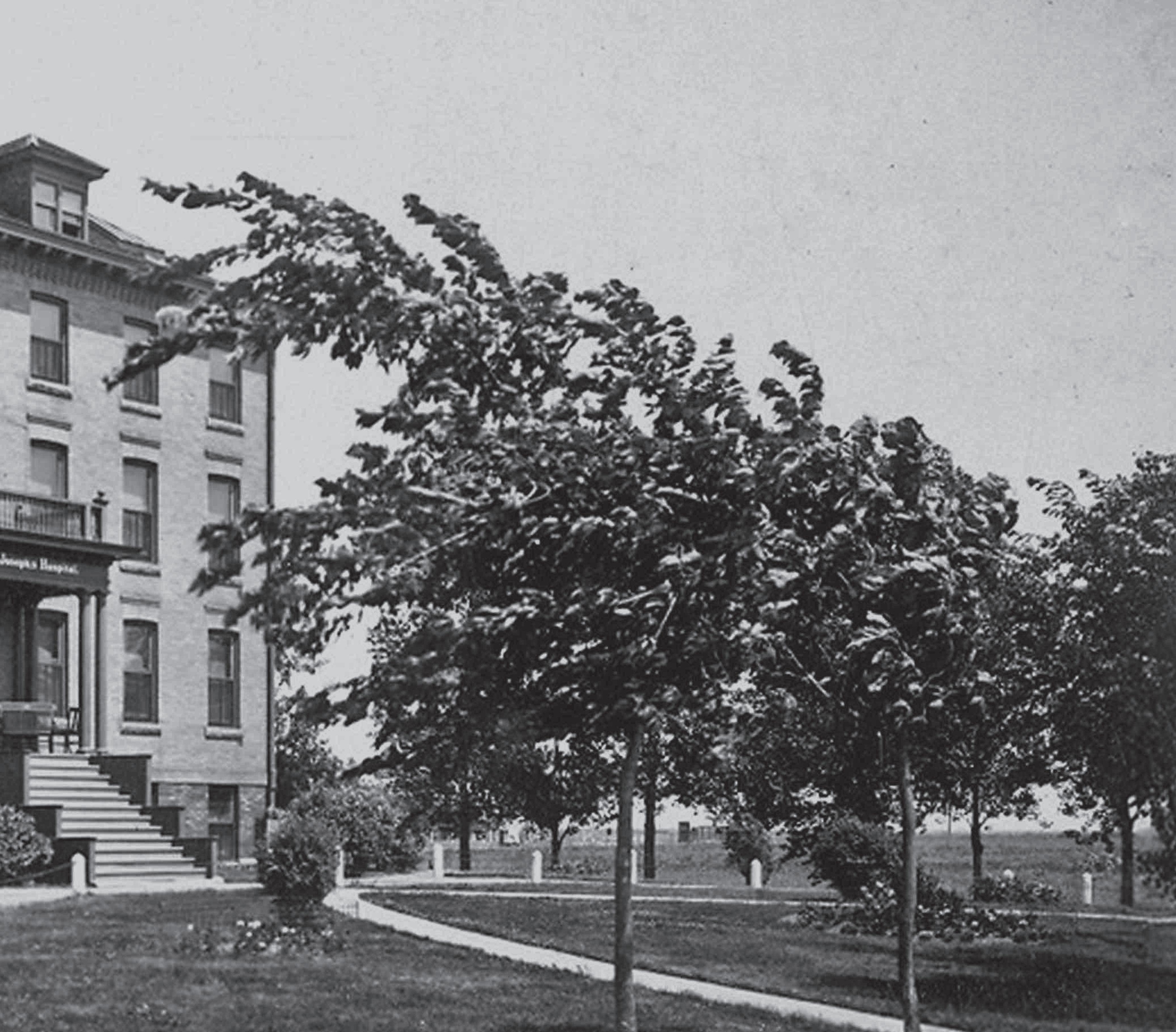
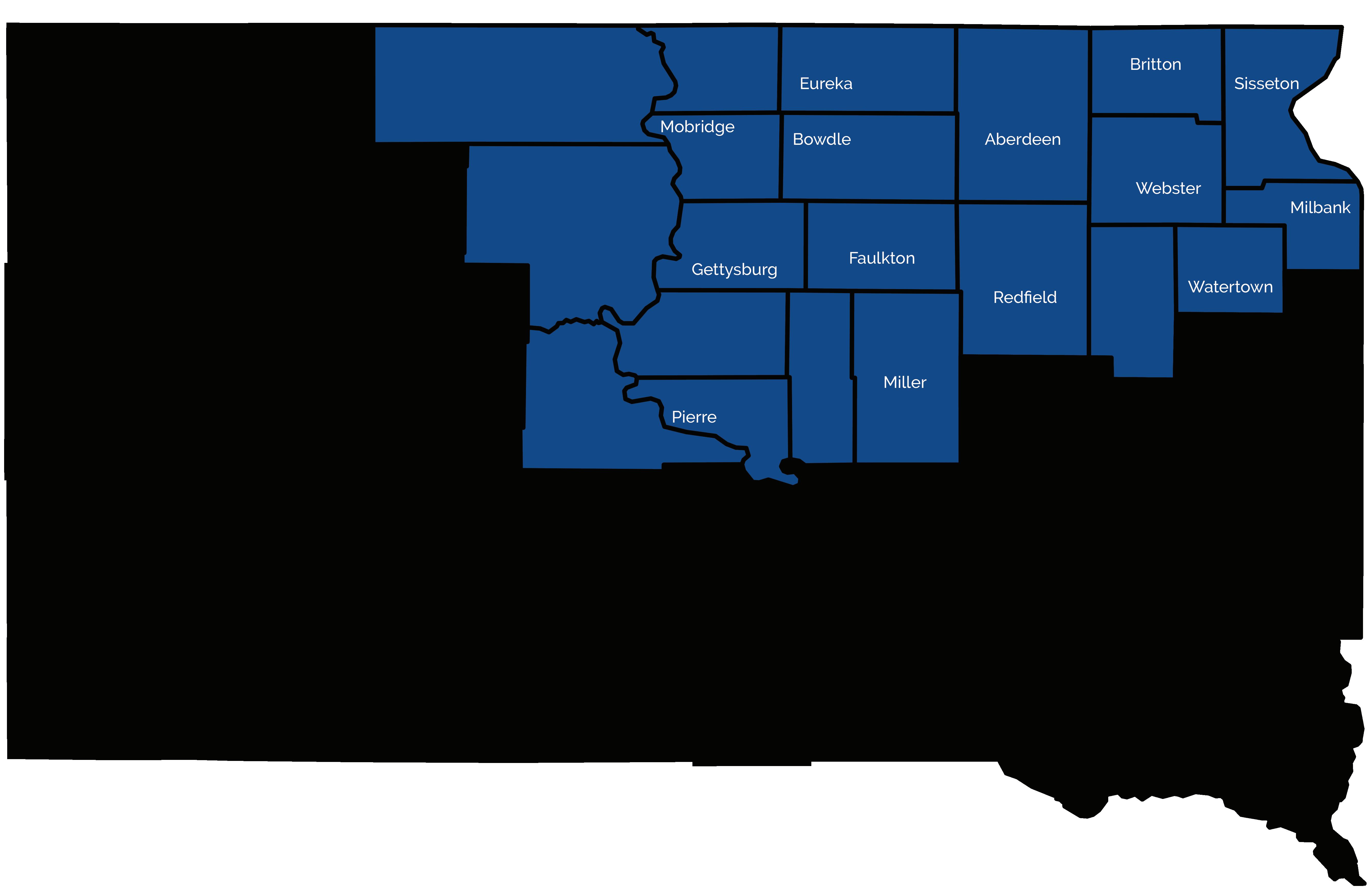
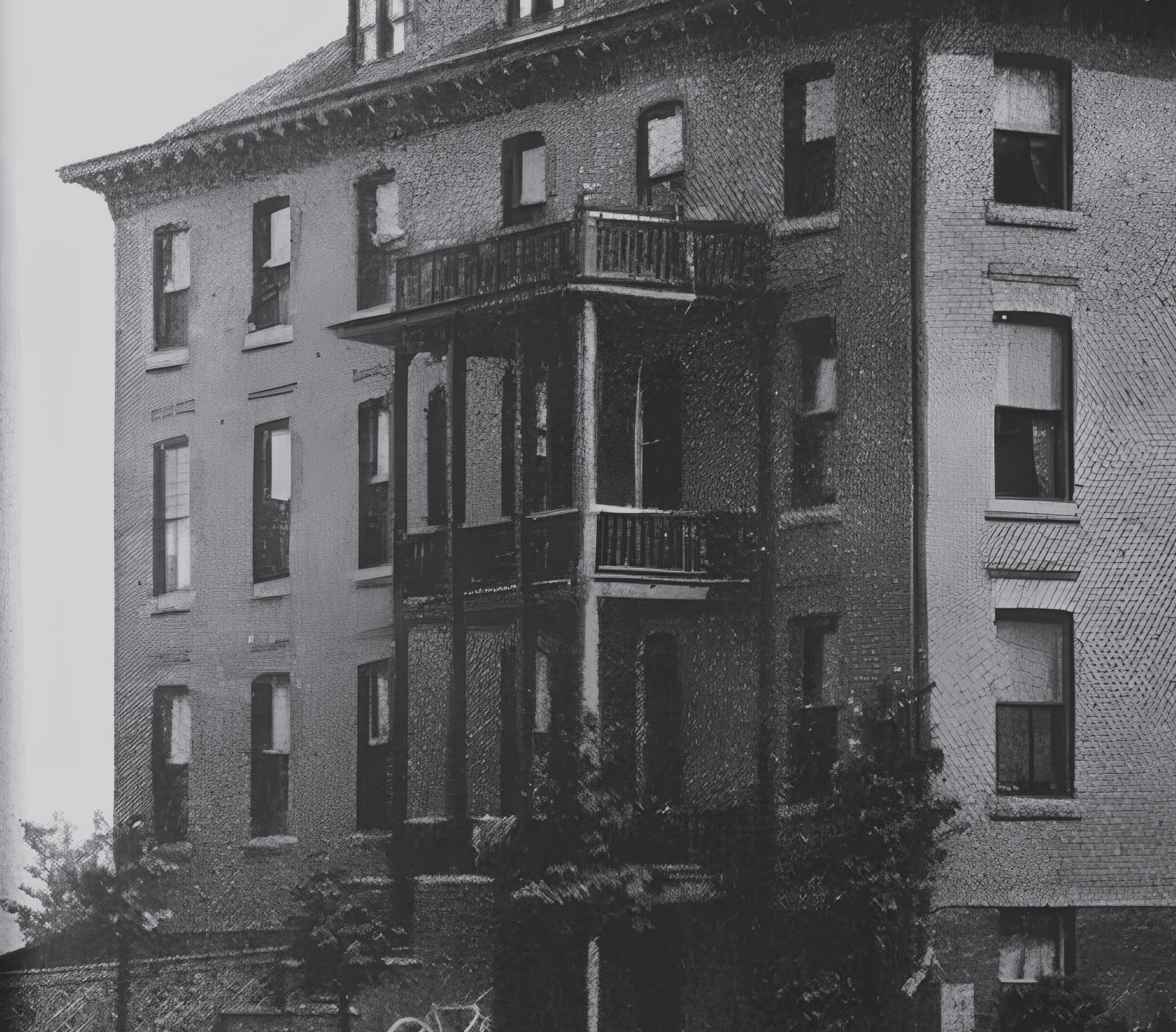

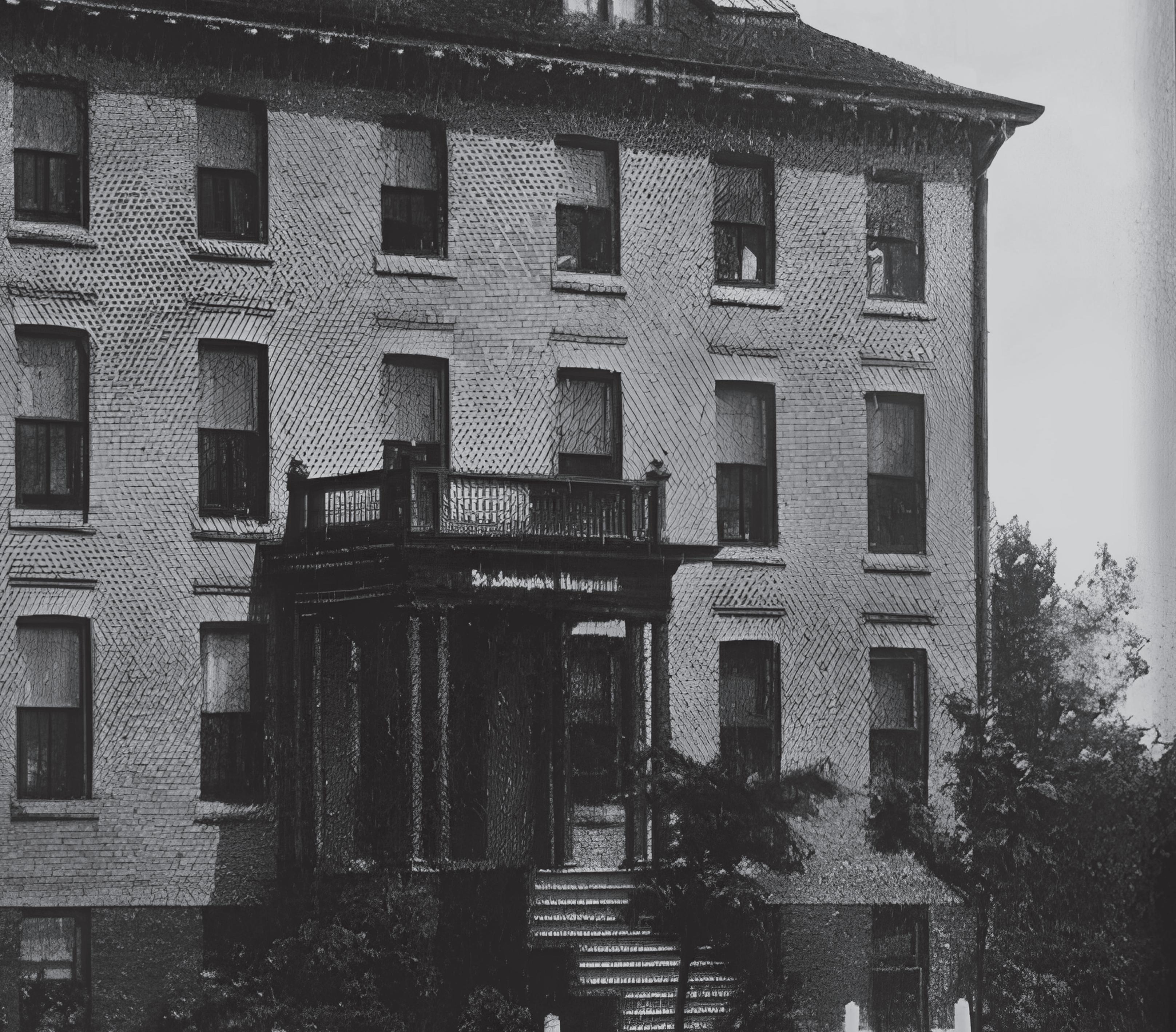
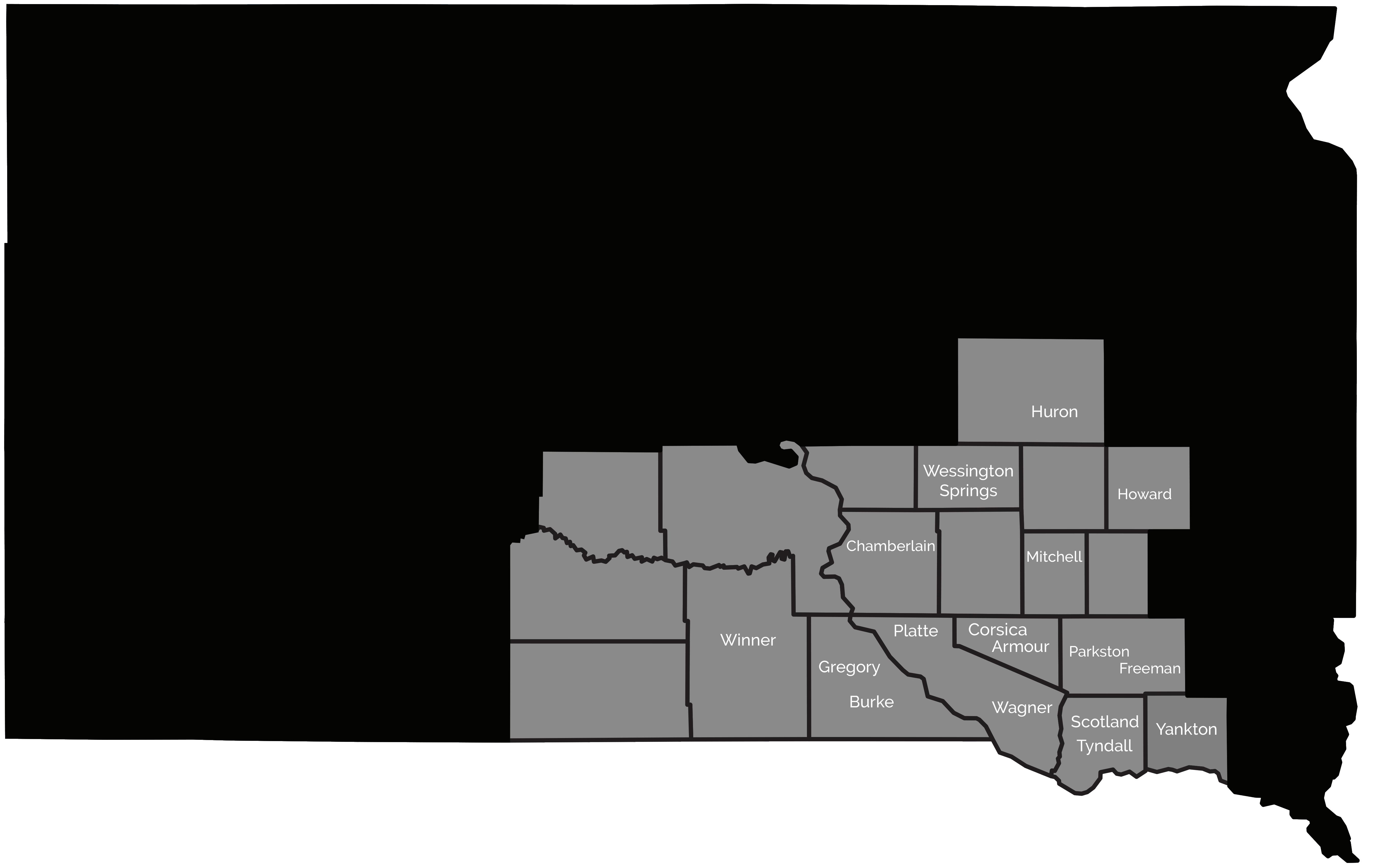
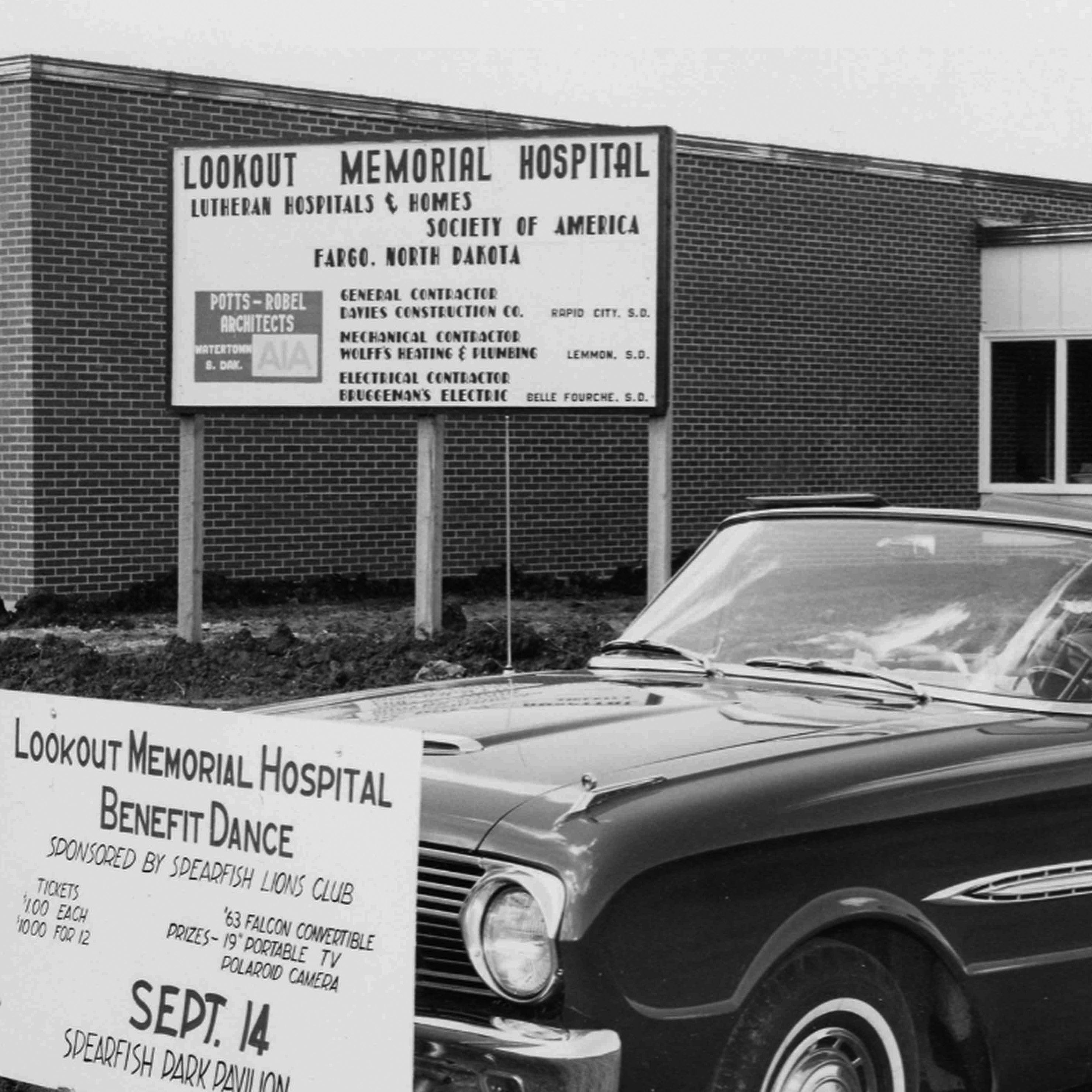
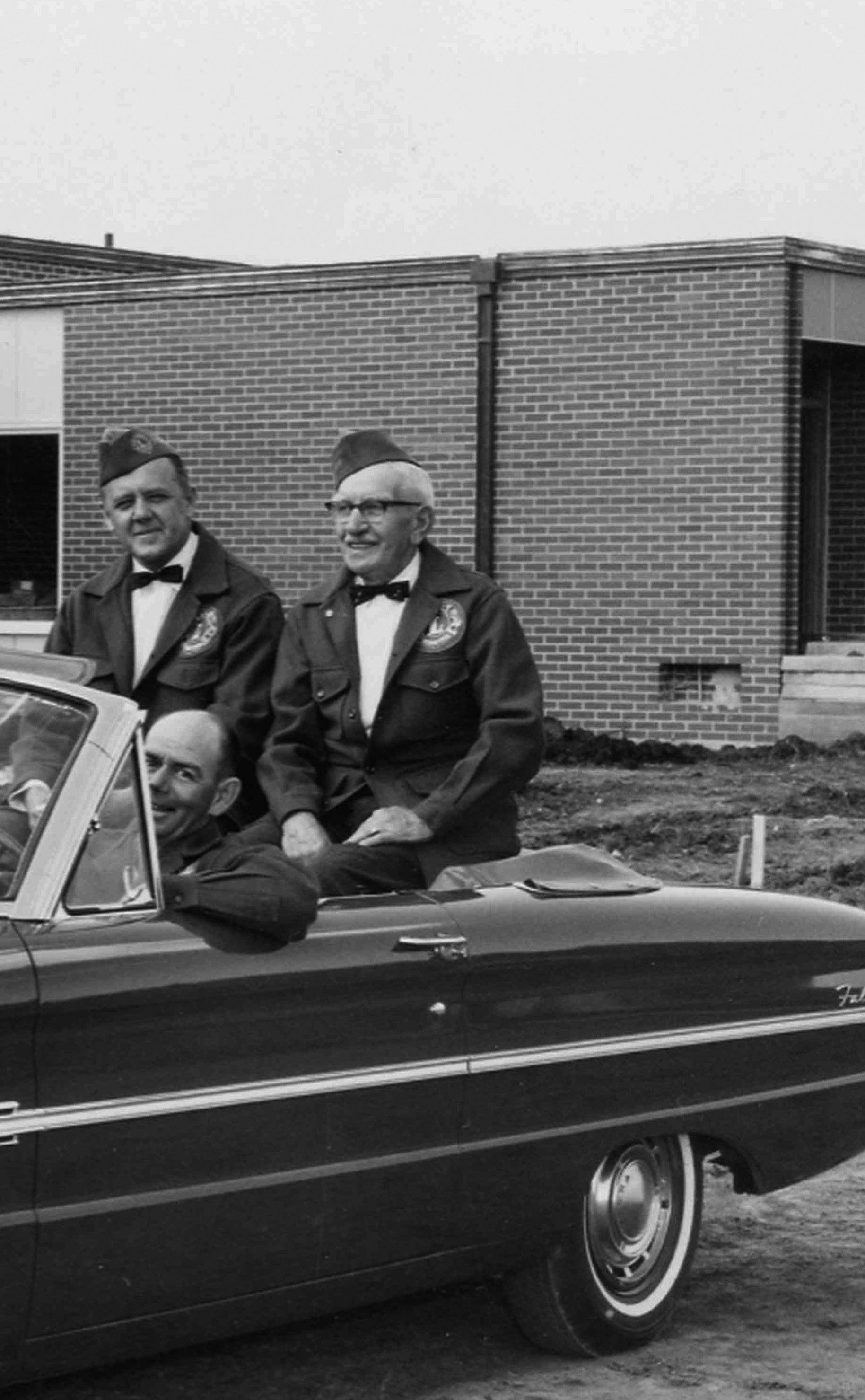
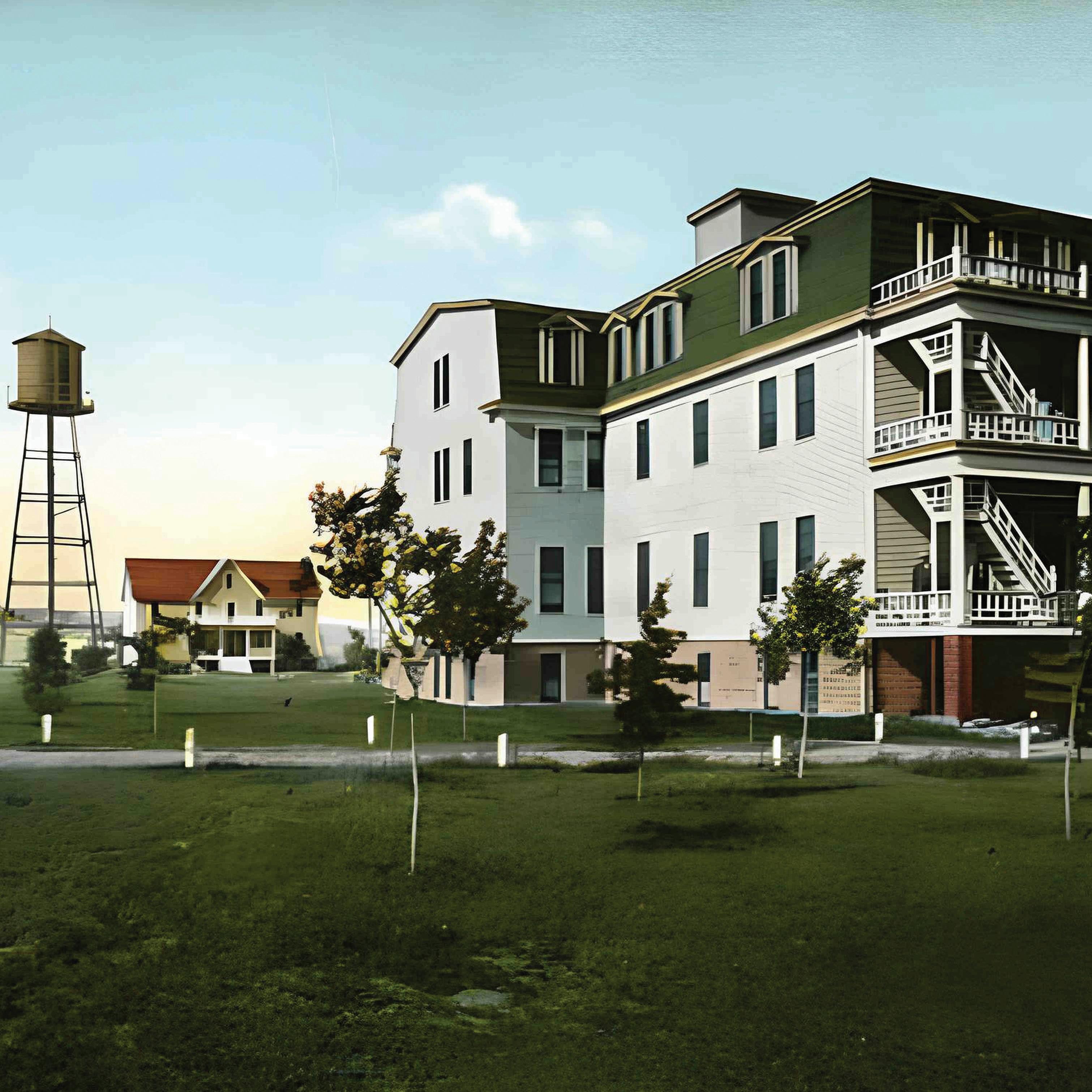
South Dakota’s non-profit hospitals stand as enduring pillars of care, compassion and community. For over a century, these institutions have been more than just places of healing—they have been the heartbeats of towns and cities, the lifelines for families and the embodiment of a mission to serve others without expectation of profit. This coffee table book is a tribute to their remarkable history, their unwavering dedication and the countless lives they have touched. n The story of non-profit hospitals in South Dakota is one of resilience and innovation. From humble beginnings in the late 19th and early 20th centuries, when health care was often rudimentary and resources were scarce, these hospitals emerged as beacons of hope. They were founded by visionary leaders, often supported by religious organizations, local communities and philanthropic individuals who believed in the power of accessible health care for all. Over time, they grew, adapted and evolved, embracing advancements in medicine and technology while never losing sight of their core mission: to serve the people of South Dakota with dignity and compassion. n This book takes you on a journey through time, exploring the origins, challenges and triumphs of each non-profit hospital in the state. Through vivid photographs and engaging narratives, you’ll discover the unique stories behind these institutions—from the small rural hospitals that became the backbone of their communities to the larger regional medical centers that have set standards for excellence in care. Through short stories, alongside photos of yesterday and today, you’ll see how these hospitals have shaped the landscape of health care in South Dakota. n But this book is more than a historical record. It is a celebration of the spirit of community that has sustained these hospitals for generations. It is a reminder that health care is not just about treating illness, it is about fostering hope, building connections and improving lives. As you turn these pages, we hope you feel a sense of pride in the legacy of South Dakota’s non-profit hospitals and a deep appreciation for the role they continue to play in our lives. n We invite you to explore, reflect and be inspired by the stories within. These hospitals are not just buildings; they are living testaments to the power of compassion, collaboration and care. They are a testament to the people of South Dakota—past, present and future—who have made, and will continue to make, these institutions a cornerstone of our communities. n Throughout this book, we also highlight the evolution of health care in South Dakota, showcasing the pivotal role of the South Dakota Hospital Association (SDHA) and the transition to the South Dakota Association of Healthcare Organizations (SDAHO). We explore how the expansion of post-acute care has significantly enhanced the well-being of communities, demonstrating the profound impact these services continue to have on individuals and families across the state. n Welcome to the story of South Dakota’s health care history, a century of strength, where we honor our past and look to shape our future. May these stories remind us of the enduring value of compassion, the power of community and the profound impact of caring for one another.

Tim Rave President/CEO, SDAHO
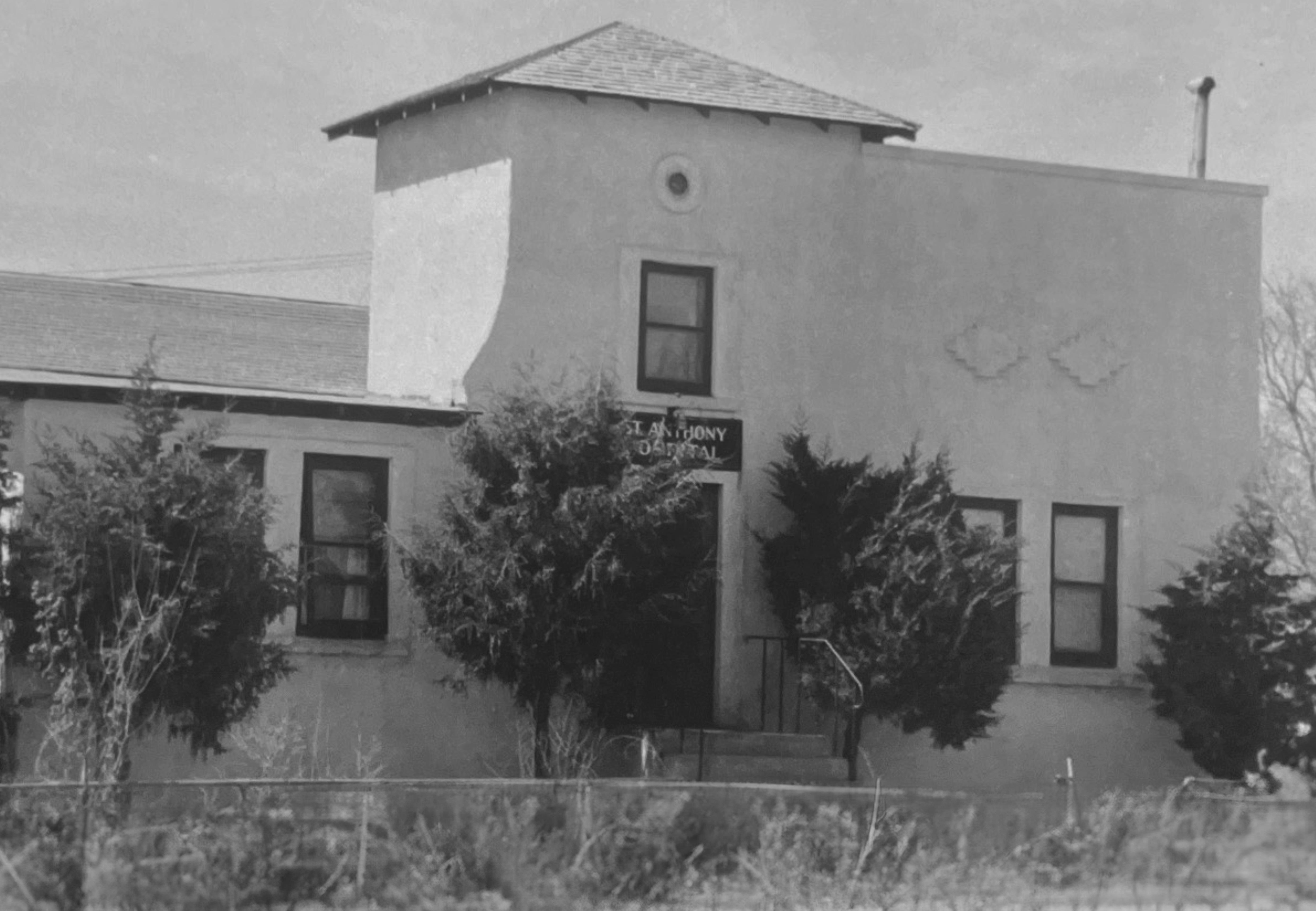
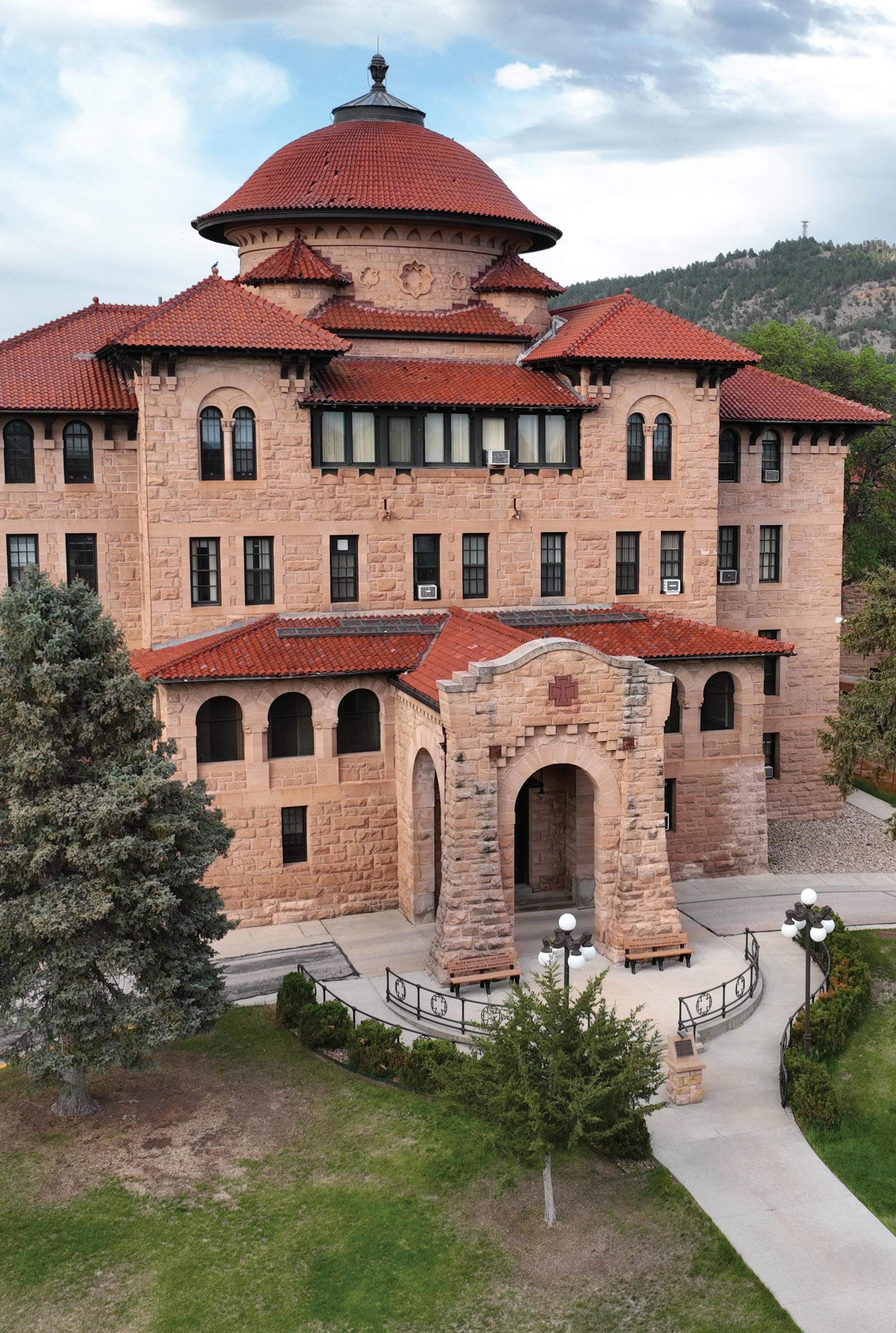
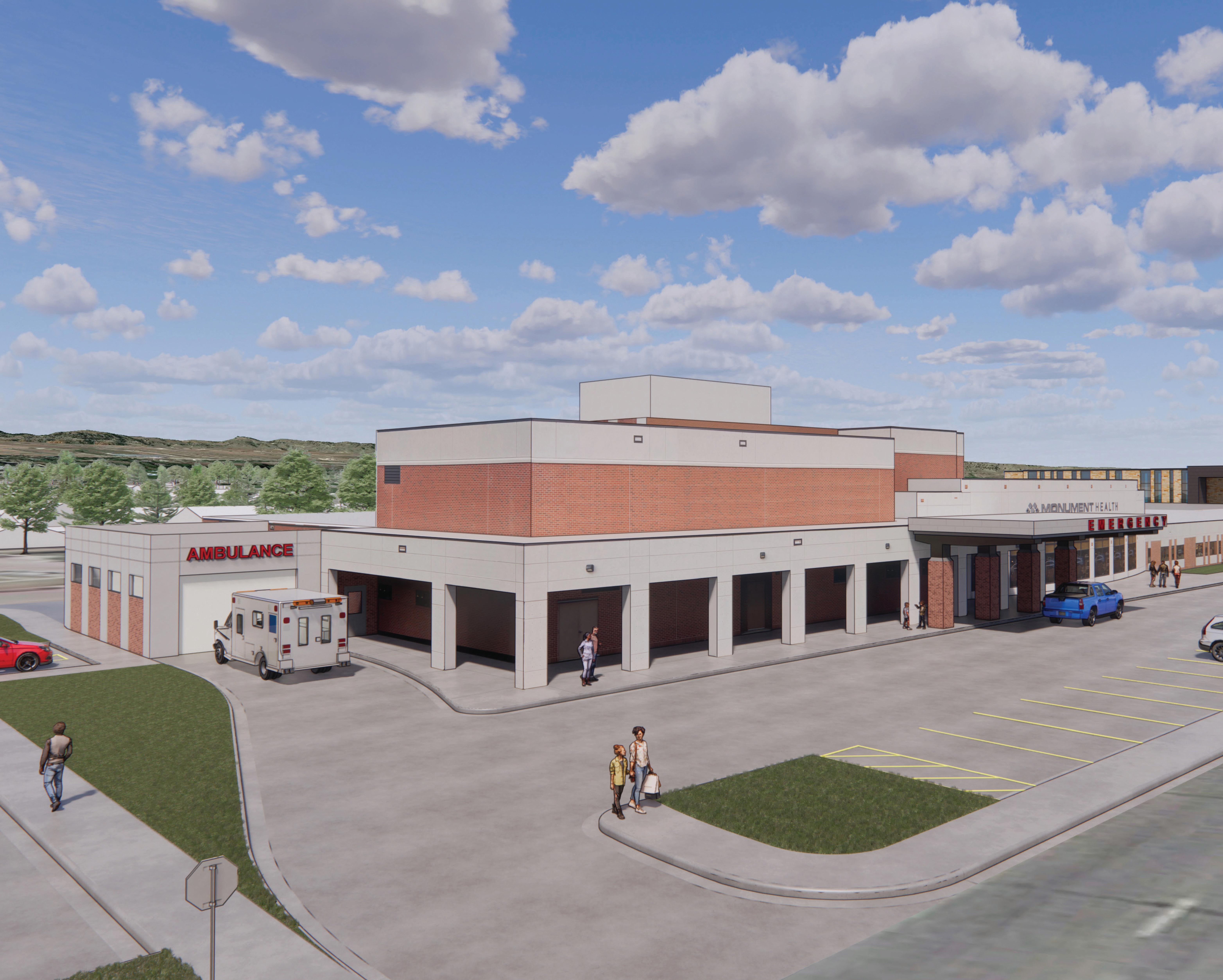
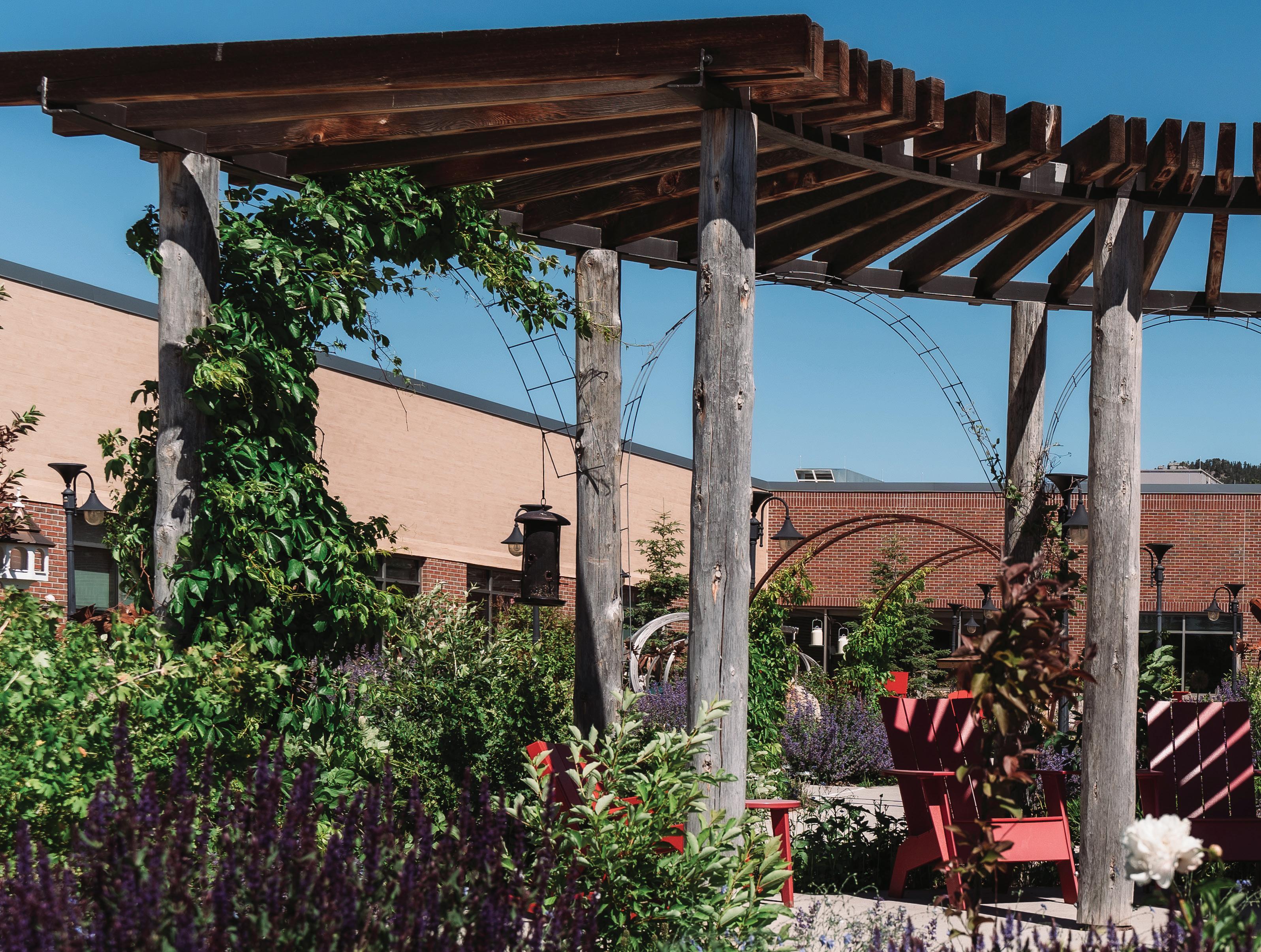
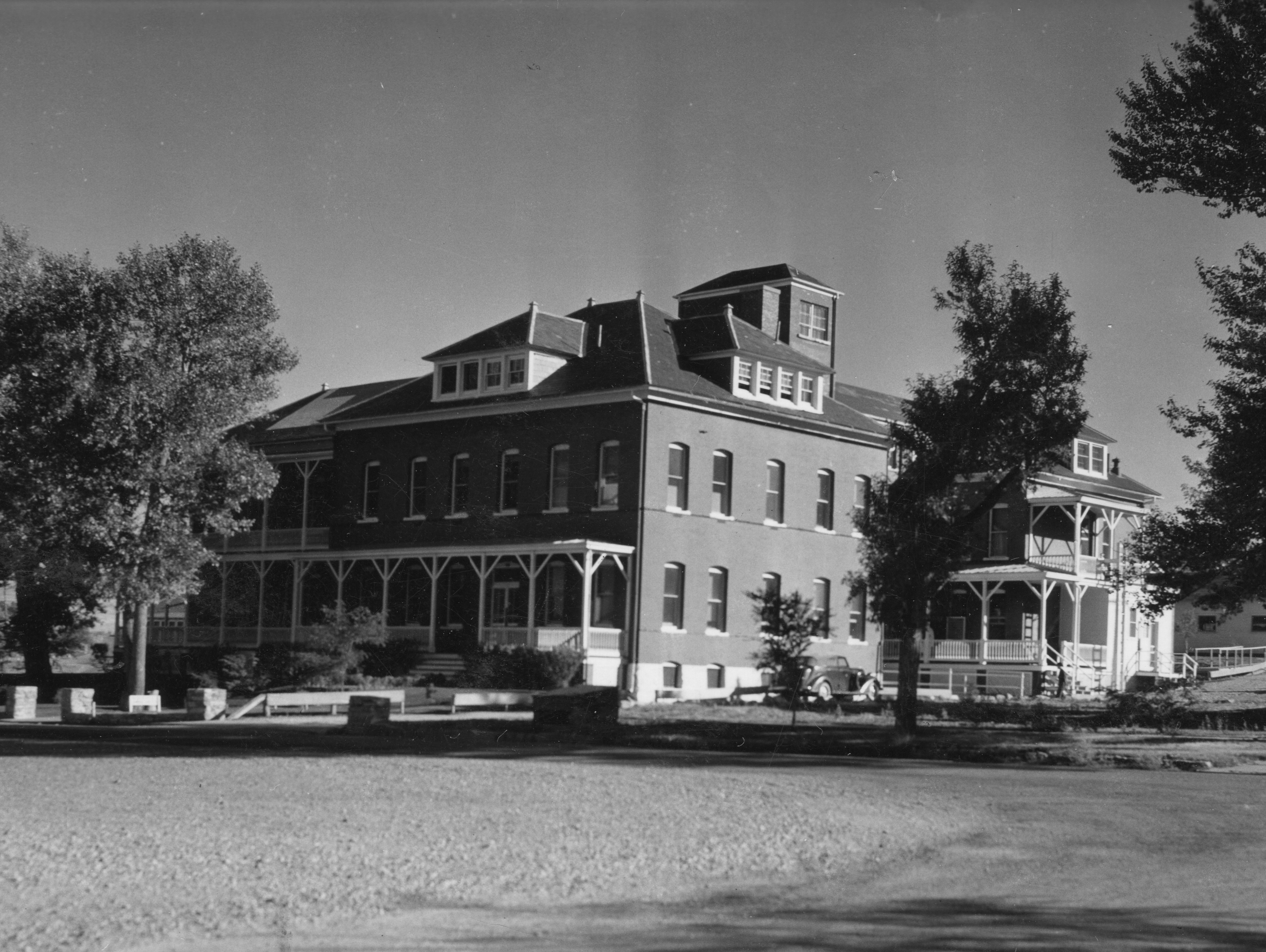
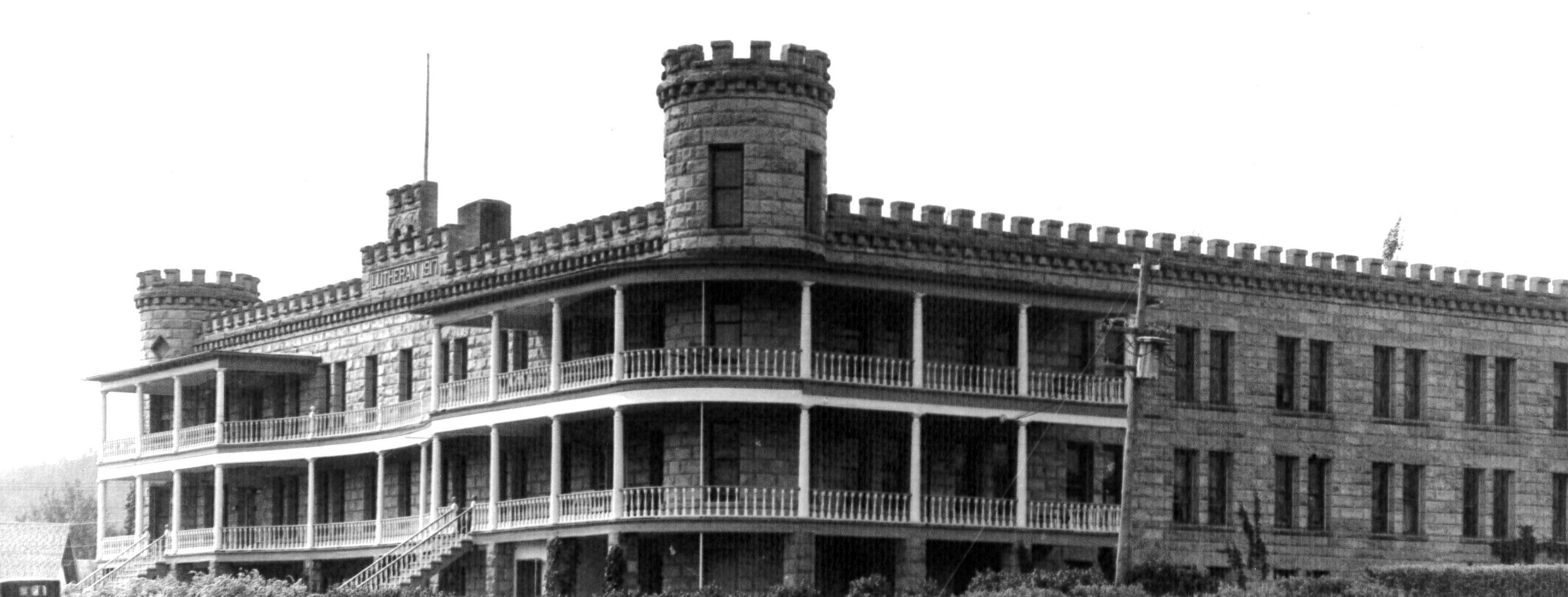
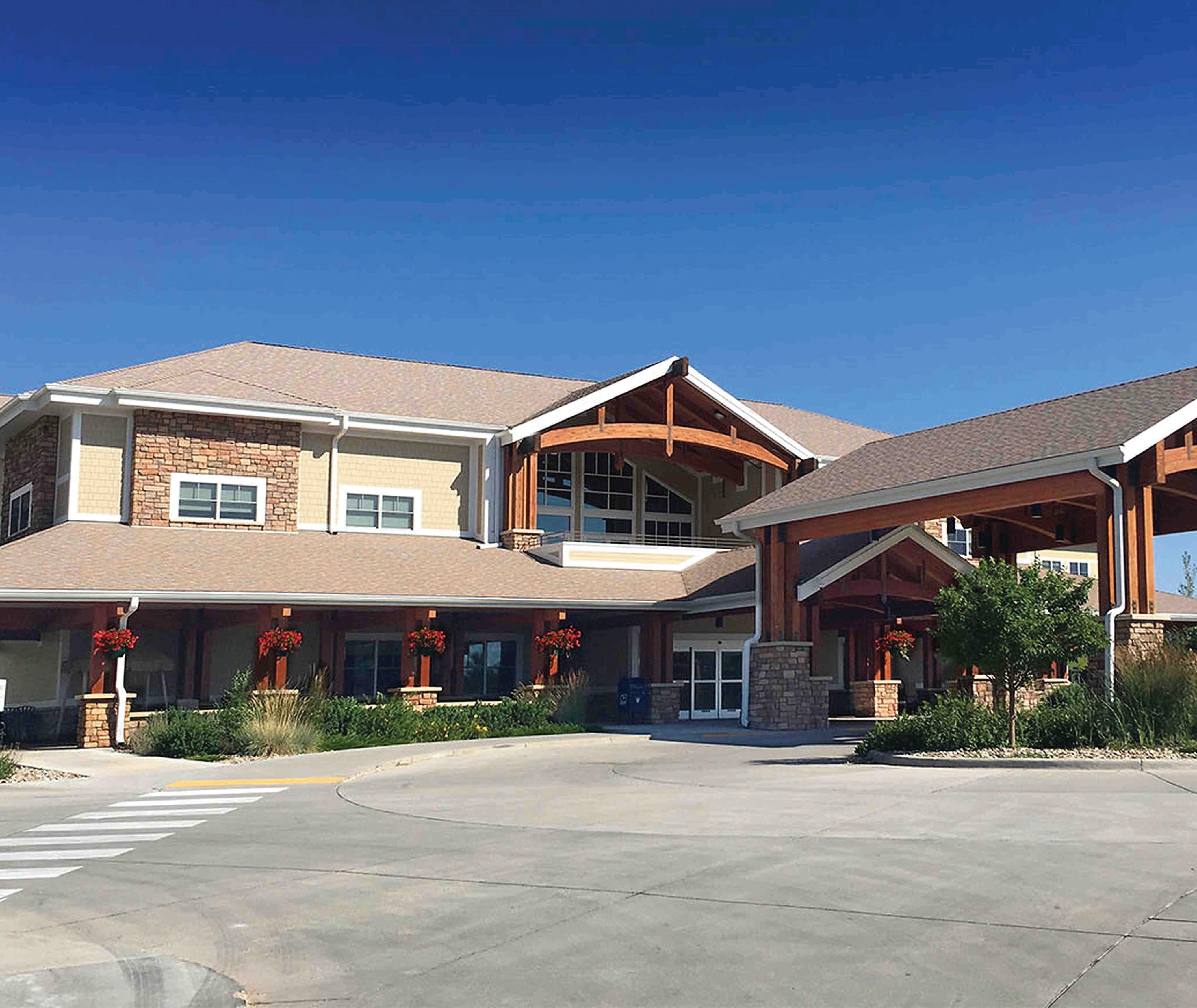

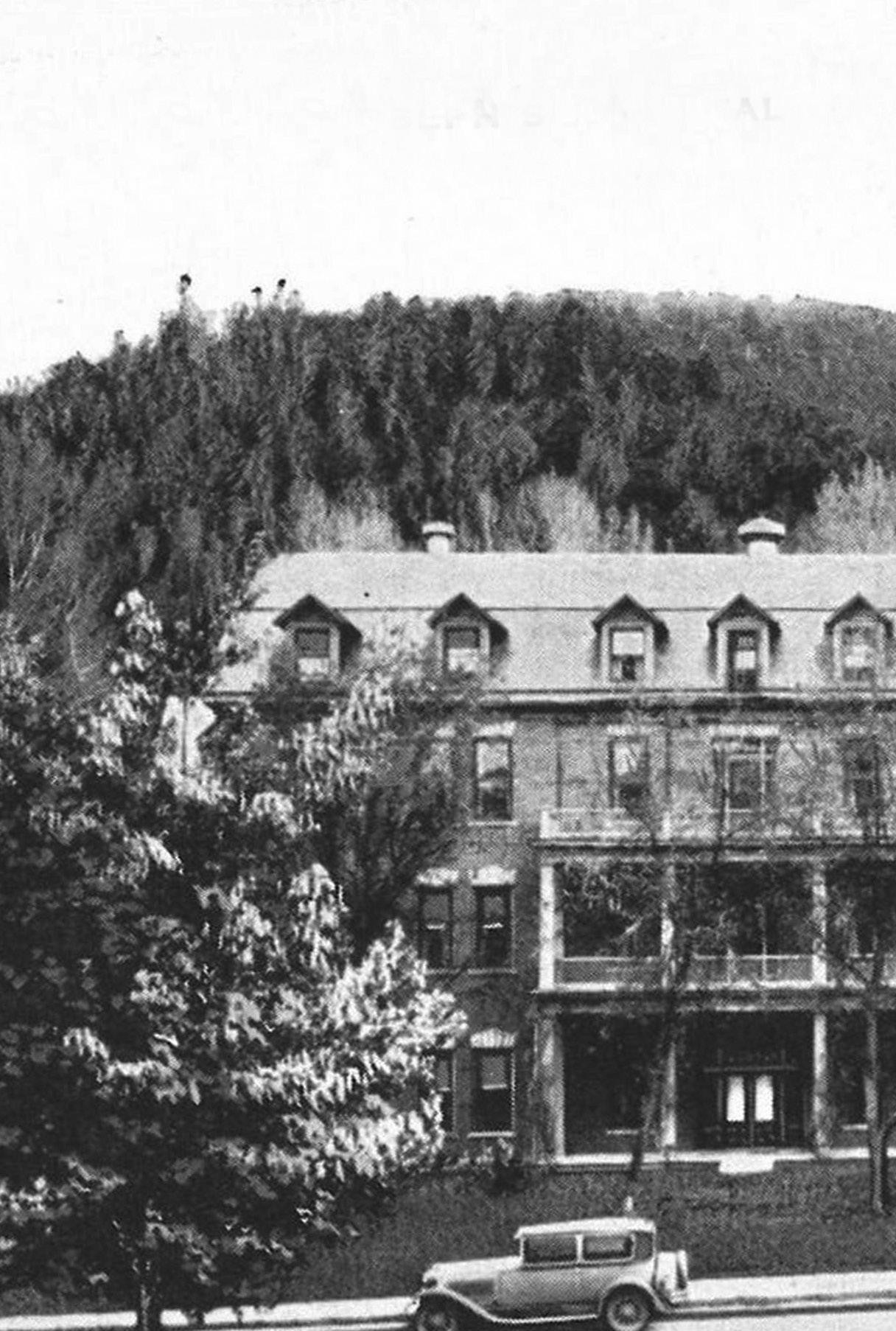
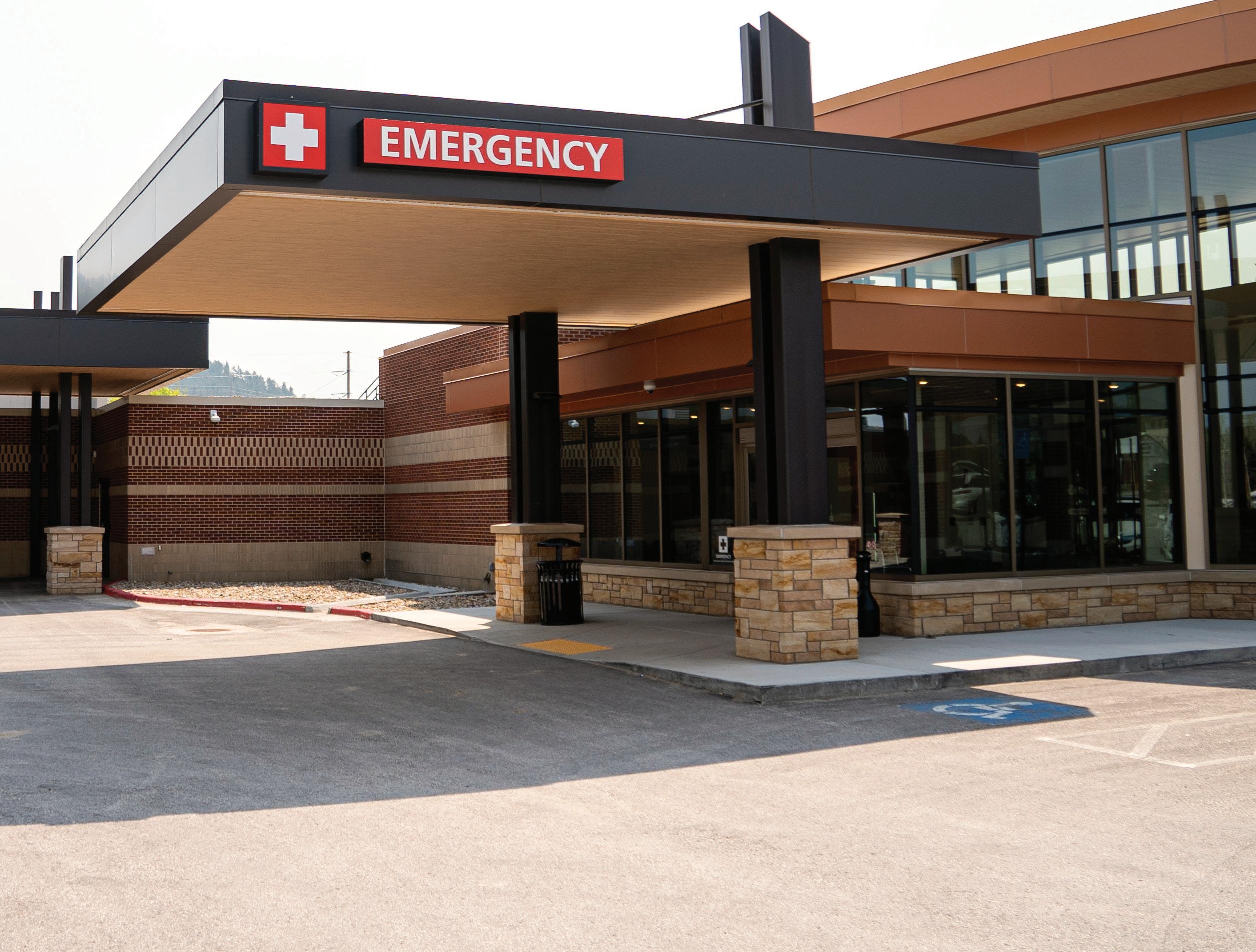
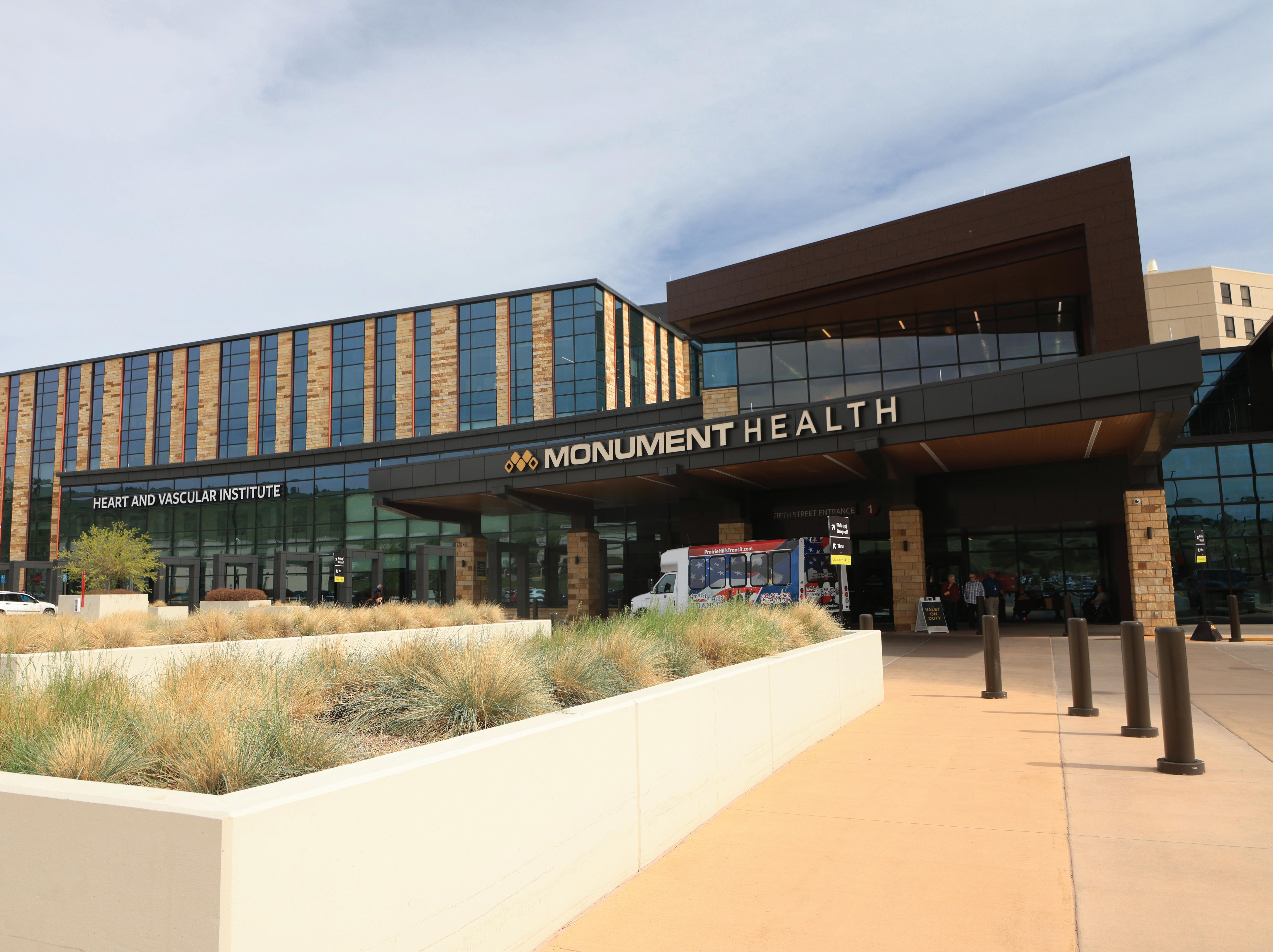
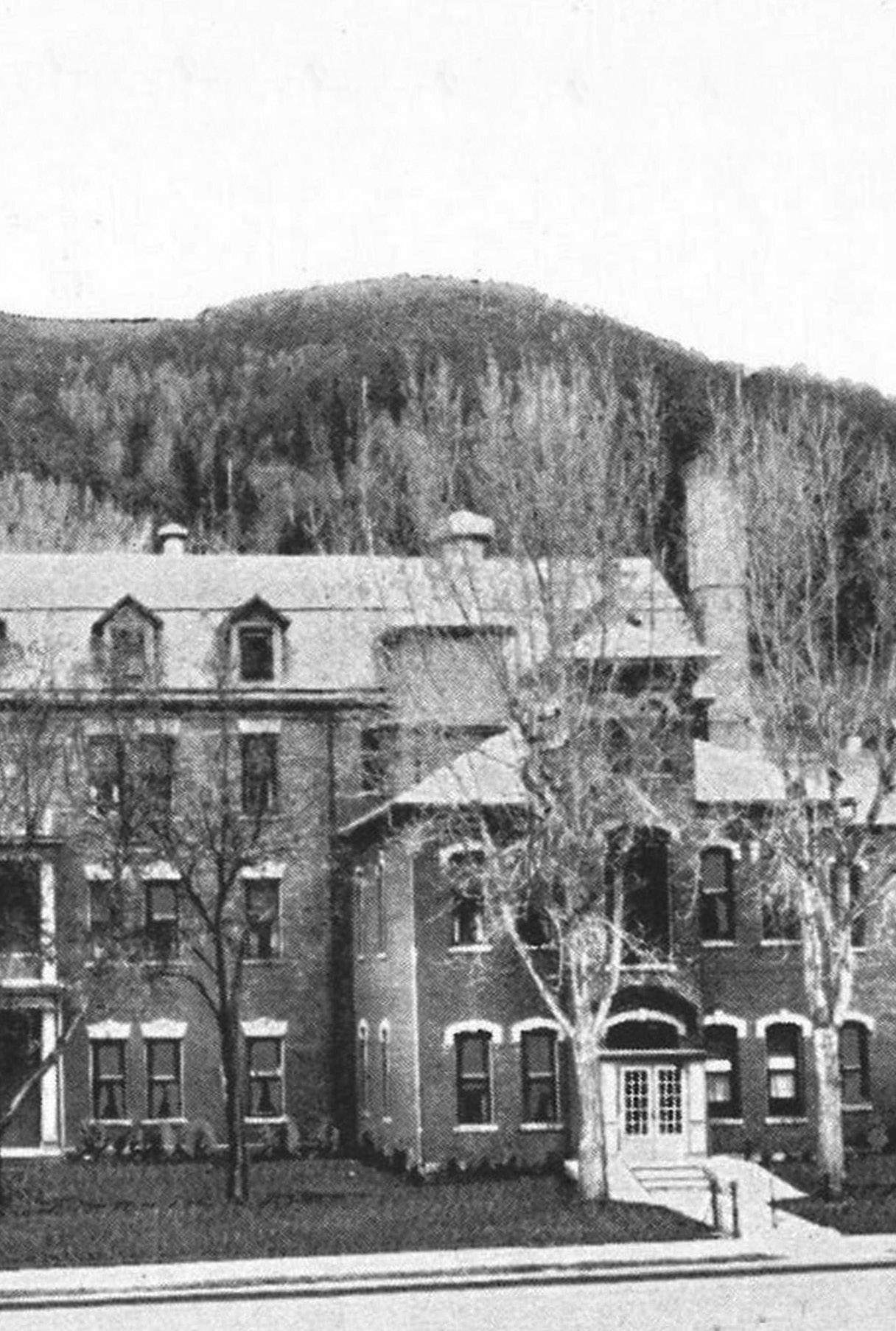
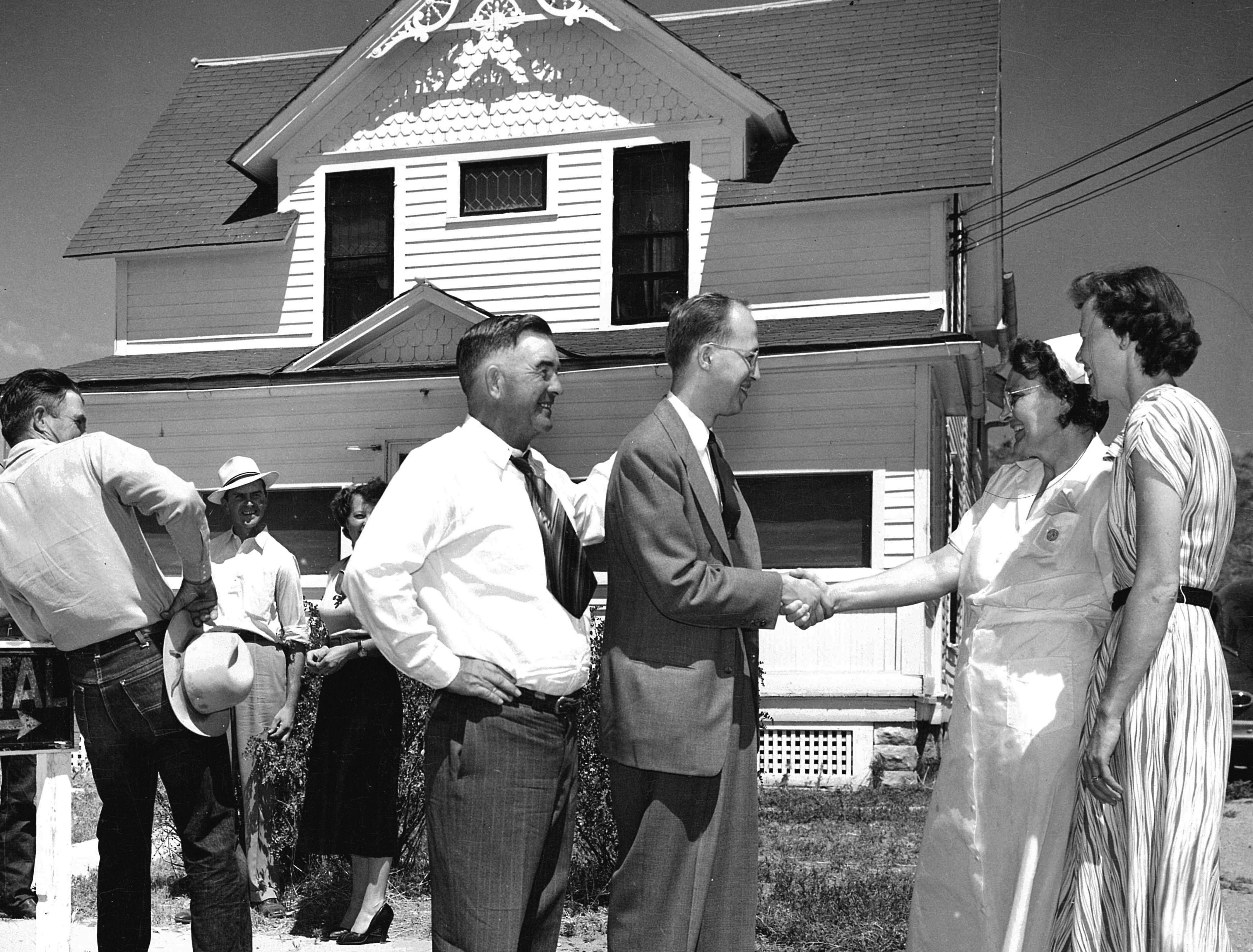
Bennett County Hospital
Martin
Fall River Health Services
Hot Springs
Michael J. Fitzmaurice South Dakota
Veterans Home
Hot Springs
Monument Health Custer
Hospital and Clinic
Custer
Monument Health Lead-
Deadwood Hospital
Deadwood
Monument Health Rapid City Hospital
Rapid City
Monument Health Spearfish Hospital
Spearfish
Monument Health Sturgis
Hospital and Clinic
Sturgis
Philip Health Services –
Hans P. Peterson Memorial Hospital
Philip
VA Black Hills Health Care System
Fort Meade VA Medical Center
Fort Meade
VA Black Hills Health Care System
Hot Springs VA Medical Center
Hot Springs
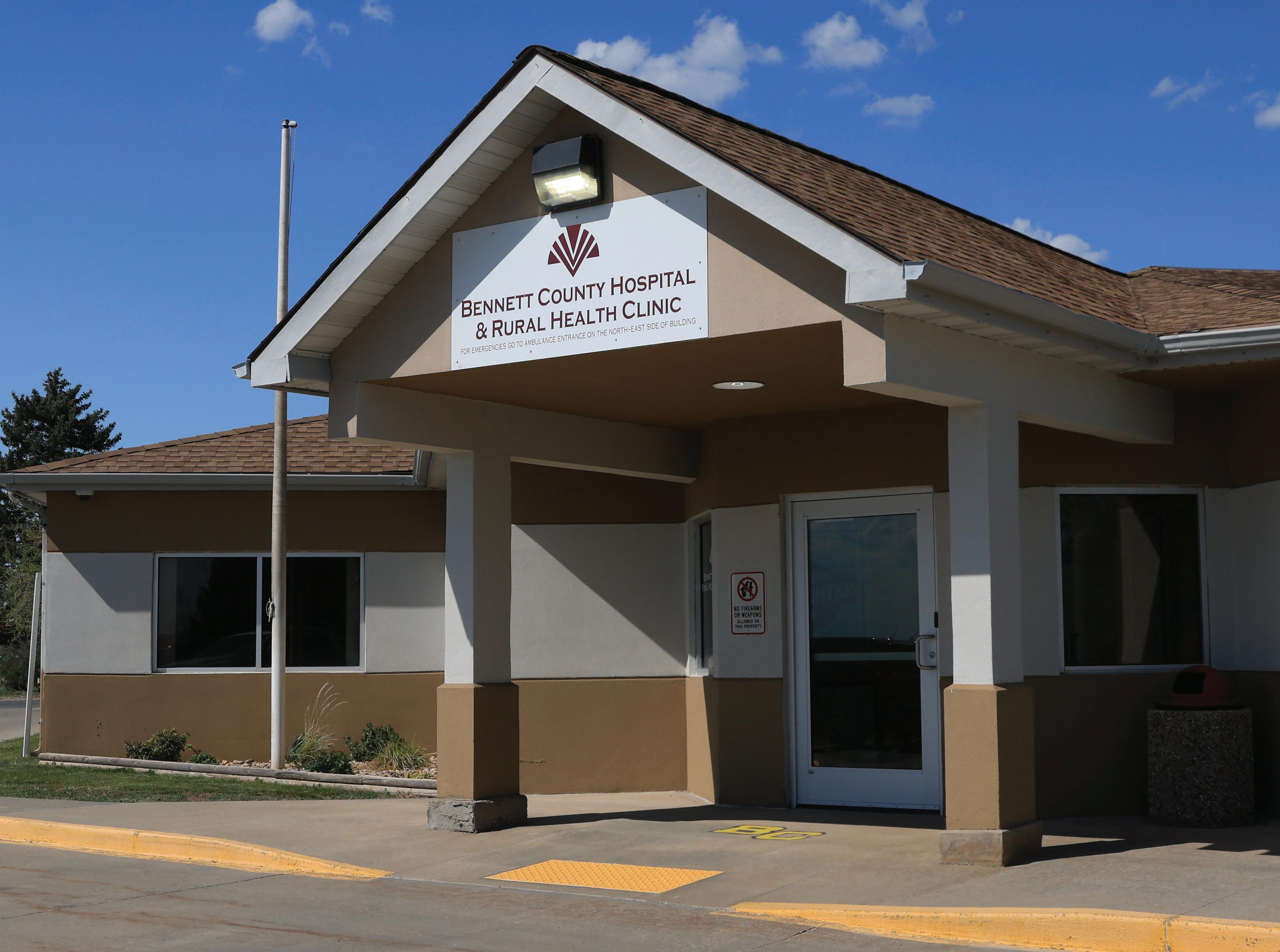
Nestled in the heart of Martin, South Dakota, Bennett County Hospital has long been a cornerstone of health care for the region. Its origins trace back to 1929 when Charles L. Swift, MD, established St. Anthony’s Hospital. He operated it until 1947—it transitioned to a community hospital in 1948. The current hospital was constructed in 1954 by the board of county commissioners, L.M. Trumble, V.L. Palmer, and Arnold Hein with County Auditor William A. Hauff. n In the 1980s, the hospital expanded further to include a nursing home, ensuring that elderly residents had access to long-term care close to home. For decades, this facility was a beacon of comfort and support for the elderly but was closed in Oct. 2023 due to financial challenges—a significant loss for the community, underscoring the financial struggles many rural health care facilities face nationwide. n The hospital extended its reach by adding a clinic in 1999, providing outpatient services and reinforcing the hospital’s role as a full-spectrum provider for Bennett County and surrounding areas. n A major renovation and expansion project is now being planned, aiming to modernize and improve patient care. Enhancements will include a state-of-the-art emergency room, laboratory services, imaging services, expanded patient rooms and enhanced physical and occupational therapy facilities. n Bennett County Hospital provides a wide range of health care services, including 24-hour emergency services; acute inpatient care; skilled nursing; intermediate care; diagnostic imaging, including radiology, CT and ultrasound; laboratory; pharmacy; physical, speech and occupational therapy; EKG; cardiac monitoring and rehabilitation; outpatient services; social services, health education and support groups; health screening,
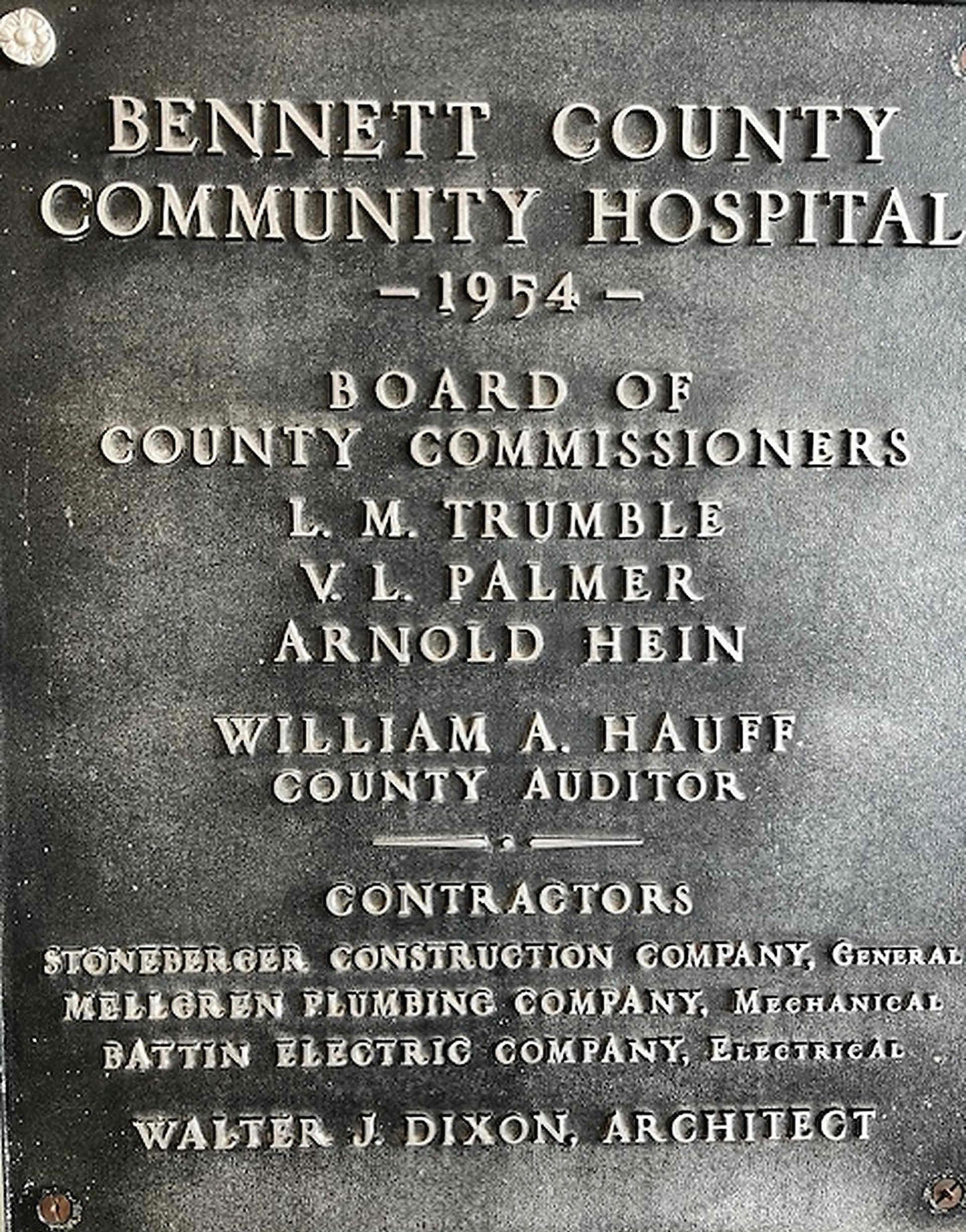
The resilience of Bennett County Hospital reflects the strength of the community it serves.
wellness and community education programs; homemaker services; home health nursing services; rural health clinic; clinic behavioral health and senior life solutions. n The resilience of Bennett County Hospital reflects the strength of the community it serves. Despite the loss of the nursing home, ongoing investments in health care infrastructure promise a bright future. Adapting to the needs of modern health care and prioritizing patient well-being, Bennett County Hospital remains a pillar of support for the residents of Martin and beyond. n The story of Bennett County Hospital is not just one of buildings and services but of the people who work tirelessly to provide quality health care in a small, but determined, community.
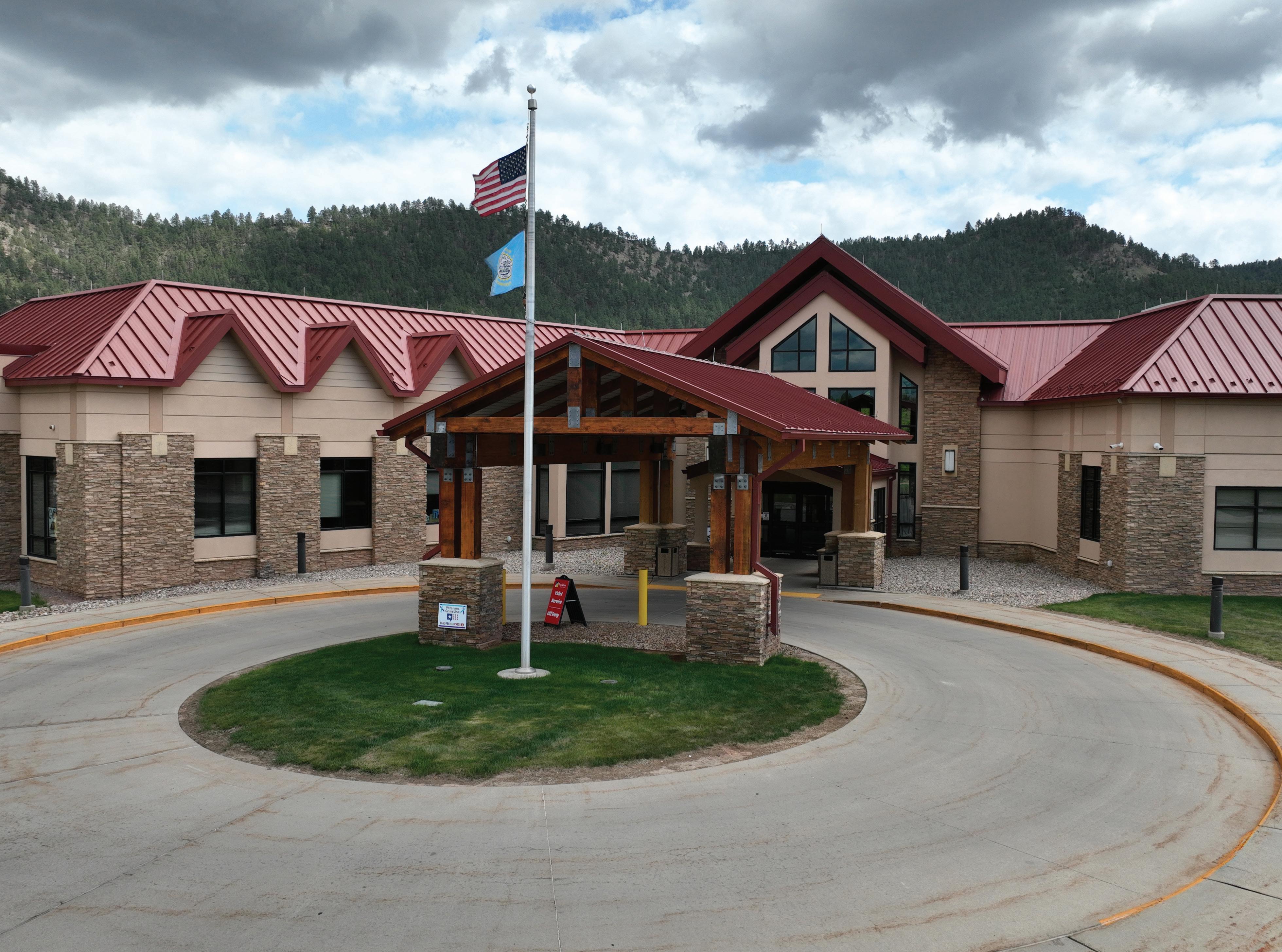
In 1907, Dr. Perry Nichols built a cancer sanatorium at 209 N. 16th Street in Hot Springs. It was expanded and sold, becoming Lutheran Hospital in 1917. Later, this iconic “Castle Manor” transformed to adapt to the community’s health care challenges. n Lutheran Hospitals & Homes Society assumed its management in 1938 and, in 1951, the West River Crippled Children’s Hospital & Polio Center was built adjacent to the hospital. n A significant development occurred in 1967 when the polio hospital and Castle Manor were renovated and united, establishing Southern Hills General Hospital (SHGH). In 1968, SHGH moved into the old polio hospital space, and a nursing home was established in Castle Manor. n The organization eventually became part of Lutheran Health Systems and then Banner Health. In 1998, Banner Health announced imminent closure of the emergency room and inpatient services. In response, concerned community members formed Greater Fall River Health Services (GFRHS), opening a 24-hour urgent care clinic at the State Veterans Home, which dissolved in 1999. n That year, Joan Bachman of the South Dakota Department of Health, a key consultant, recommended John Miller as the organization’s first CEO and administrator and Miller provided invaluable guidance thereafter. n Banner Health then indicated that local long-term care was also in peril, and the GFRHS board attempted to create a hospital tax district through a special election in order to purchase the hospital, but was unsuccessful. Undeterred, GFRHS sought a loan to buy the building and fix its roof, but was denied. n In an extraordinary show of support, a community forum organized by businessman Rich Olstad garnered over $400,000 in donations. Governor Bill Janklow recognized the community’s dedication and awarded it a $150,000 community block grant to retain the hospital’s long-term care and diagnostic services. n In Dec. 1999, GFRHS took over ownership and operation of the buildings, ancillary services and nursing home. In June 2001, GFRHS reopened the
Governor Janklow recognized the community’s dedication and awarded it a block grant to retain the hospital’s long-term care and diagnostic services.
hospital and ER, marking the first time a South Dakota facility had been directly licensed as a critical access hospital without transitioning from an existing, operational hospital. Then, its name was shortened to Fall River Health Services (FRHS). n In March 2010, FRHS constructed a modern hospital and clinic at 1201 Highway 71 South, expanding from 11 to 25 beds. The nursing home remained at Castle Manor. n In Dec. 2014, nursing home residents were moved into the newly constructed Seven Sisters Living Center on the FRHS campus. Today, it operates as a state-of-the-art, 52-bed facility, providing outstanding care for its residents, including those in memory care. n Throughout the years, FRHS and its care facilities remain a vital part of the community, evolving but staying true to its vital mission—keeping excellent health care close to home.
The original cancer sanatorium, “Castle Manor,” was constructed by Dr. Perry Nichols and opened in 1907.
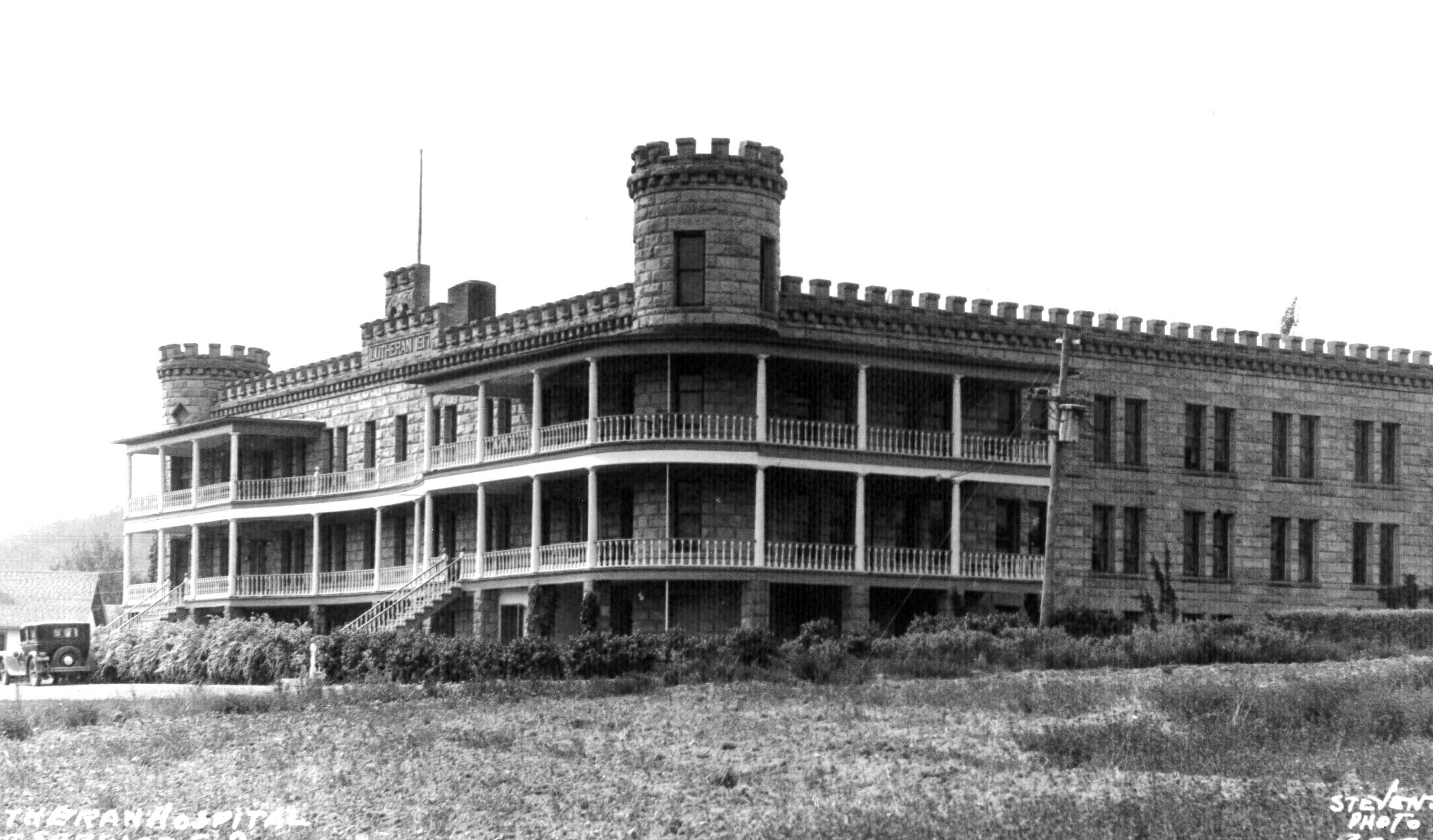
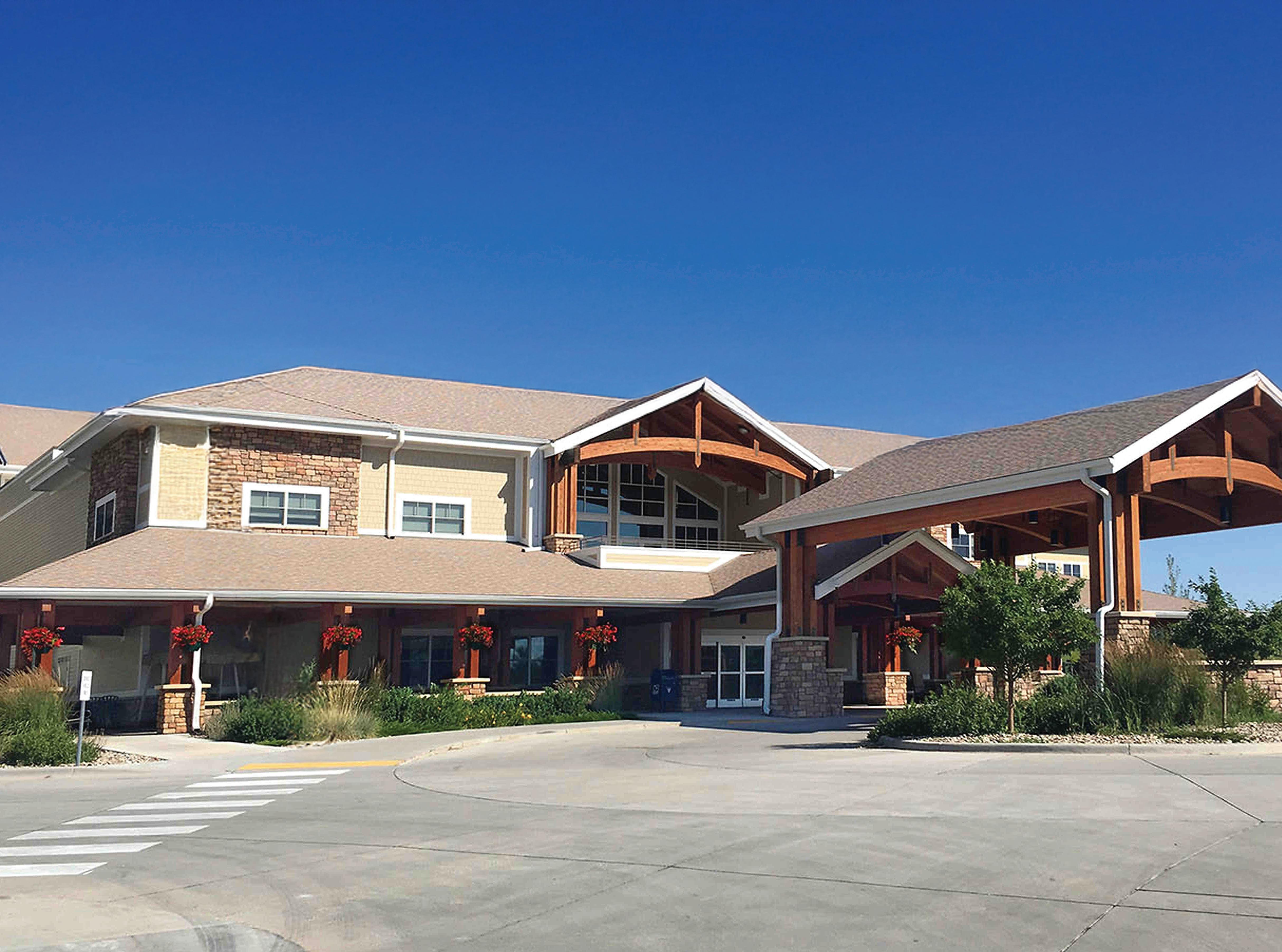
The Dakota Territorial Legislature met in Feb. of 1889 and, while in session, passed a bill establishing the Dakota Soldiers’ Home to be located in Hot Springs, South Dakota. The bill carried an appropriation of $45,000 for its construction. The object of the home was to provide care and subsistence for veterans and their wives and widows who met eligibility requirements for admission to it. n The cornerstone of the first building was placed on Nov. 11, 1889. n On Oct. 3, 1998, Governor William J. Janklow and Maj. Gen. Philip Killey dedicated the South Dakota Veterans Home to Medal of Honor recipient Michael J. Fitzmaurice. Fitzmaurice received the Medal of Honor for conspicuous gallantry and intrepidity of action at the risk of his life above and beyond the call of duty as a Specialist Four, United States Army, Troop D, 2nd Squadron, 17th Cavalry Regiment, 101st Airborne Division at Khe Sanh, Republic of Vietnam, on March 23, 1971. n In 2010, staff began working with federal and state officials to secure funding to construct a new state veterans home. Building Four on the campus was dismantled in 2013 and a groundbreaking ceremo-
The facility’s design incorporates residential-type furnishings and finishes in warm, welcoming colors to create a comforting feel.
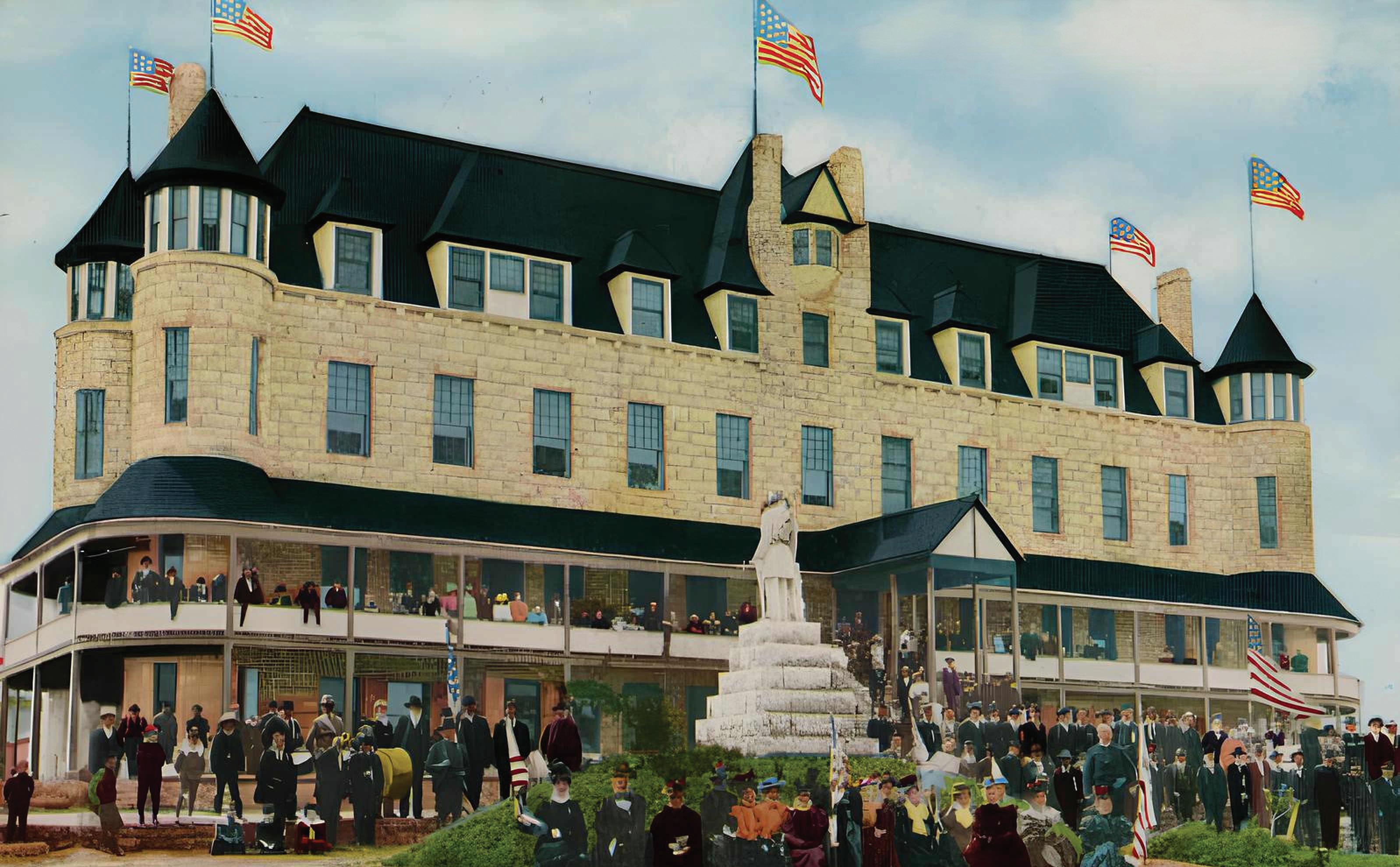
ny was held in Sept. 2013 to construct the new home. n In Jan. 2016, residents moved into the new home and a ribbon-cutting ceremony was held in March. The newly designed Michael J. Fitzmaurice South Dakota Veterans Home is a 133,000-square-foot building. The facility serves South Dakota veterans and contains 78 nursing beds and 24 domiciliary beds. The living spaces are broken into eight “neighborhoods,” housed in eight wings. Each neighborhood includes a living room, dining room and kitchen that provide a home-like environment to 12 to 13 occupants housed there. The facility’s design incorporates residential-type furnishings and finishes in warm, welcoming colors to create a comforting feel. n The state veterans home falls under the authority of the South Dakota Department of Veterans Affairs. The mission of the department is to ensure that all veterans and their eligible family members understand and receive all the benefits, support, care and recognition that were earned through the veteran’s service to the United States by administering all current programs and meeting their needs in the future. n For the South Dakota Department of Veterans Affairs (SDDVA) team, it is a privilege and an honor to serve veterans and their family members. The team labors tirelessly to ensure that the state of South Dakota preserves its reputation as a veteran-friendly state.
Harnessing Mother Nature’s Healing Properties
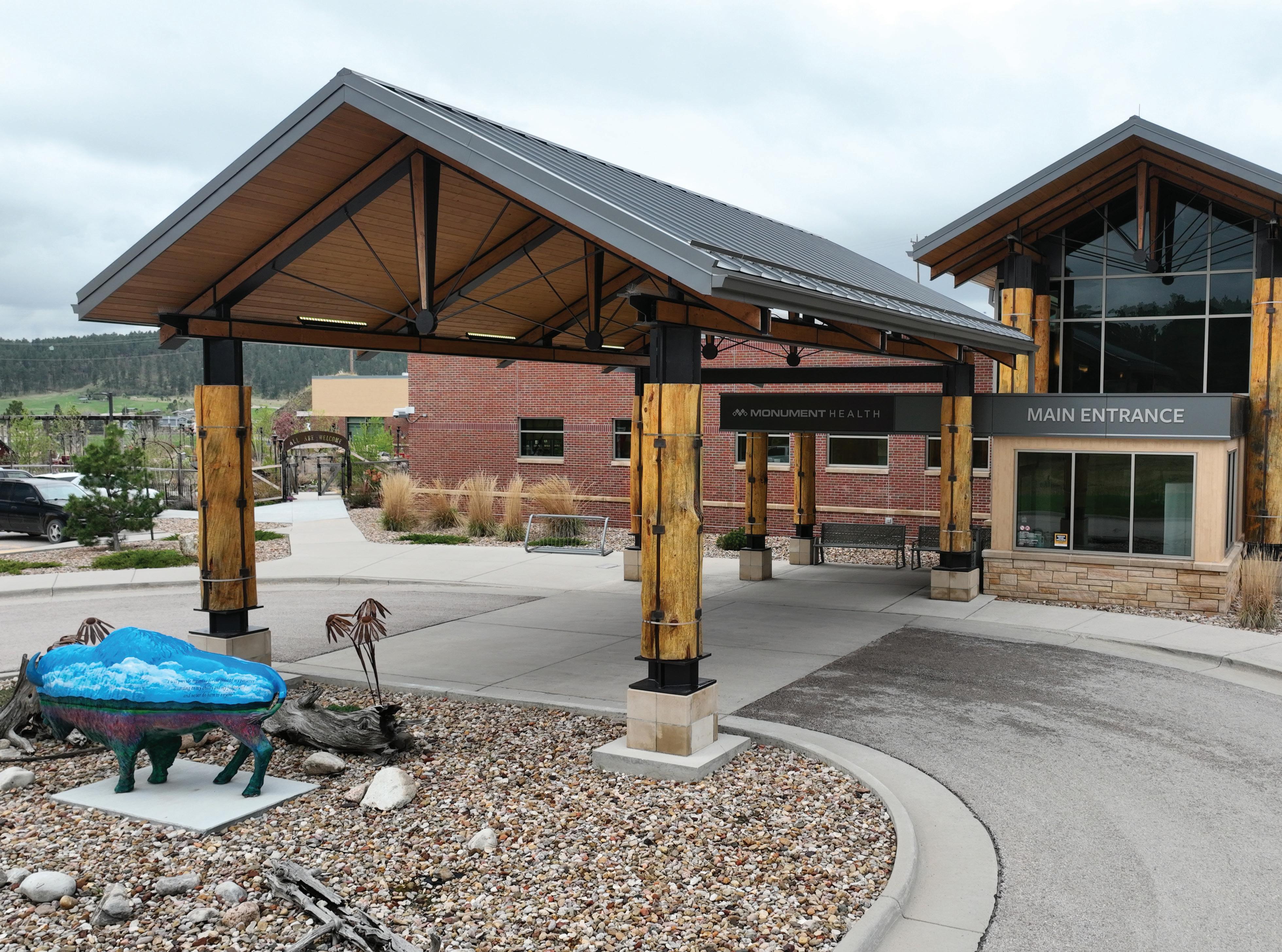
As is the case with so many rural, gold-mining camp towns in the western United States, Custer offered scant medical services initially, even though it was located in the hub community of the southern Black Hills area. However, in March of 1961, the Custer Community Hospital was dedicated and an addition to the hospital was completed in 1986. The Custer Community Hospital was acquired by Regional Health in 1993 and later became known as Custer Regional Hospital. In 1999, Custer Regional Hospital added an assisted living center and, in 2001, a nursing home. n An entirely new 46,000-square-foot Custer Hospital building was constructed in 2018 to modernize and meet the new health care needs of residents in southern Black Hills. The hospital features eight patient rooms, a hospice suite, two emergency trauma rooms, two emergency treatment rooms, a family activity room and a therapy center. There is also an expanded laboratory, a diagnostic imaging suite and an endoscopy suite. The clinic space boasts 18 exam rooms, two procedure rooms and three infusion bays. n After an organization-wide reimagining in 2020, the hospital was renamed Mon-
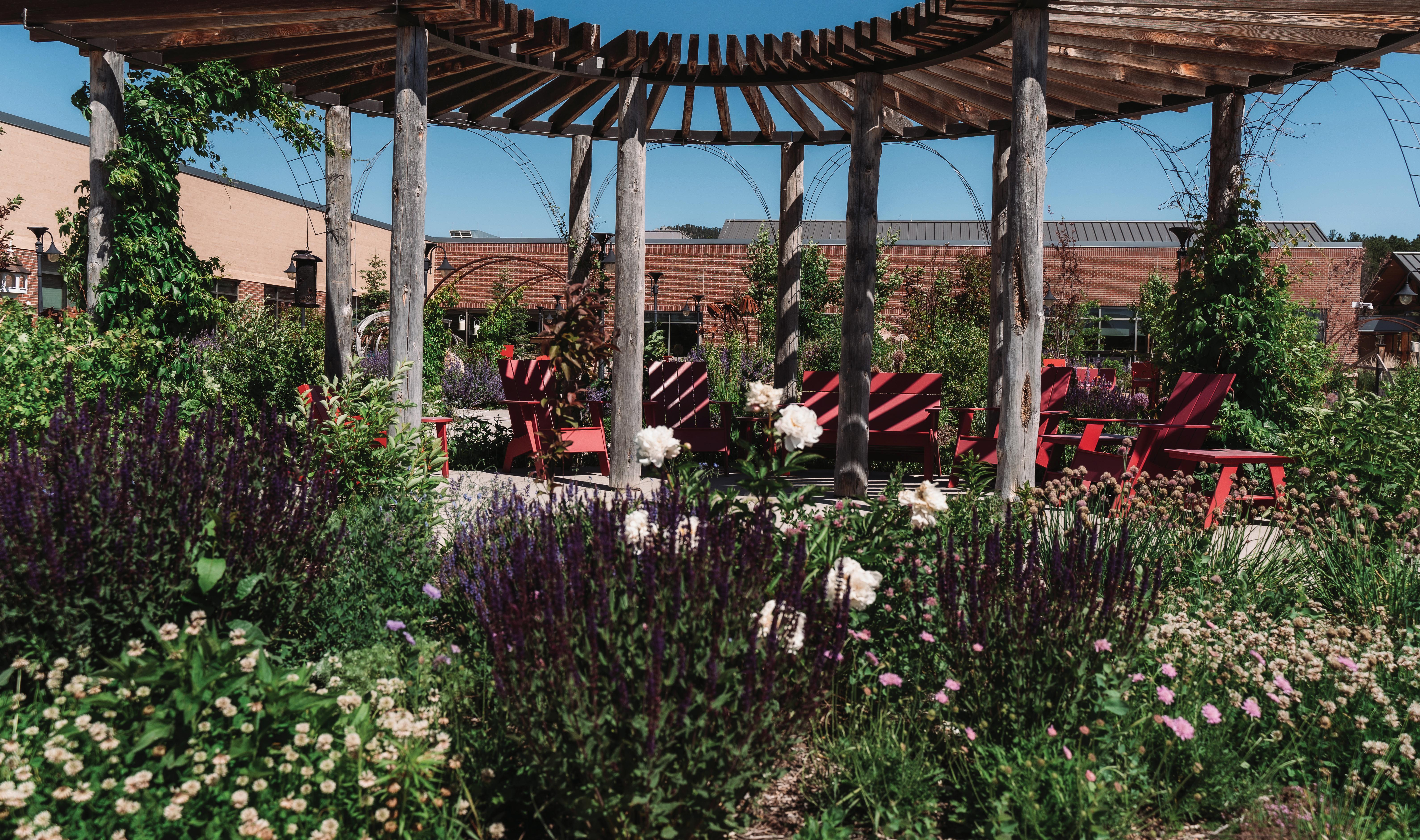
ument Health Custer Hospital and Clinic. n Currently, Monument Health Custer Hospital offers 24-hour emergency service, inpatient and outpatient care and hospice. Co-located with Monument Health Custer Clinic, it employs six physicians, has a staff of 66 nurses and nurse aides and offers 12 inpatient beds, five emergency department beds and three infusing rooms. Monument Health Custer Assisted Living is in close proximity to the hospital and clinic. Its staff services patients from the surrounding five-state area. n Custer Hospital is proud to offer a Healing and Wellness Garden—the space is an asset to caregivers, patients and community members alike. Nestled on one side of Custer Hospital, the healing garden spans 10,000 square feet and the therapy walking path reveals one surprise after another. The healing garden was designed to utilize sounds, sights, fragrances and textures to bring people into the present moment as a form of healing.
A CENTURY STRONG: HONORING OUR PAST, SHAPING OUR FUTURE Monument Health Lead-Deadwood Hospital
Pioneering Compassionate Health Care Since 1875
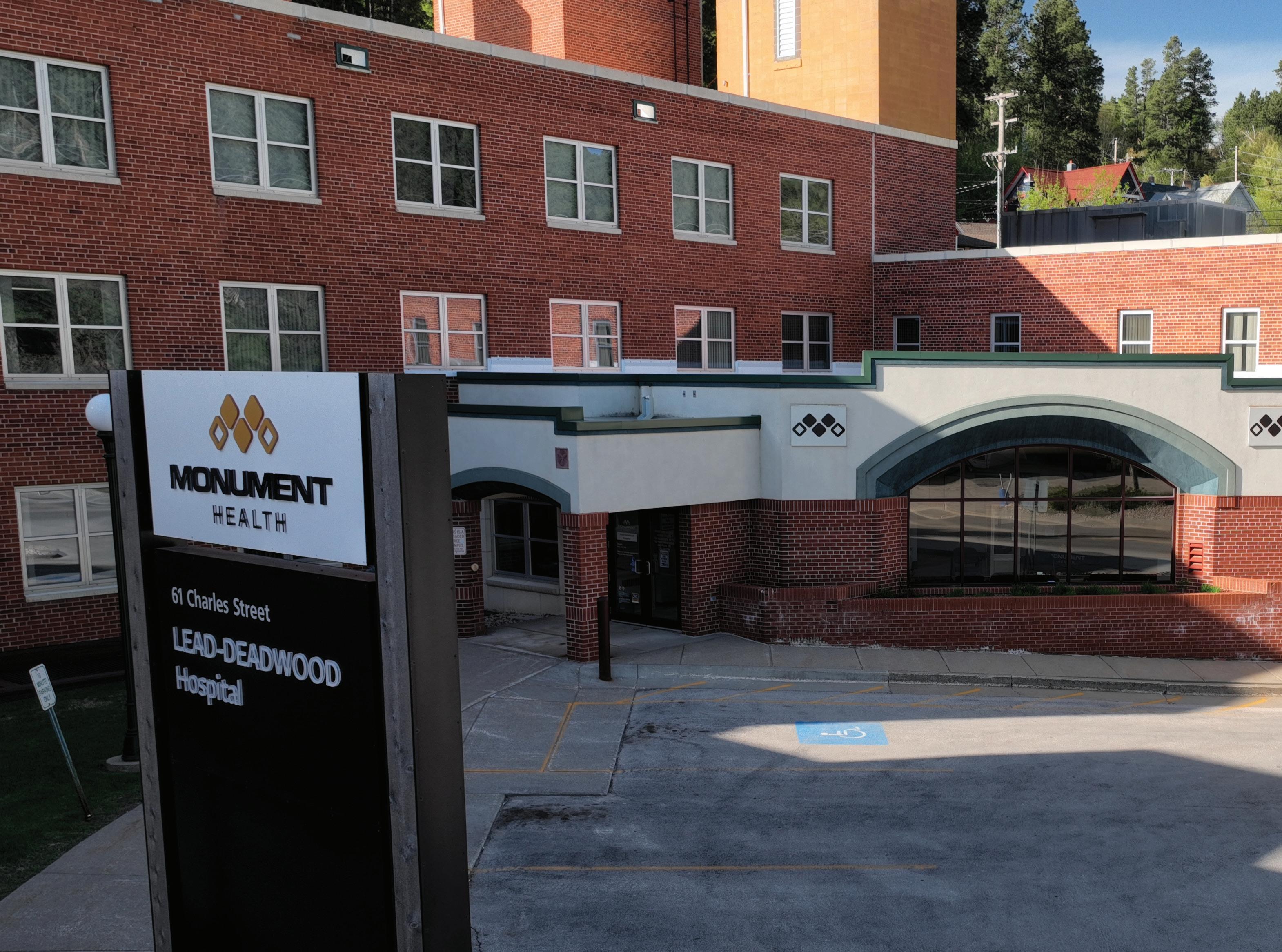
The first pioneers arrived in the Black Hills in 1875 and many physicians eventually made their way to the bustling new gold camps there. The first hospital in the Black Hills was built in Aug. 1876, followed by a second temporary hospital, built in Lead, in Sept. that year to accommodate the illnesses and injuries occurring in the booming mining camps. In 1888, Homestake Hospital officially opened for operation on Main Street in Lead, followed by a 20-bed hospital named St. Joseph’s in Deadwood, which opened on Jan. 15, 1897. These two hospitals would be the mainstays for treatment of local patients for most of the following century. n However, by 1975, Homestake Hospital and St. Joseph’s Hospital had merged inpatient care services. Homestake Hospital then became an outpatient-only clinic and all Homestake inpatients were sent to St. Joseph’s Hospital. In 1982, a new clinic at St. Joseph’s Hospital, the Black Hills Medical Clinic, was completed by Homestake for the managed care of Homestake employees and local patients. n In 1983, West Dakota Health Care acquired St. Joseph’s from the Benedictine Sisters and renamed it Northern Hills General
holds the distinction of being the oldest hospital still in operation in the state.
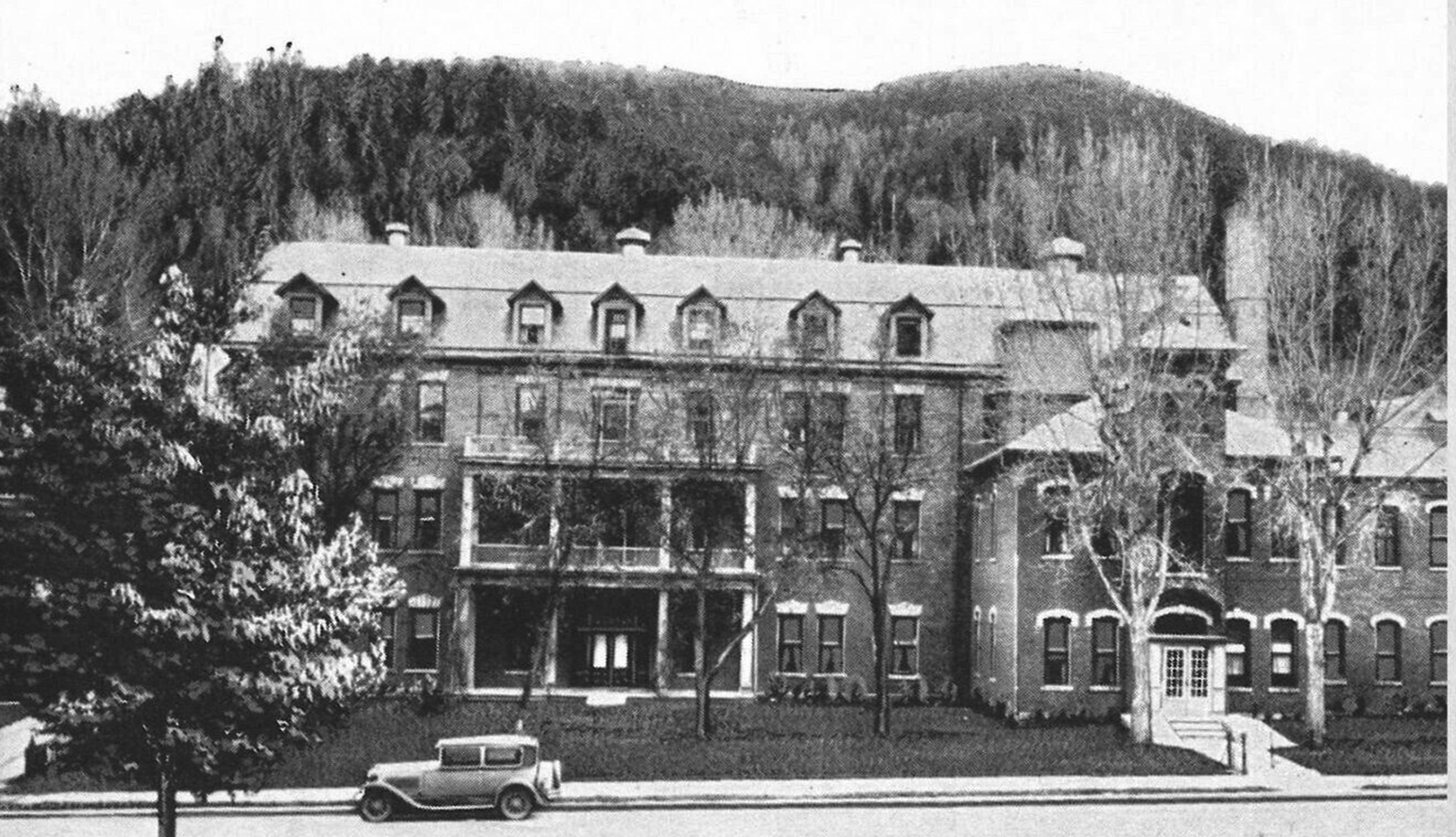
Hospital. By 1995, Northern Hills General was a 35-bed hospital, offering swing beds, an ICU bed and acute and outpatient services. On June 30 of that same year, Northern Hills General merged with Rapid City Regional Hospital in Rapid City. Two years after the merger, the Deadwood hospital celebrated its 100-year anniversary of service to the community. n In 2002, the Homestake Clinic in Lead was closed upon the cessation of operations at Homestake mine. Northern Hills General was rebranded in 2005 to Lead-Deadwood Regional Hospital and the Lead-Deadwood Regional Medical Clinic as a result of Regional Health’s acquisition of many Black Hills medical facilities. n In 2020, Regional Health itself underwent a revitalization and was officially renamed Monument Health. Likewise, the Deadwood locations were again rechristened, this time Monument Health Lead-Deadwood Hospital and Monument Health Medical Clinic in Lead-Deadwood. To this day, Monument Health Lead-Deadwood Hospital considers Jan. 15, 1897, to be its anniversary date. In 2022, the organization marked 125 years of the provision of compassionate health care to the Lead-Deadwood community in the same building and on the same ground where the Benedictine Sisters began their outreach and care decades before. Monument Health Lead-Deadwood Hospital holds the distinction of being the oldest hospital still in operation in the state.
A CENTURY STRONG: HONORING OUR PAST, SHAPING OUR FUTURE
Monument Health Rapid City Hospital
Embracing the Region’s Expanding Health Care Needs
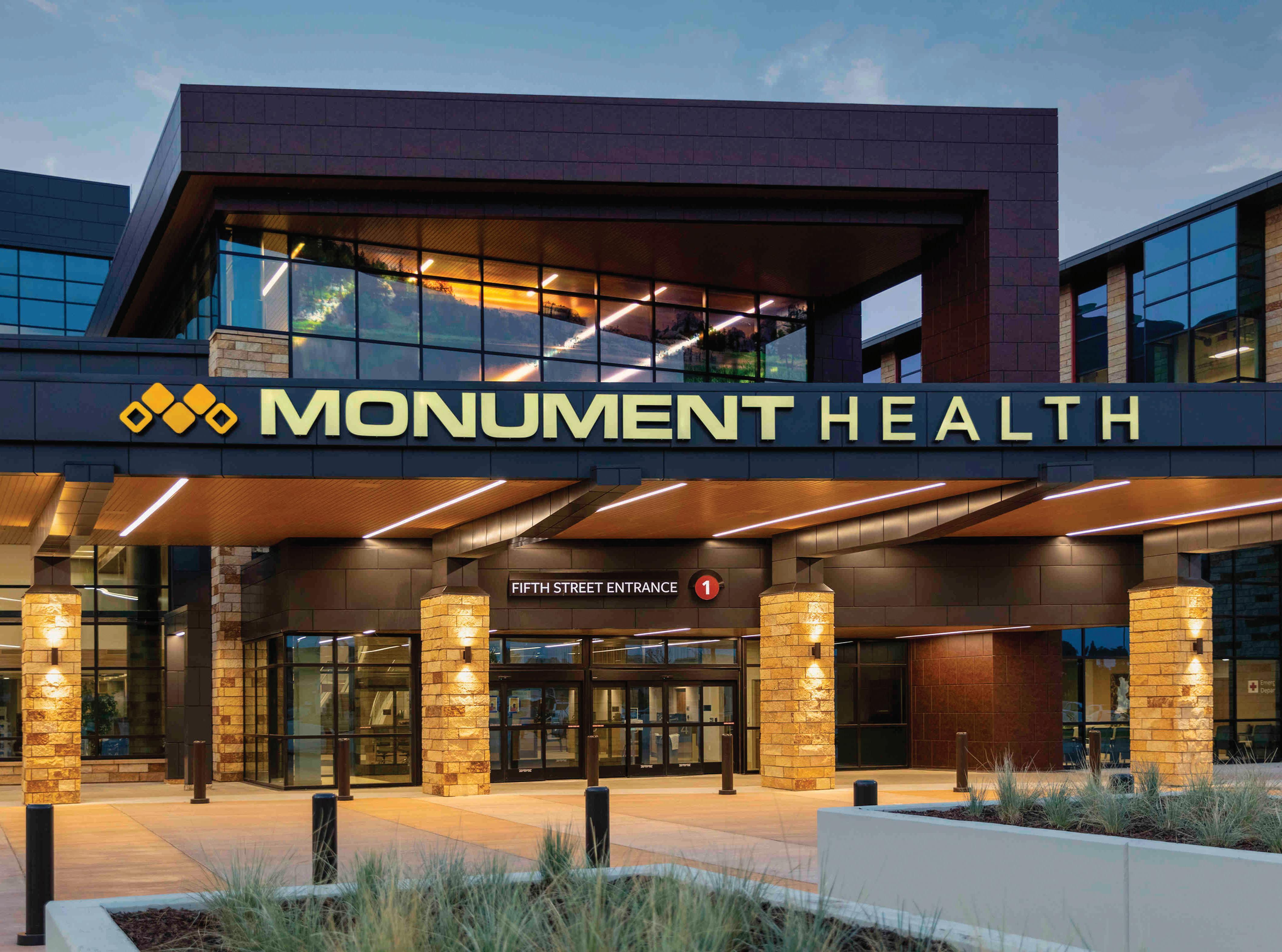
The first hospital in Rapid City was opened in the home of Dr. William E. Robinson in 1910. Around 1911, Methodists assumed responsibility for the hospital and renamed it Methodist Deaconess Hospital. In 1926, a Catholic hospital opened and was later named St. John’s Hospital. By 1928, St. John’s added a nurse’s home and training school, and it opened a 75-bed hospital in the West Boulevard Historic District in Rapid City. The hospital was renamed St. John’s McNamara Hospital. n Contracts were awarded for a new hospital building, named Bennett Clarkson Memorial Hospital, which was formally dedicated in 1954. However, following the effects of a flood in 1972, spiraling costs and new developments in medical technology, the two hospitals merged in 1973. The organization incorporated as Rapid City Regional Hospital and had 80 physicians on the medical staff and 280 licensed beds. n In Oct. of 1976, Rapid City Regional Hospital broke ground on the Fairmont Boulevard hospital, a new $23.5 million 285-bed hospital facility. It officially opened in Dec. of 1979, followed by a west addition in 1983. n The Black Hills’ first $4.5 million diagnostic imaging center opened in June of 1989. An eight-ton magnet was installed in the new MRI Center at Rapid City Regional Hospital. At the time, there were only three other similar MRI units in the country. The new Cancer Care Institute followed in 1993. In addition,
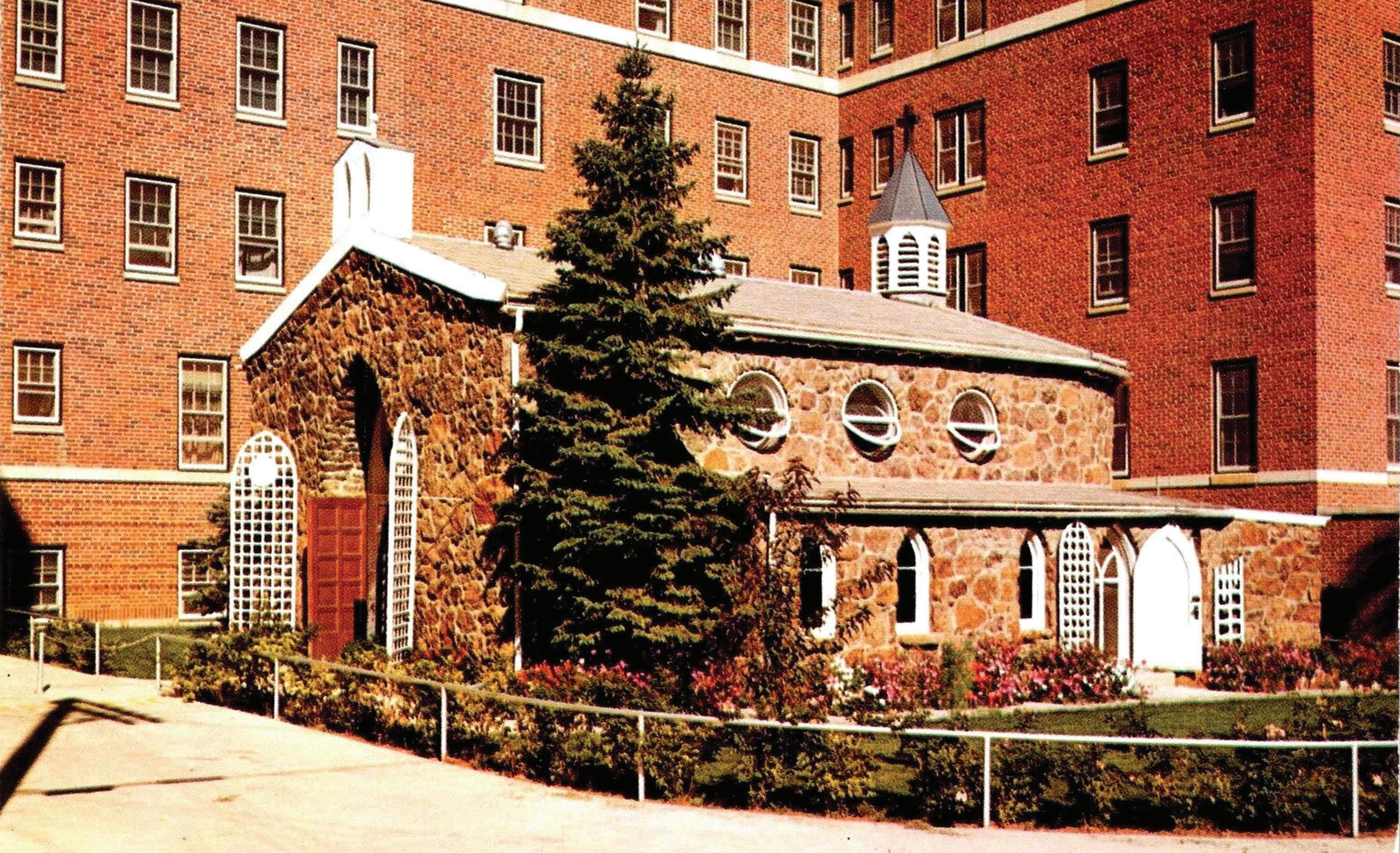
The future will see yet more growth,
with an upcoming $40 million women and children’s services expansion of the main hospital.
Rapid City Regional Hospital and the University of South Dakota School of Medicine established a family practice residency program. By 1994, Rapid City Regional Hospital had undergone a $33 million construction project that added 82,000 square feet of space and the renovation of another 158,000 square feet. n The organization then underwent a major restructuring in 2004. Regional Health was formed to create a consistent culture across all facilities that had been acquired throughout the region. The following year, all hospitals, groups and facilities adopted the Regional name. In 2020, Rapid City Regional once again transformed and all facilities under the Rapid City Regional umbrella were renamed Monument Health. n The future will see yet more growth, with an upcoming $40 million women and children’s services expansion of the main hospital. The project will add more than 49,000 square feet and will include updated and modernized space for labor, delivery and pediatric care services in order to enable Rapid City Hospital to accommodate an expected 3,300 to 4,400 deliveries per year.
A CENTURY STRONG: HONORING OUR PAST, SHAPING OUR FUTURE
“Looking Out” for the Community’s Health
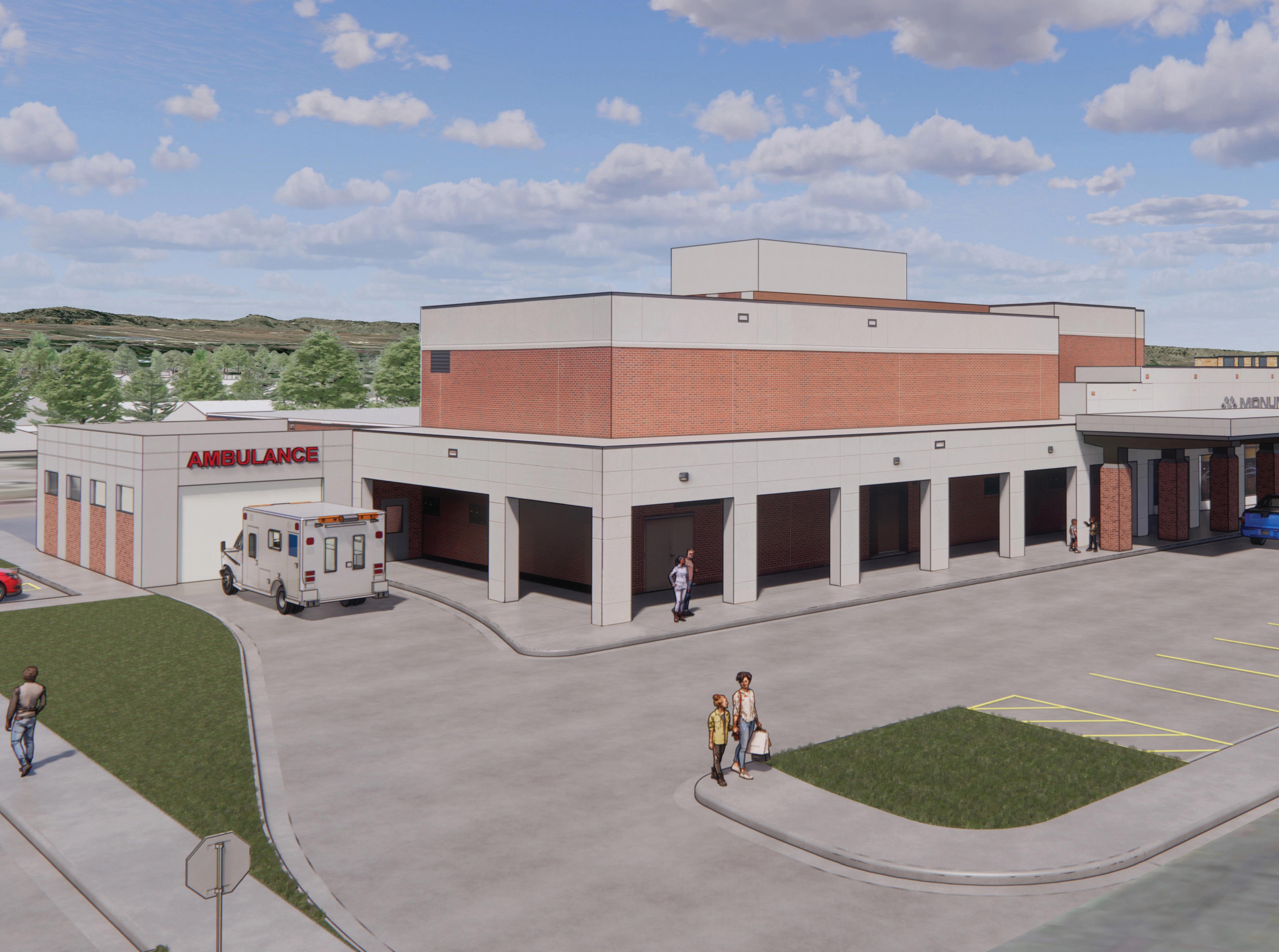
A hospital in Spearfish existed as early as 1904, but scant information about it is available today. However, it is known that, in the 1950s, Spearfish local Gus Rachetto led an effort to construct a new hospital and headed up a group that convinced Homestake Mining Company to donate land for it. On Oct. 9, 1963, the doors opened on the new 20-bed facility called Lookout Memorial Hospital to “lookout for the welfare of the people.” n In 1974, a major hospital construction project included new laboratory and X-ray departments. A long-awaited $4.3 million expansion project was then completed in 1984. This increased the number of patient beds to 35; added an intensive care unit, a second surgical suite and a two-bed recovery room; and expanded obstetrical services to two labor rooms and a new delivery room—also expanding the respiratory and physical therapy areas. n In 1993, a Family Medical Center addition was completed. In 1996, Lookout Memorial Hospital was named to the Top 100 Hospitals by the Chartis Center for Rural Health—one of 20 rural hospitals in this elite group. Select hospital administration members attended and accepted the award during a ceremony in Washington, DC. n In 1997, the hospital was remodeled and, one year later, work began on an expansion of its surgery and obstetrics departments and the emergency room. Work was completed in 2000 and included six birthing rooms, two post-op rooms and a new nursery and it expanded the number of beds to 40. In 2001, a ribbon-cutting ceremony for a new intensive care unit took place. This expansion included four monitored rooms. n In 2002, the hospital and the Family Medical Center joined Regional Health. By 2005, Lookout Memorial Hospital had been renamed Spearfish Regional Hospital. n In 2013, the hospital received Level III trauma center verification from the American College of Surgeons due to its ability to provide comprehensive, 24-hour, seven-daysa-week trauma care with a team including a trauma surgeon, emergency staff, operating room staff, orthopedic surgeon
On
Oct. 9, 1963, the doors opened on the new 20-bed facility called Lookout Memorial Hospital to “lookout
for the welfare of the people.”
and physicians offering respiratory therapy, radiology services, CT scanning, and lab and blood bank resources, as needed. n Spearfish Regional Hospital celebrated 50 years of service to the community in 2013. Like other area hospitals, Spearfish Regional underwent a rebranding to Monument Health in 2020. n 2023 kicked off the latest Monument Health Spearfish Hospital expansion of 94,000 feet of additional space and 13,000 feet of remodeled space. The addition is expected to be completed in 2025 to include a fully relocated and remodeled emergency department, surgery prep and recovery rooms and an acute care unit.
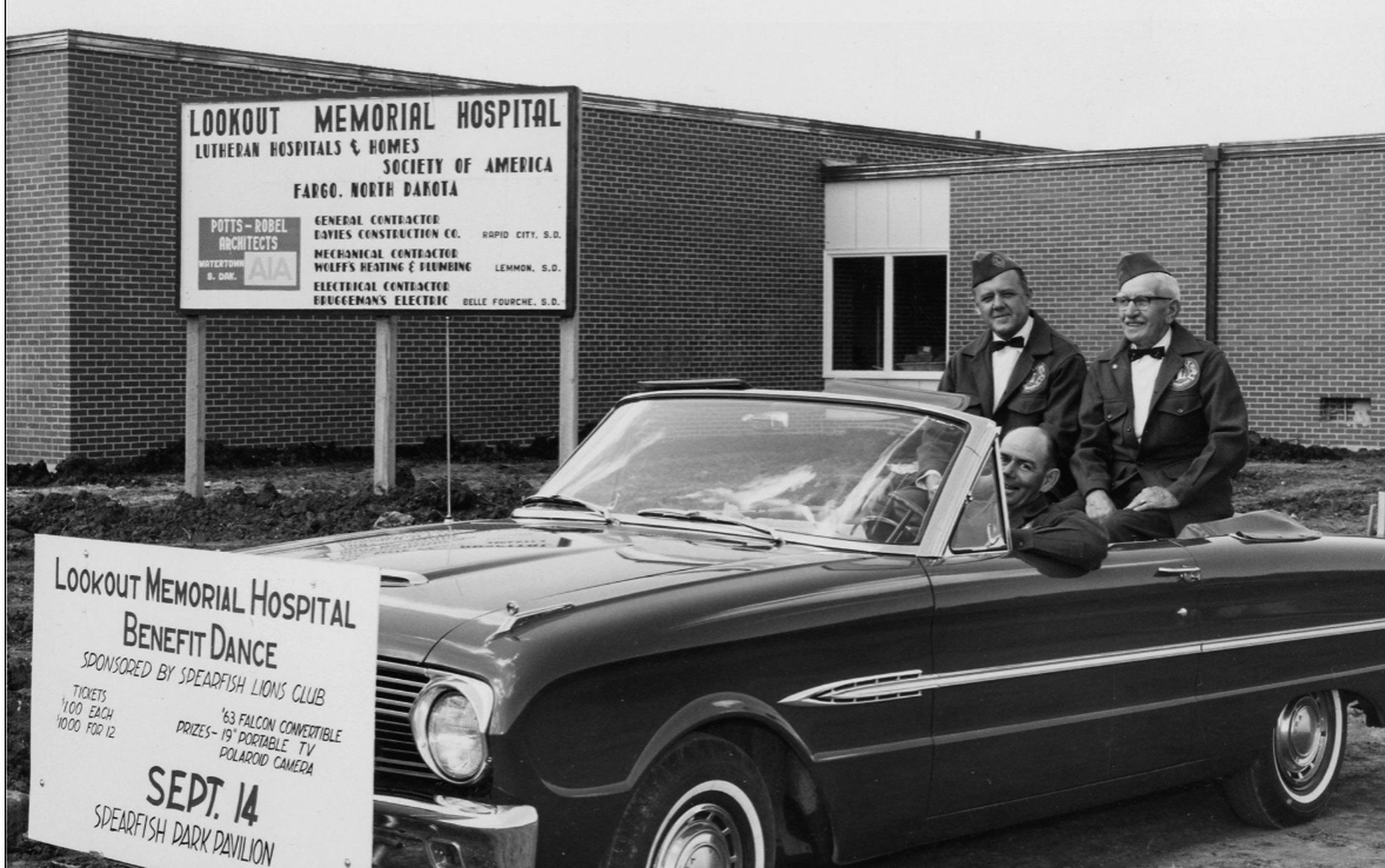
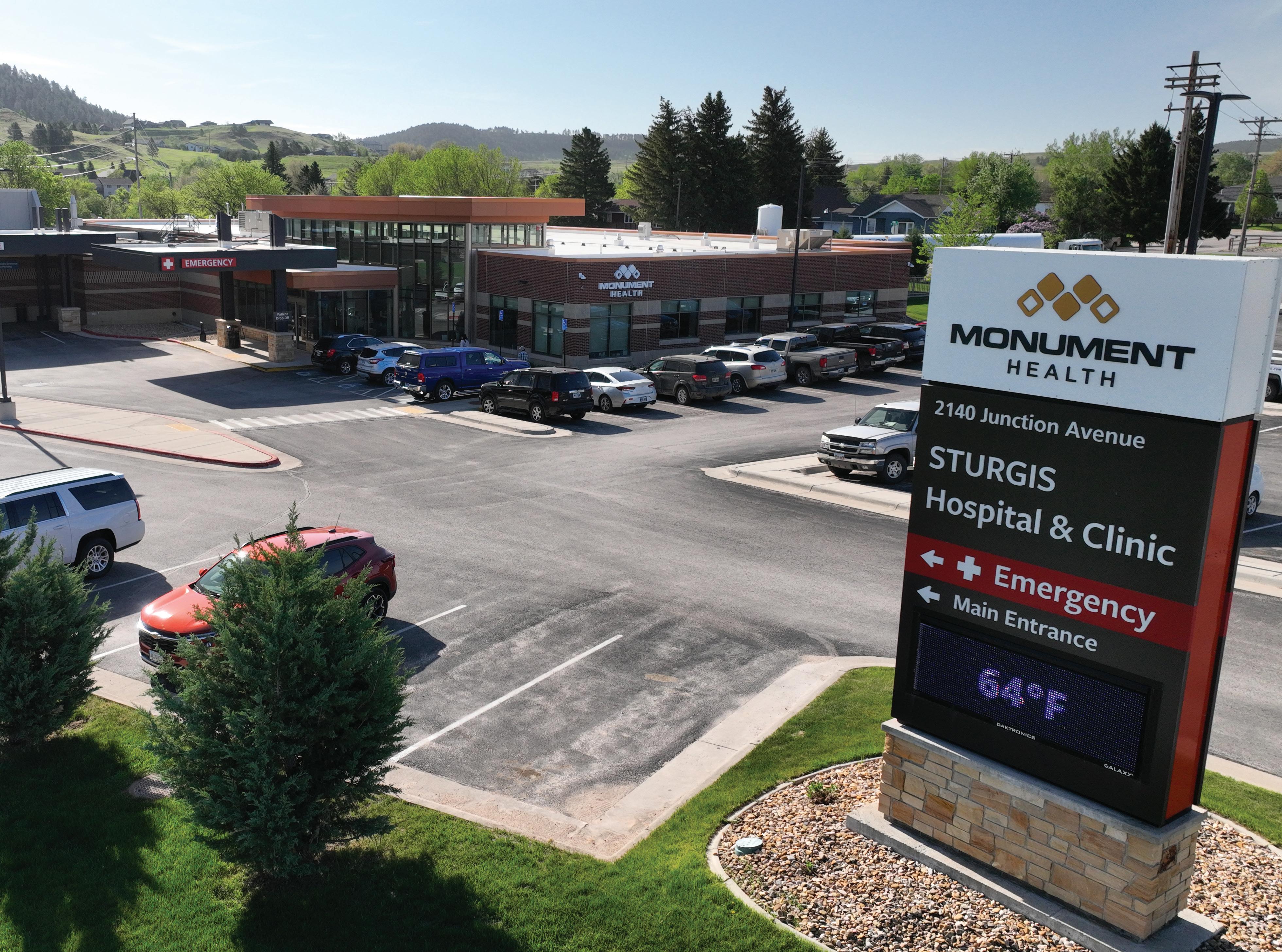
Monument Health Sturgis Hospital traces its history back to 1907, when the hospital opened on First Street in Sturgis, South Dakota. It featured 15 beds and was located in the town’s downtown area. The building can still be found in the original location today. n In 1953, Community Memorial Hospital opened a portion of its current location off of Marshall Street. It featured a state-of-the-art X-ray machine, a kitchen with a gas-fired range, an operating room and the capacity to serve 24 inpatients with 12 semi-private rooms. A celebration commemorating the opening and admission of the first patients took place on Sept. 1 that year, and the building was dedicated to those who lost their lives in service to our country. In 1959, an addition was built onto the existing hospital that offered 15 beds. n In 1978, an addition was added to the north side of the existing hospital for incoming freight, maintenance and additional office space. It includes a small basement and the area is still used today. Yet another expansion began in the summer of 1986. This included a larger emergency department as well as all-private inpatient rooms—a luxury at the time. In addition, surgical services, a lab and outpatient
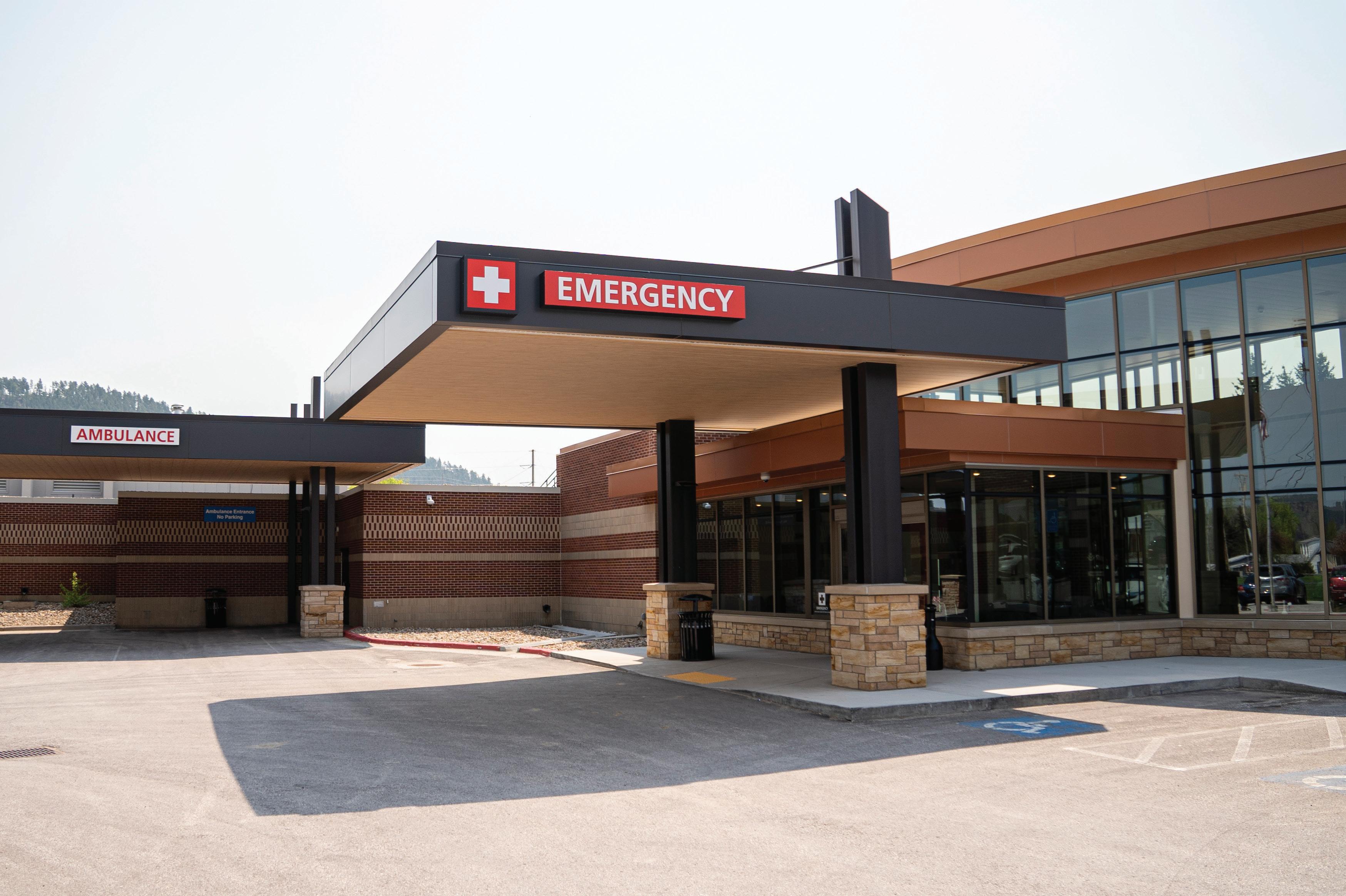
In order to meet the growing needs of the community and especially to care for the massive influx of visitors during the annual Sturgis Motorcycle Rally, Monument Health invested in an expansion in 2021.
service areas were built. The new addition opened in the summer of 1987. n In 2002, Rapid City Regional Hospital entered into an agreement with Banner Health System to purchase the Sturgis hospital, known at the time as the Sturgis Community Health Care Center. This arrangement included many other care facilities in the region. n Three years later, Sturgis Community Health Care Center officially became Sturgis Regional Hospital. The name later changed to Monument Health Sturgis Hospital after the organization-wide rebranding in 2020. n In order to meet the growing needs of the community and especially to care for the massive influx of visitors during the annual Sturgis Motorcycle Rally, Monument Health invested in an expansion of the emergency department in 2021. The construction project required about six months and provided additional space, private rooms, updates to furnishings and fixtures, staff enhancements for charting and dictation, a behavioral health safe room and a negative air-flow system.
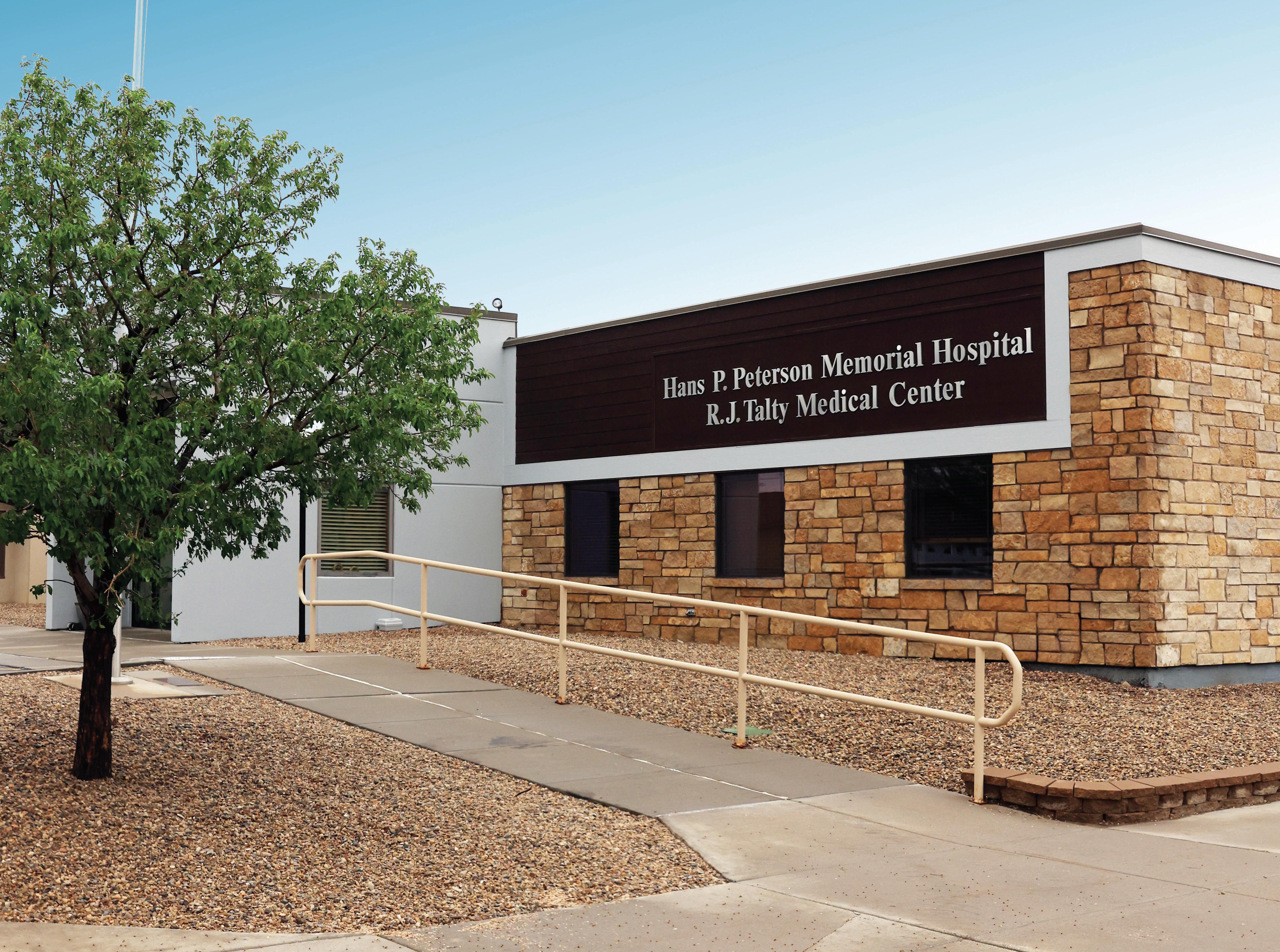
In March 1946, a community hospital association was formed in Philip, South Dakota, and locals raised enough money to purchase a former residential home to serve as a hospital beginning on Sept. 16, 1946—it remained as such until 1956. n In 1952, fundraising was undertaken to build a hospital, estimated to cost $200,000. Haakon County rancher Hans P. Peterson donated his 3,440-acre ranch, and proceeds from its sale netted $48,000 toward the hospital. Construction began when financing reached $90,000; with the benefit of matching federal funds, the doors opened on Jan. 6, 1956. n In 1967, to meet the need for a nursing home, many personal contributions were coupled with government financing, and the Philip Nursing Home officially opened in 1970. In 1989, the hospital board felt a clinic would also complement the hospital. A generous gift from a western South Dakota rancher, as well as a community-development block grant, allowed the Raymond J. Talty Medical Center to open in 1990. n During the next decade, a management contract with Rapid City Regional Hospital (now
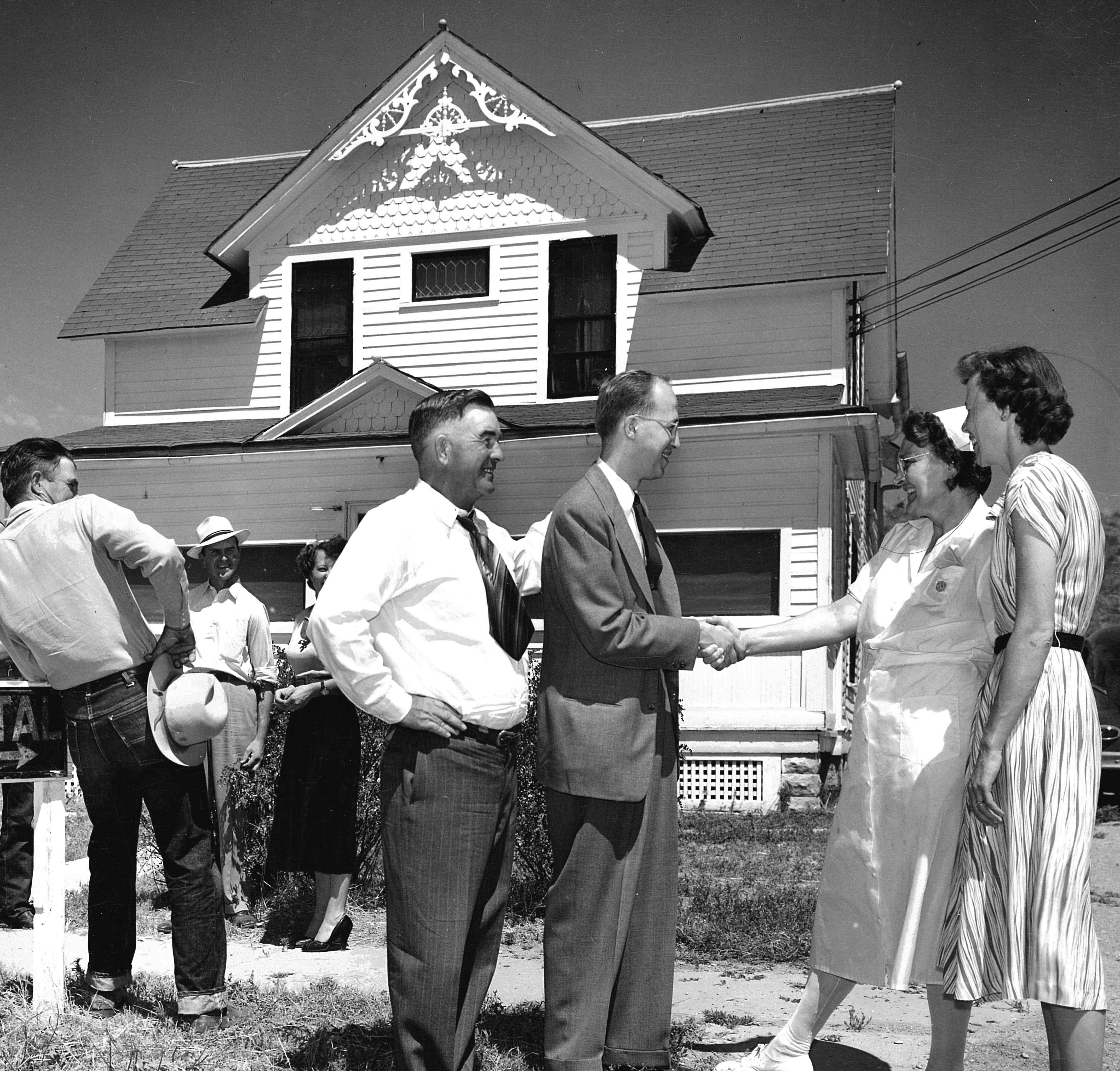
Haakon County rancher Hans P. Peterson donated his 3,440-acre ranch, and proceeds from its sale netted $48,000 toward the hospital.
Monument Health) was established, which continues today. n The Silverleaf Assisted Living Center, a 16-bed facility, opened its doors in 1998. In 1999, a physical therapy and sports medicine department opened, and clinic services were expanded to Kadoka, South Dakota. By 2000, updates to the existing hospital were needed and a large capital campaign ensued. A goal of $750,000 was set and, by Sept. 2000, area contributors raised $1.2 million. In 2002, the new building was completed. Services include a full lab (expanded and renovated in 2023); radiology, including CT scanning and a partnership with BH Ultrasound; physical therapy and sports medicine; acute and skilled swing bed; and an emergency department with access to eEmergency telehealth professionals in conjunction with Avera Health. The ED entrance was updated in 2024 to accommodate larger ambulances and equipment. n In 2017, nursing home closures resulted in the state of South Dakota reassigning bed allocations, and Philip Health Services was awarded 12 additional beds. Another capital campaign raised funds to expand the nursing home, including a remodel and an addition to house a separate memory care wing—all with a price tag of $9.73 million. Between funds from the capital campaign and a USDA loan, the Scotchman Living Center opened its doors in July 2023.
n The Philip Health Services group of facilities remains the largest hospital in the area between Rapid City and Pierre, and between South Dakota’s North Dakota and Nebraska borders. It is the largest employer in the community, with 168 employees.
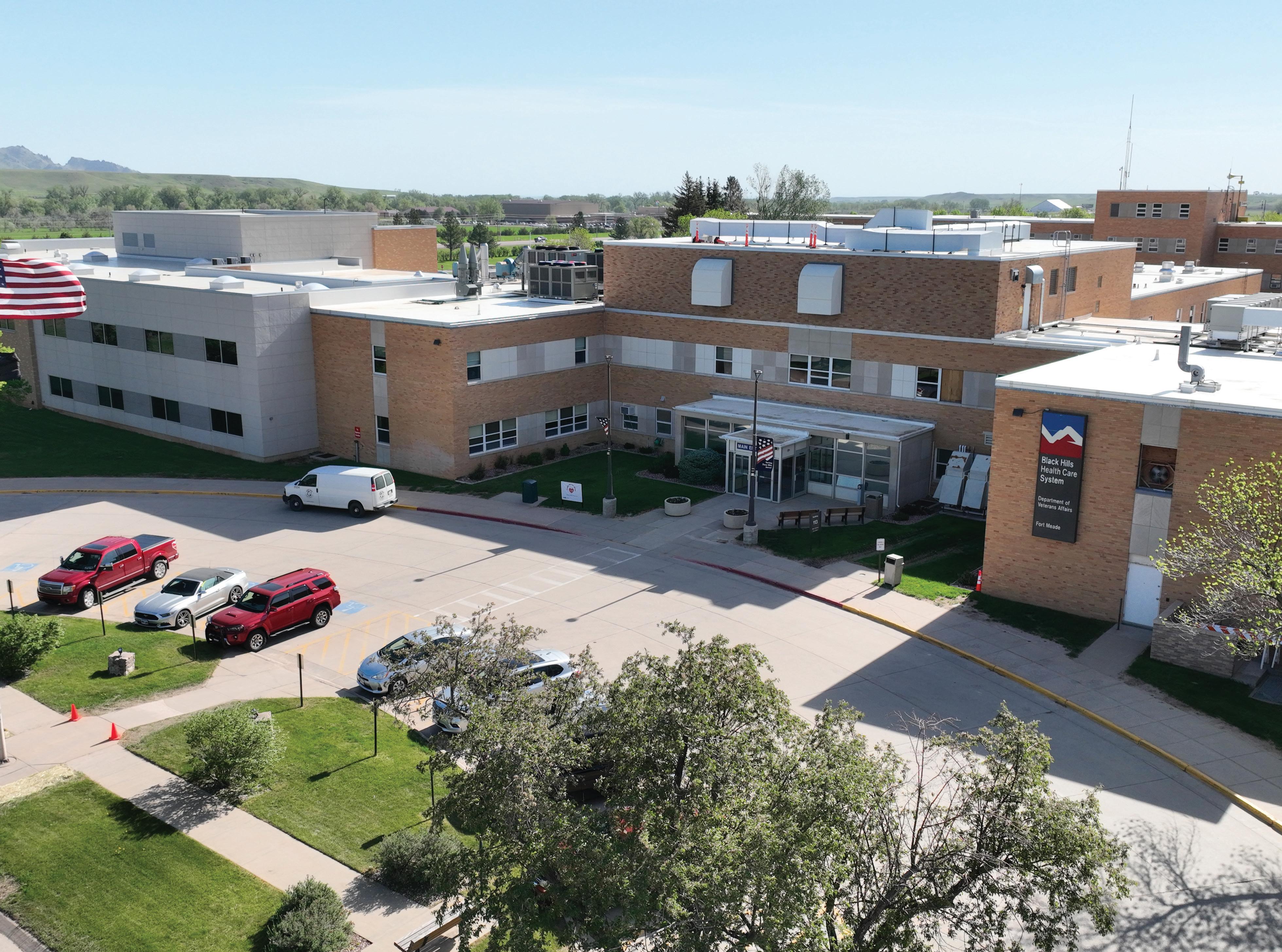
Fort Meade was established by the 7th U.S. Cavalry under the command of Col. Samuel Sturgis in the northern Black Hills region in 1878 in an effort to protect nearby settlements, especially in the gold-mining area around Deadwood. n This new post was first named Camp Ruhlen and initially served as a construction post for a brief time. The camp was then renamed Fort Meade after Civil War Gen. George Meade. After building the camp, the 7th U.S. Cavalry remained stationed there until 1888. After it left, the 8th U.S. Cavalry was stationed there until 1898, commanded by Col. Caleb Carlton, who first began the tradition of playing “The Star-Spangled Banner” during military ceremonies. n In 1911, the 13th U.S. Cavalry replaced the fort’s wooden structures with brick and stone facilities. En route to Deadwood, a number of stage and freight routes passed through Fort Meade. n For more than a century since then, there has been some type of military presence at Fort Meade. Many cavalry and infantry units were stationed there, including the Buffalo Soldiers of the 25th U.S. Infantry; the 4th U.S. Cavalry, which saw the transition from horses to mechanization; and the 88th Glider Infantry Regiment during World War II. Toward the end of that war, POWs from Camp Fechner were used to build a Veterans Administration hospital on the grounds of Fort Meade, which was completed in 1945. n The post still serves as a training site for the South Dakota
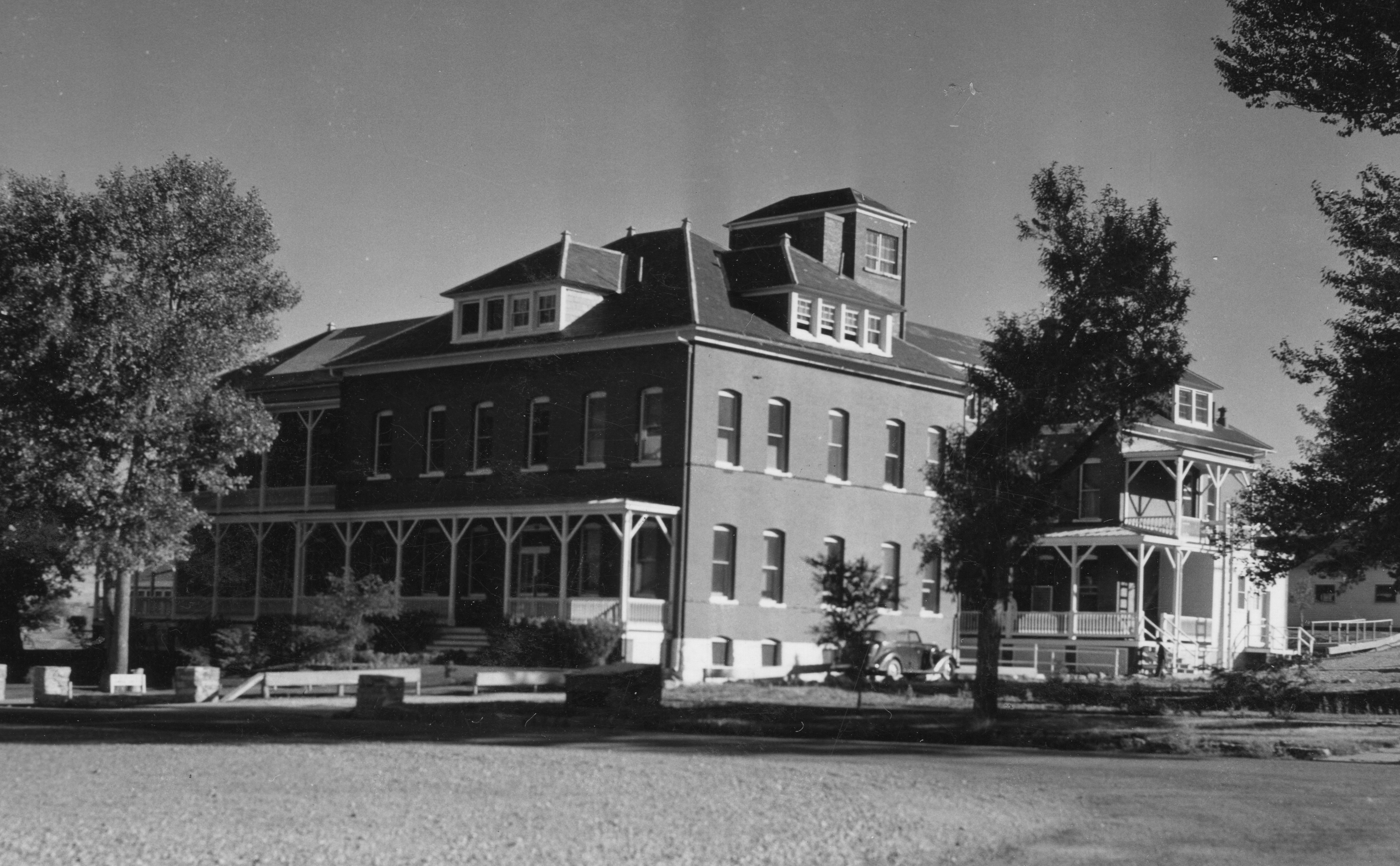
Fort Meade was designated a National Historic District in 1973, the first location in Meade County, South Dakota, to be placed on the National Register of Historic Places.
National Guard and an Army National Guard Officer Candidate School. Fort Meade was designated a National Historic District on May 22, 1973, the first location in Meade County, South Dakota, to be placed on the National Register of Historic Places. n The hospital provides primary care and offers treatment for mental health issues, nutrition needs, post-traumatic stress disorder (PTSD), traumatic brain injuries (TBI) and spinal cord injuries. The hospital offers health care services in its audiology, dental, emergency, nephrology, neurology, ophthalmology, orthopedics, physical therapy, podiatry, radiology, and rehabilitation departments among others. n The VA Black Hills Health Care System’s mission is to provide veterans with the worldclass benefits and services they have earned—and to do so by adhering to the highest standards of compassion, commitment, excellence, professionalism, integrity, accountability and stewardship. The system offers a wide range of health, support and facility services at the facility for veterans in South Dakota and the surrounding region.
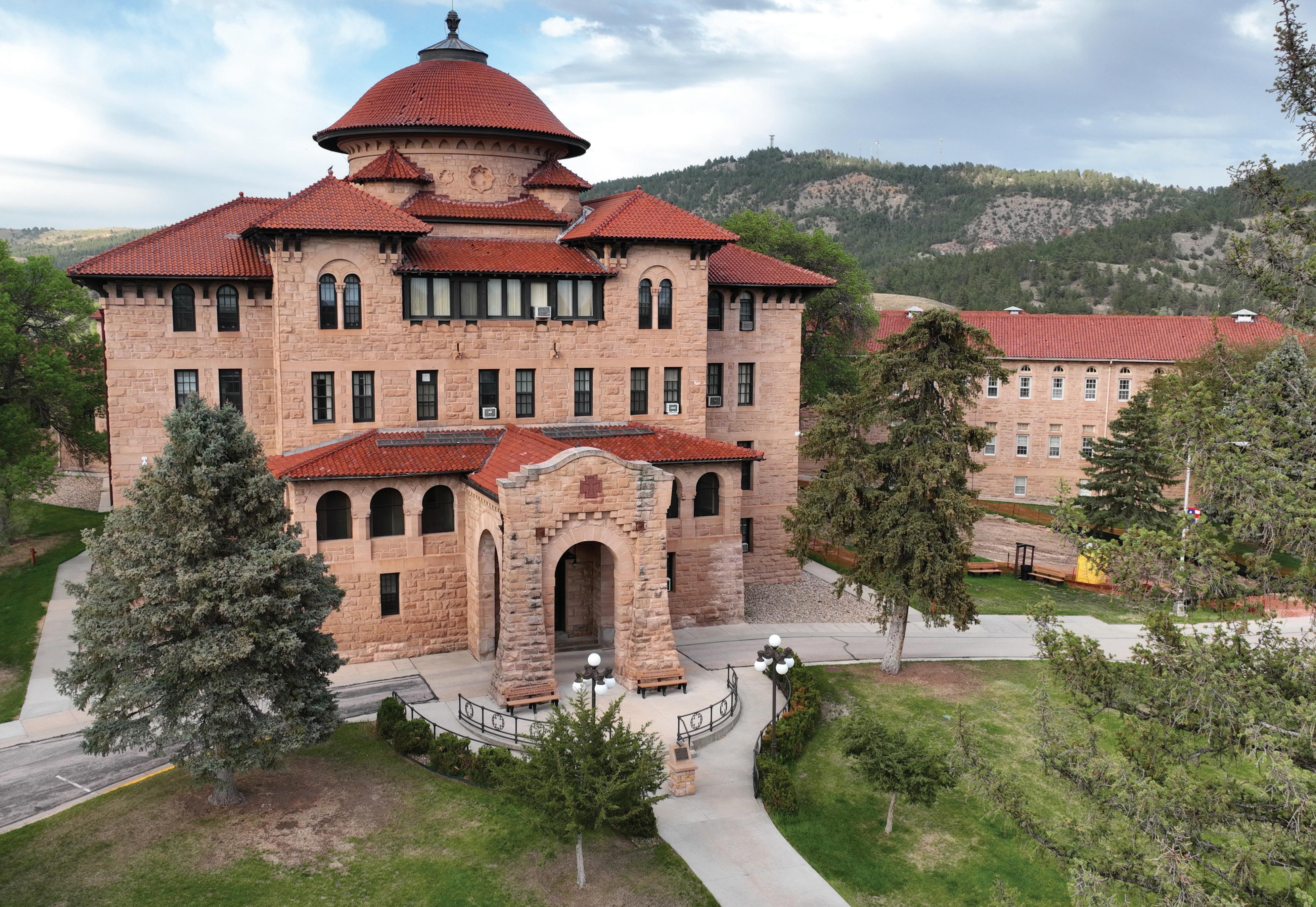
More than one hundred years ago, on May 29, 1902, the Battle Mountain Sanitarium was signed into law. Today, the facility that was formerly a sanitarium is part of the VA Black Hills Health Care System and is a National Historic Landmark. n The move to establish a national sanitarium in Hot Springs, South Dakota, began in the early 1890s. In Sept. 1898, the Grand Army of the Republic (GAR) passed a resolution at its National GAR encampment—held in Cincinnati that year—requesting that Congress establish a national sanitarium at Hot Springs. After several attempts, the bill was approved and signed by President Theodore Roosevelt on May 29, 1902. Citizens of Hot Springs donated the land, valued then as at least $50,000, for “This Home [that was] the child of the Grand Army.” n The Battle Mountain Sanitarium was the tenth and final facility built by the National Home for Disabled Volunteer Soldiers (NHDVS). Bath, the last National Home, was constructed in New York during the 1880s by the GAR. Battle Mountain was not intended for use as a soldier’s home; instead, it was a short-term treatment facility for current
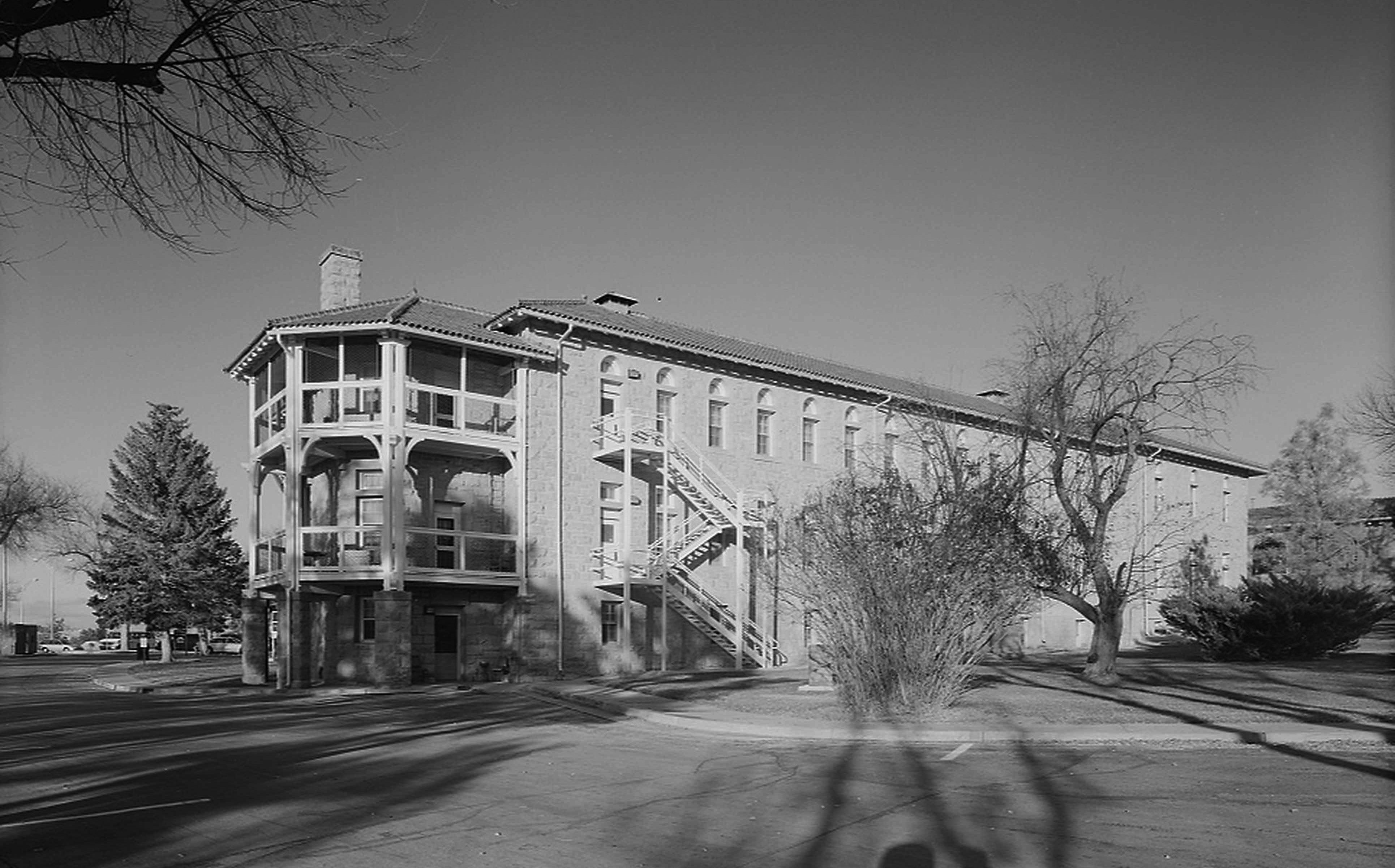
The facility is part of the VA Black Hills Health Care System and is a National Historic Landmark.
residents of the NHDVS who suffered from lung or respiratory problems. Their transportation costs to the sanitarium were paid for by the NHDVS. n According to NHDVS annual reports, “Preference was given to soldiers and sailors suffering from sub-acute and chronic rheumatism, neuritis, the early stages of interstitial nephritis, skin disease, and morbid conditions due to defective elimination. Cases of pulmonary tuberculosis where the general condition is such to justify a reasonable hope of recovery or improvement under favorable conditions shall be admitted to the Sanitarium. Applicants admitted for such time only as may be necessary to effect a cure or relief of the disabilities from which he is suffering. When a member has received all benefits that can reasonably be expected from the special treatment and various forms of hydrotherapeutics here available, he will be required to take his discharge from the Sanitarium or accept transfer to one of the Branch Homes. 336 beds could be increased to 416 whenever necessary.” n The VA Black Hills Health Care System’s mission is to provide veterans with the world-class benefits and services they have earned—and to do so by adhering to the highest standards of compassion, commitment, excellence, professionalism, integrity, accountability and stewardship. VA Black Hills offers a wide range of health, support and facility services at the facility for veterans in South Dakota and the surrounding region.
